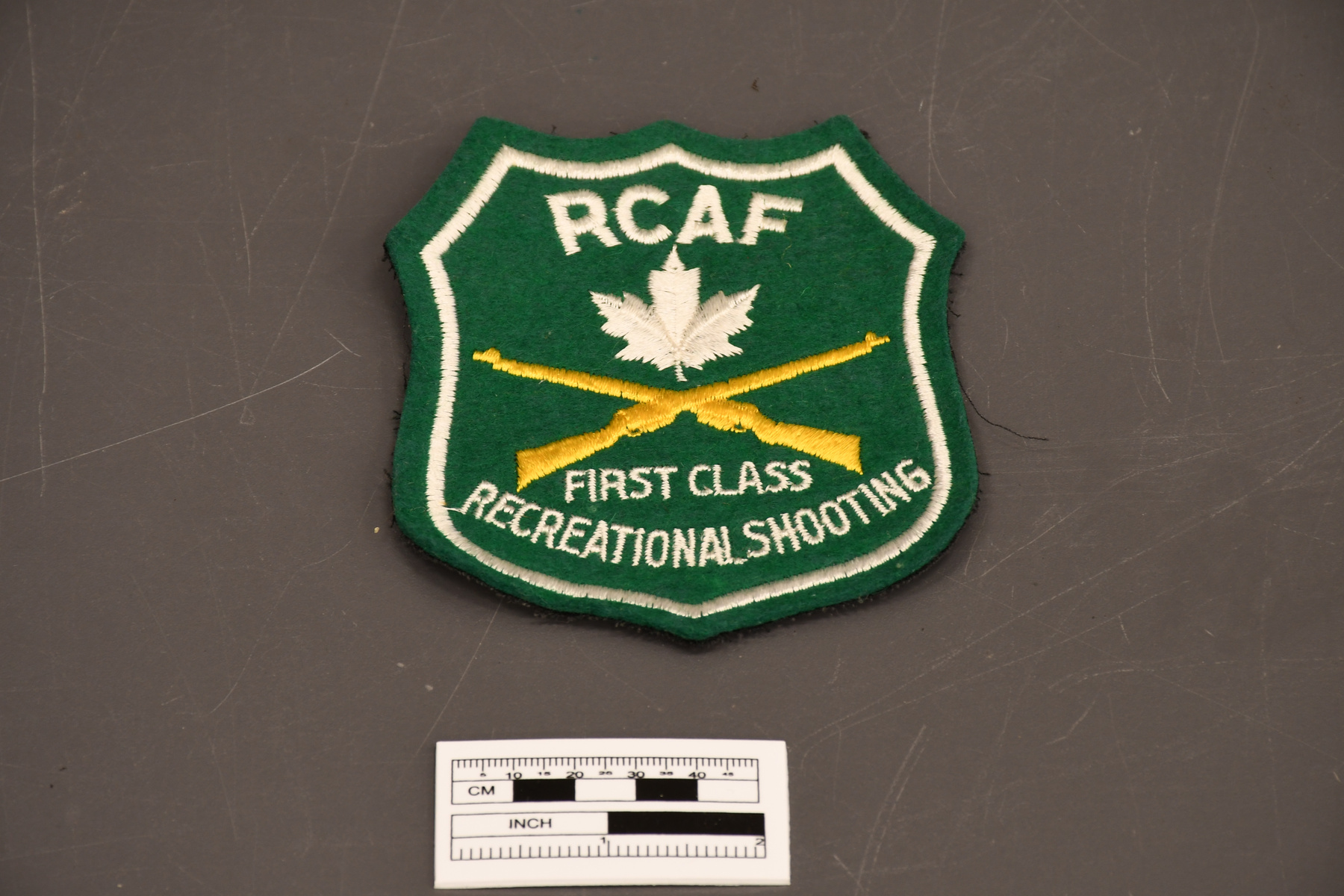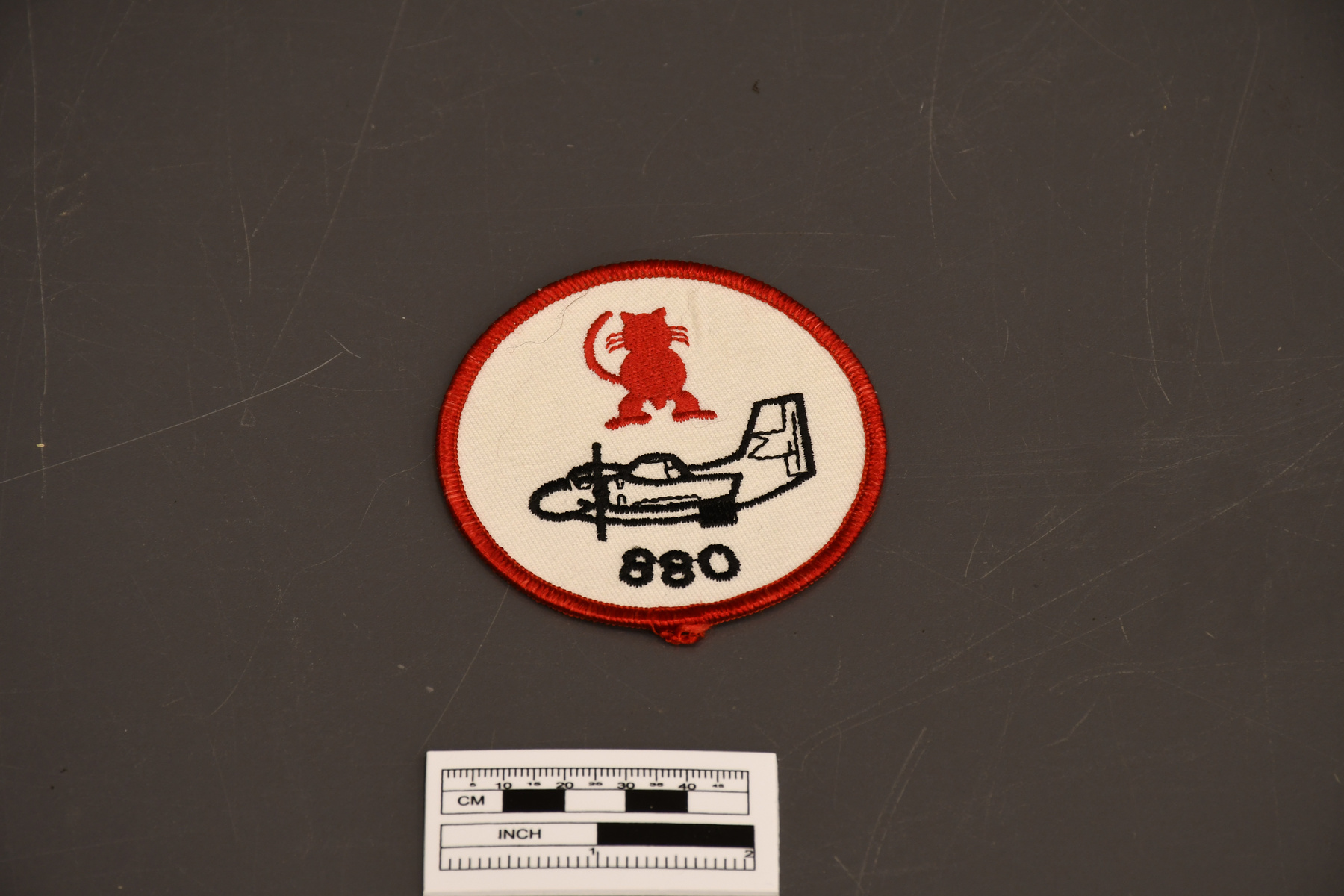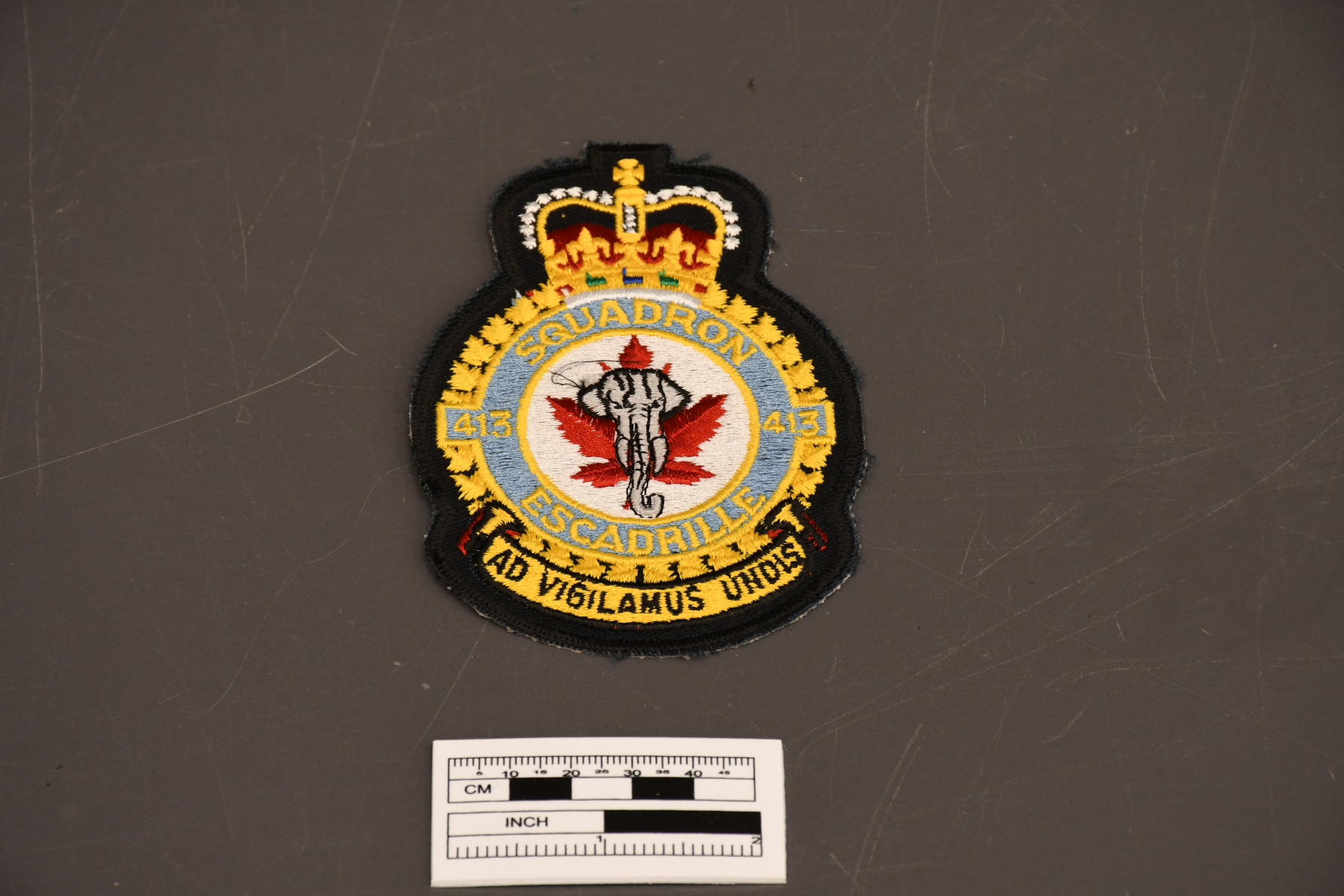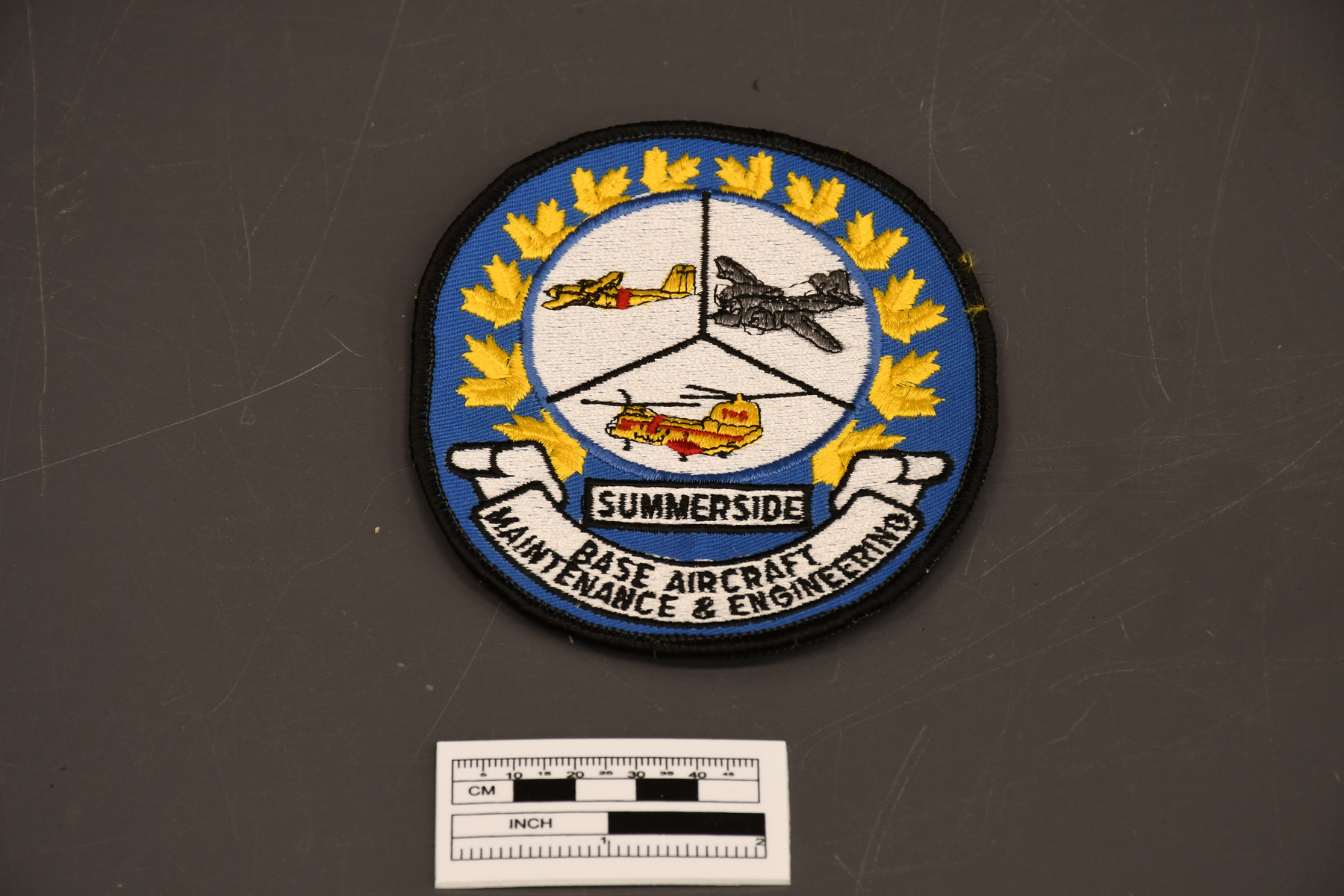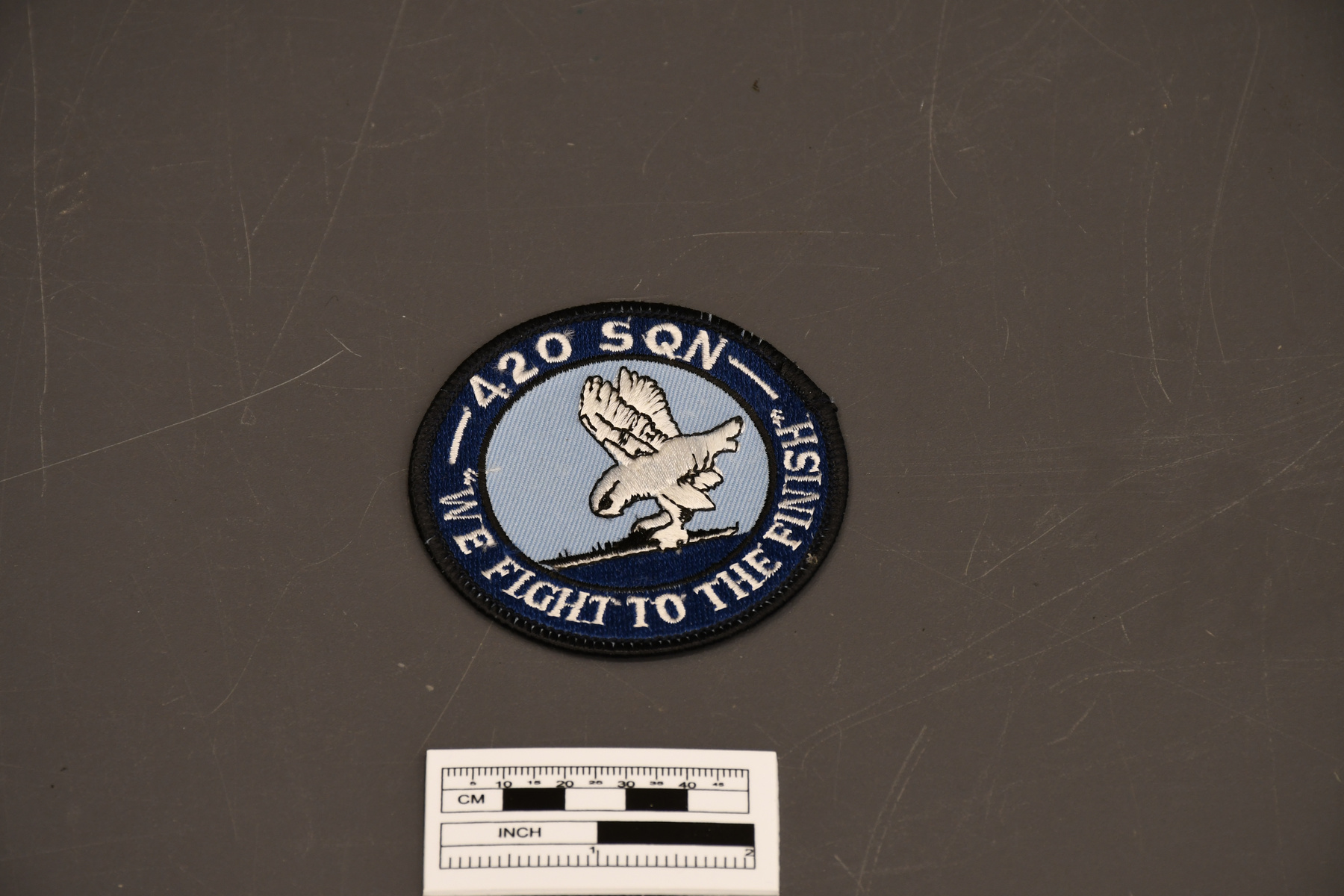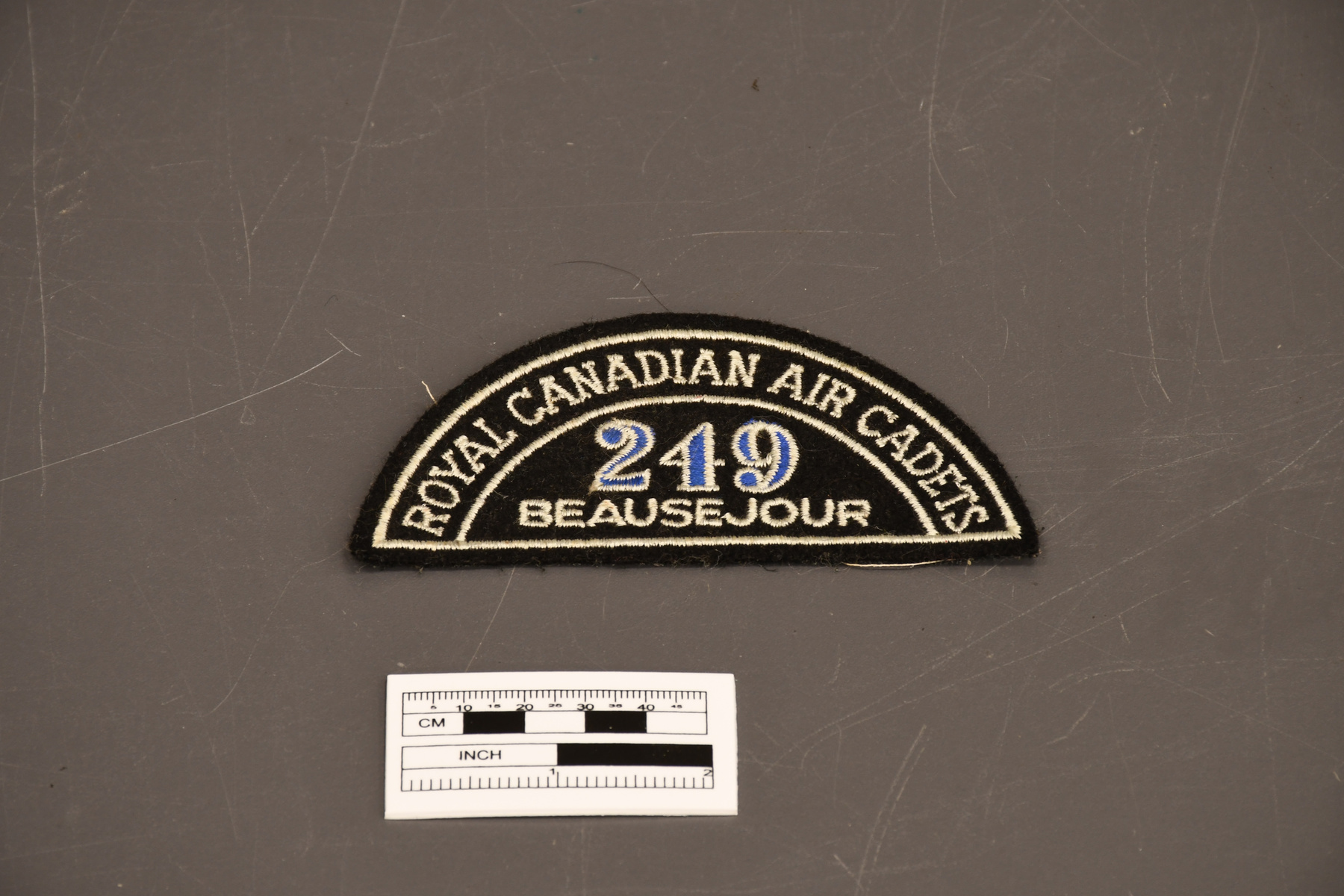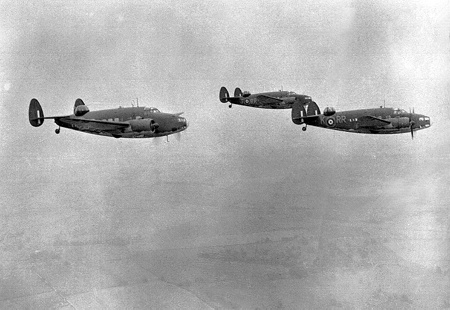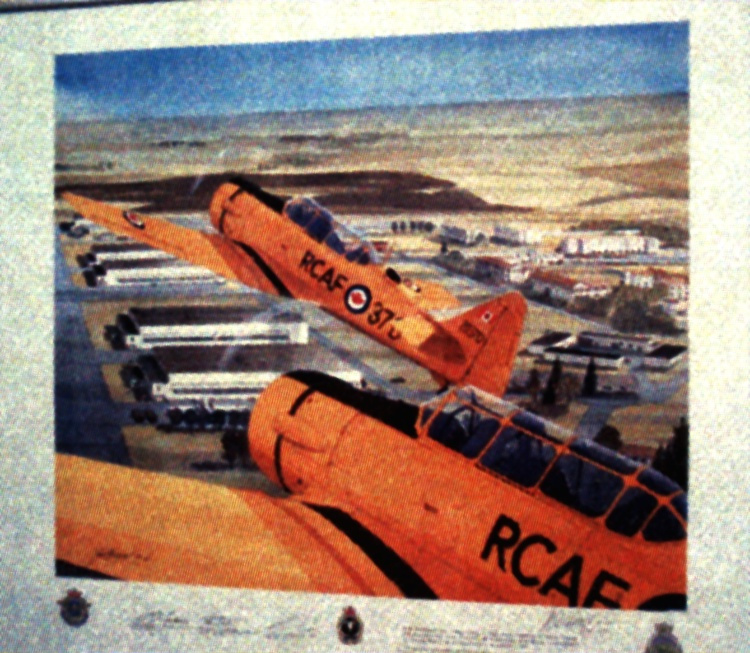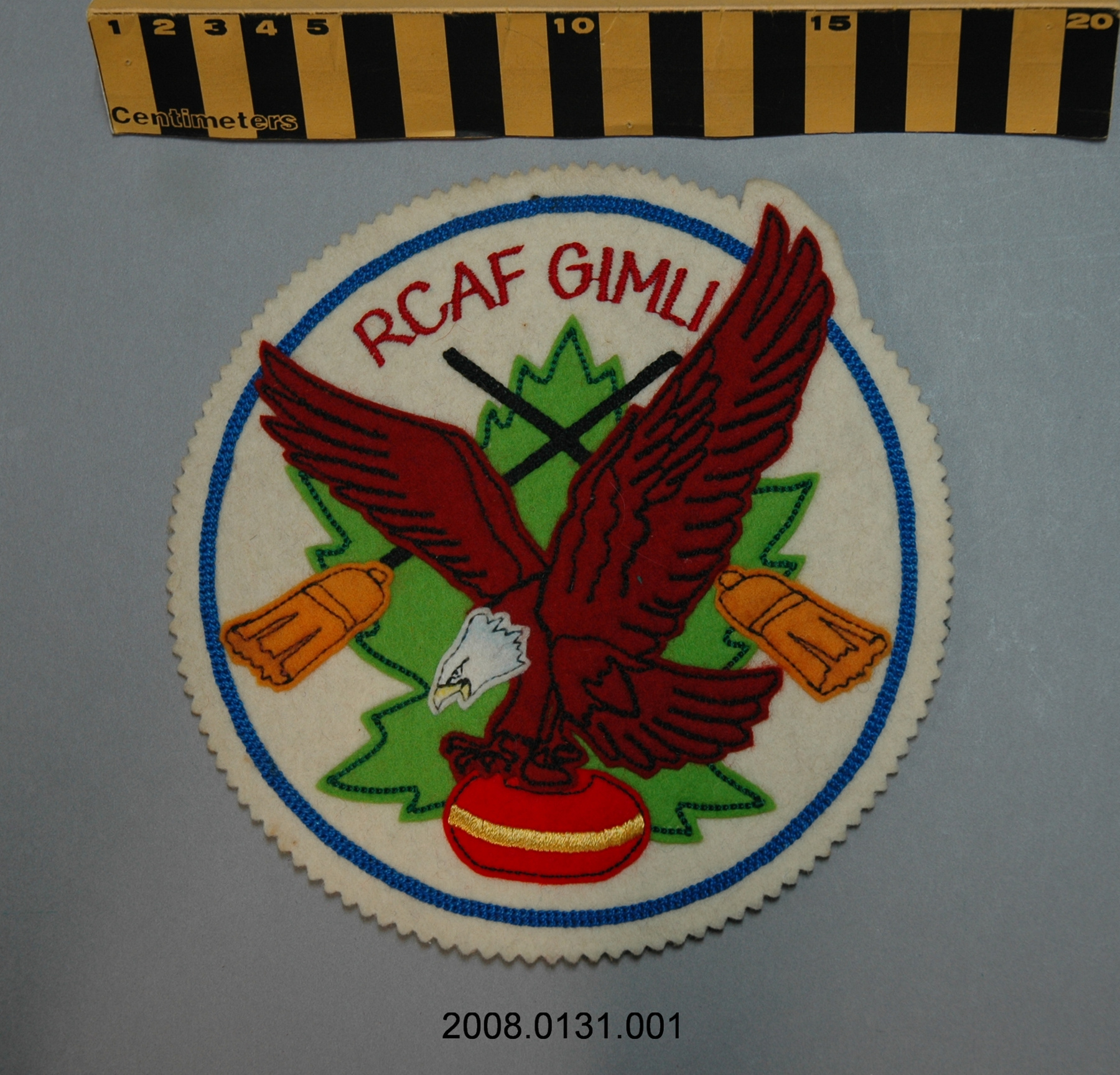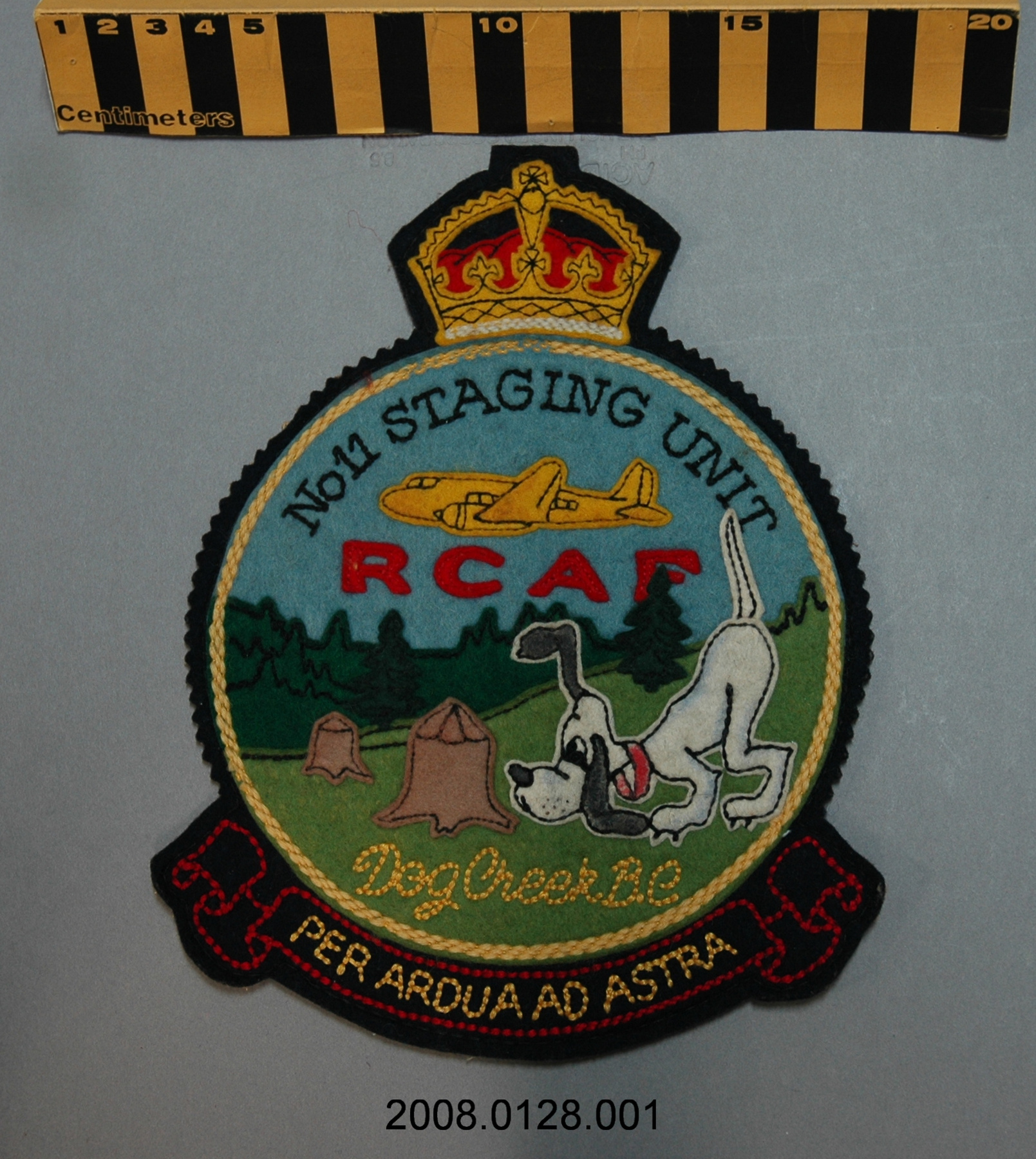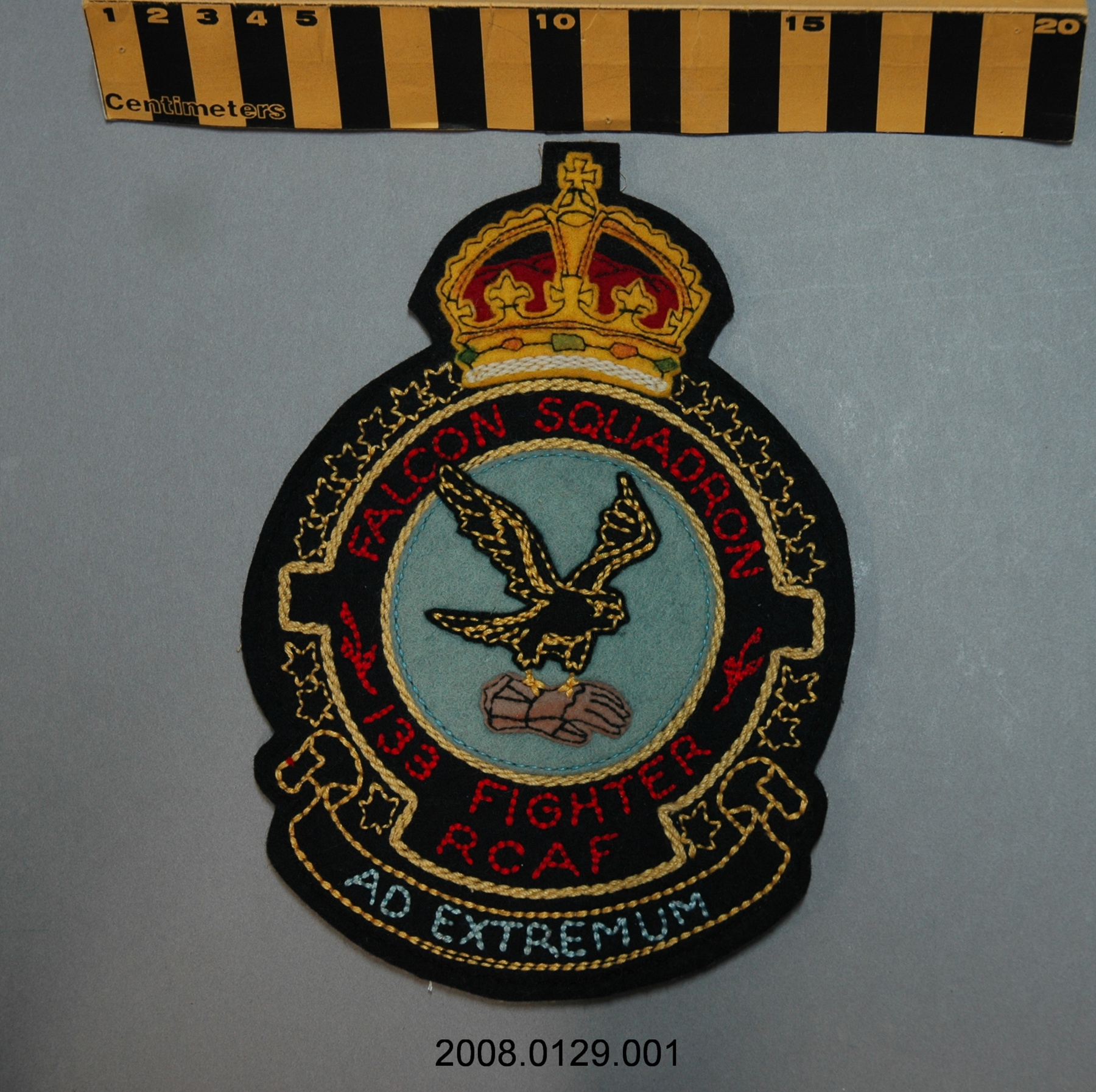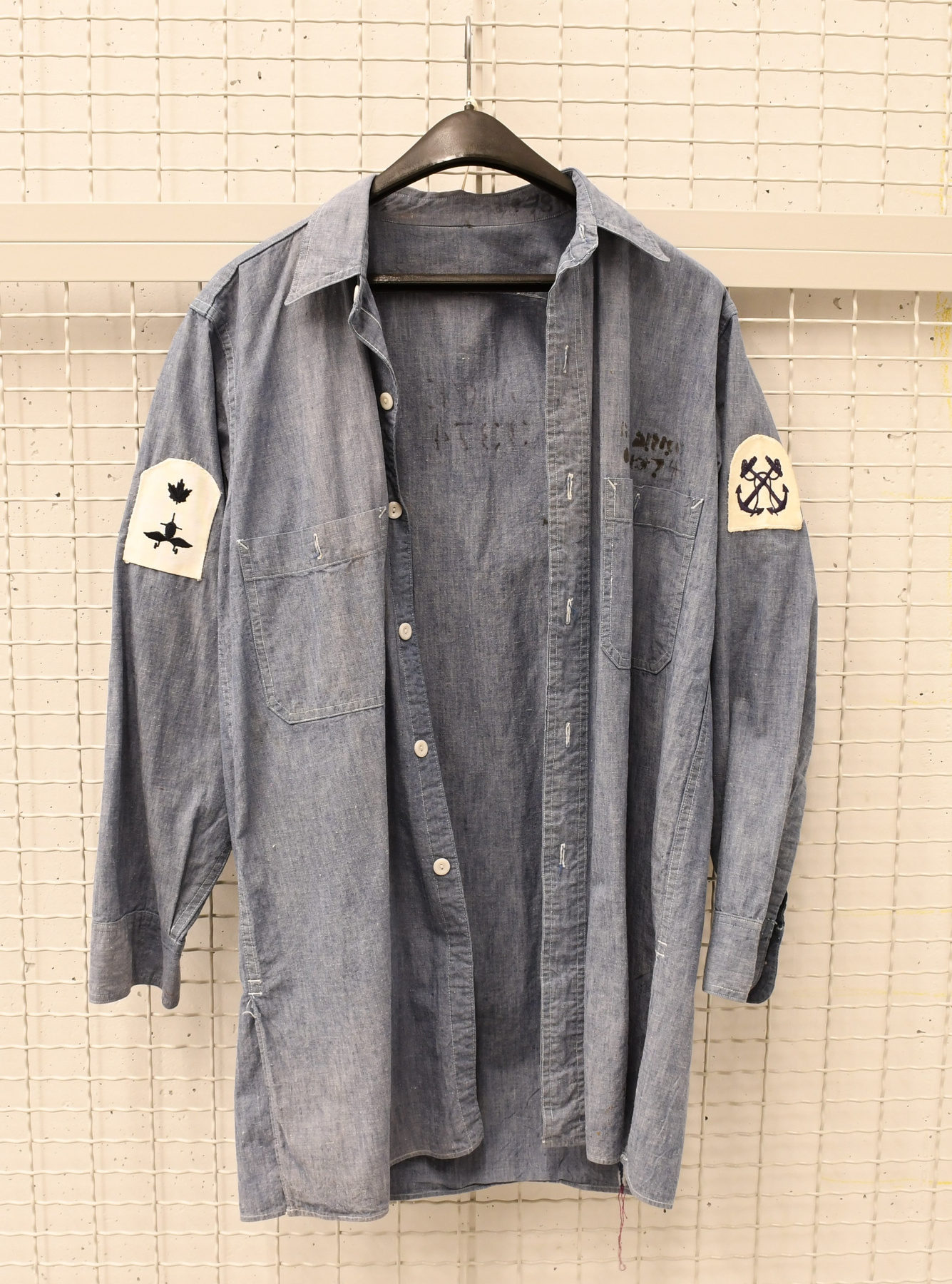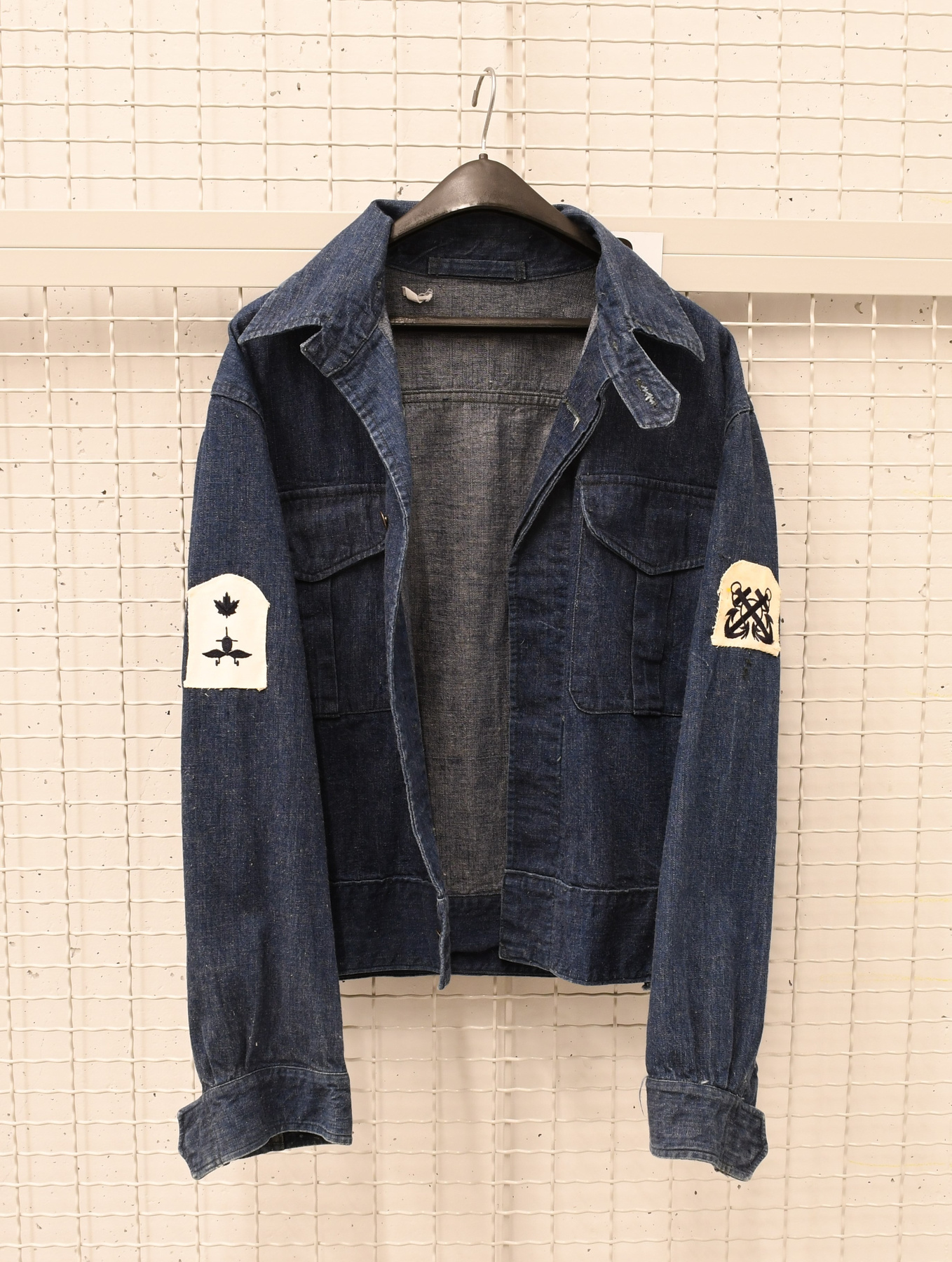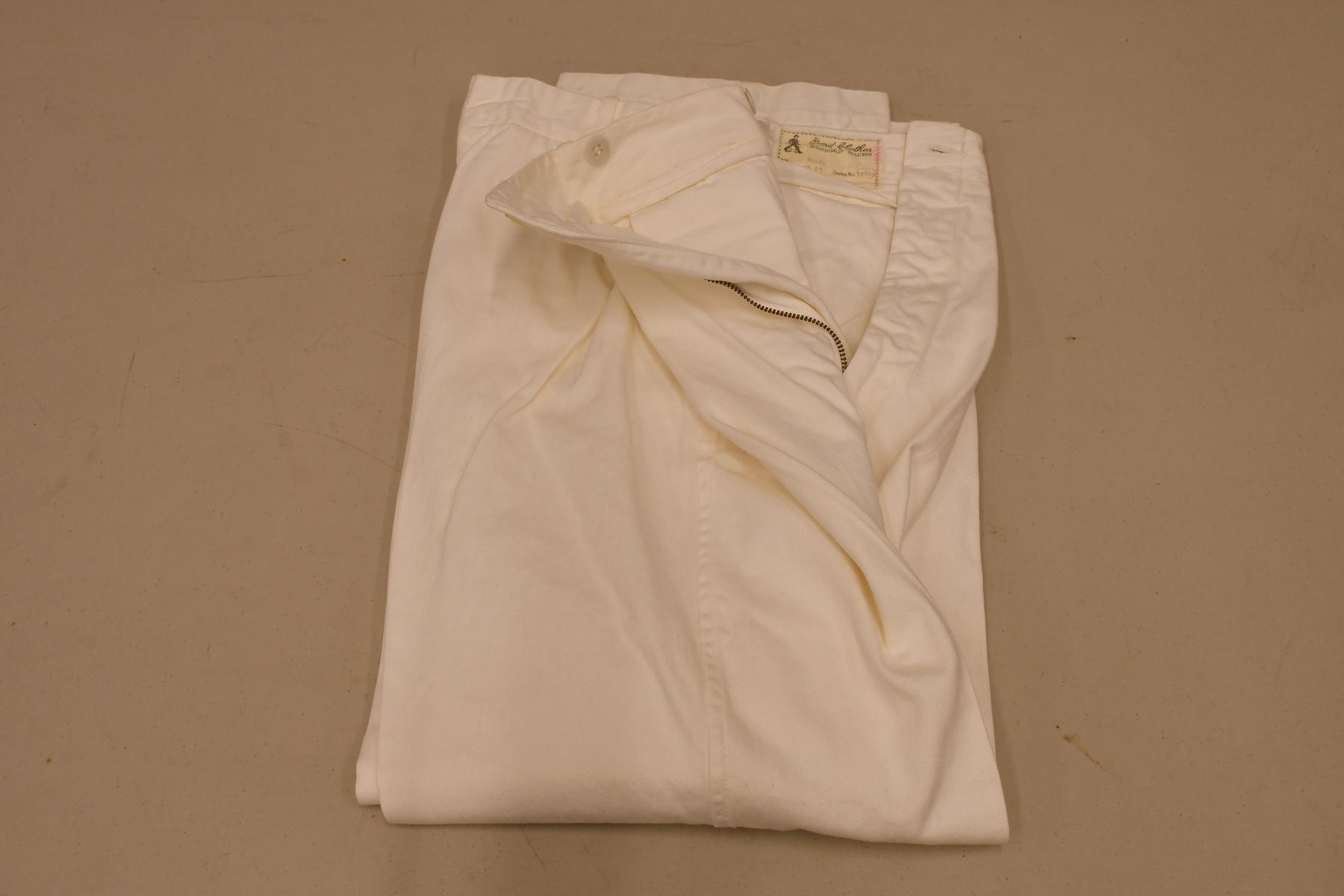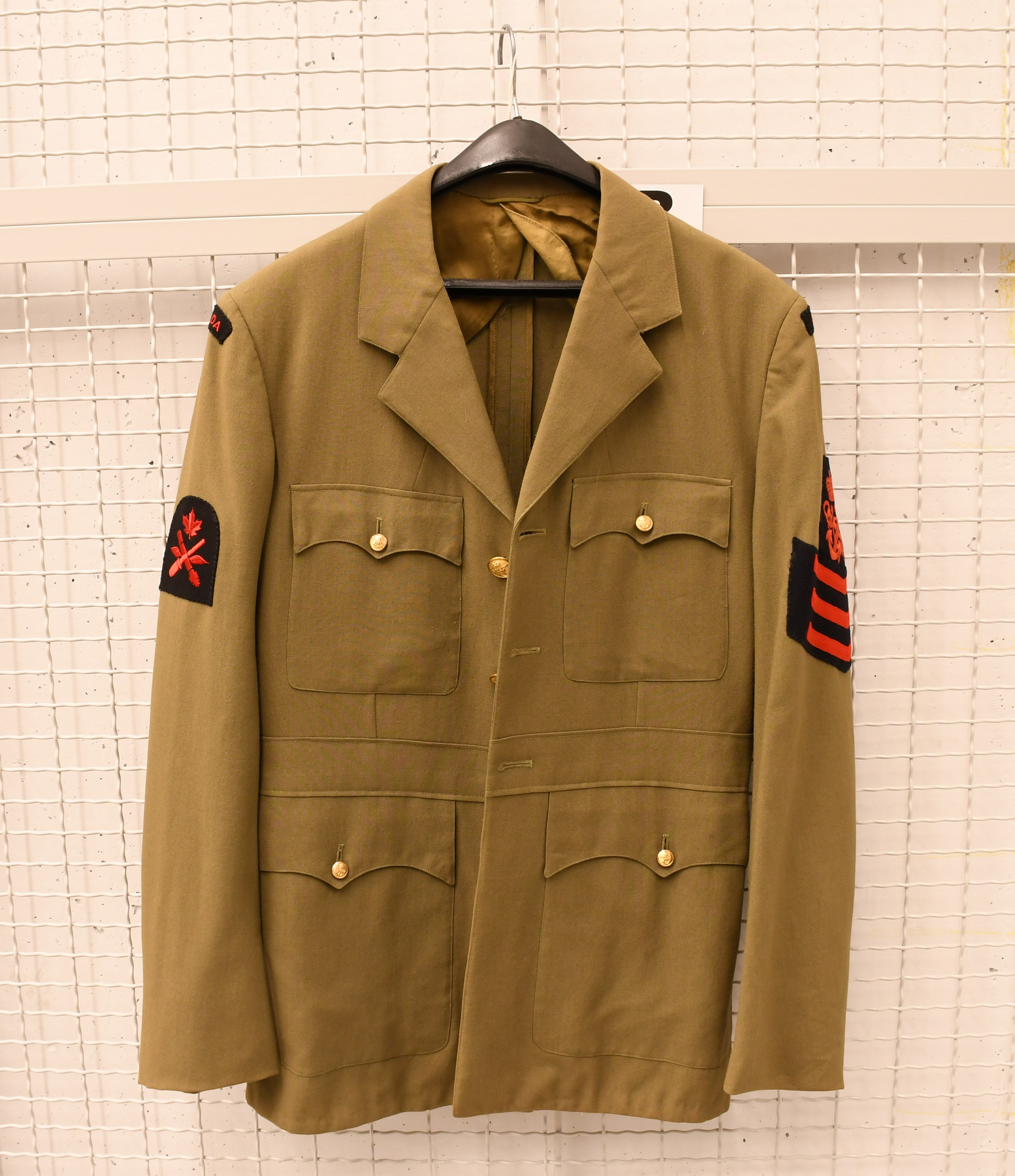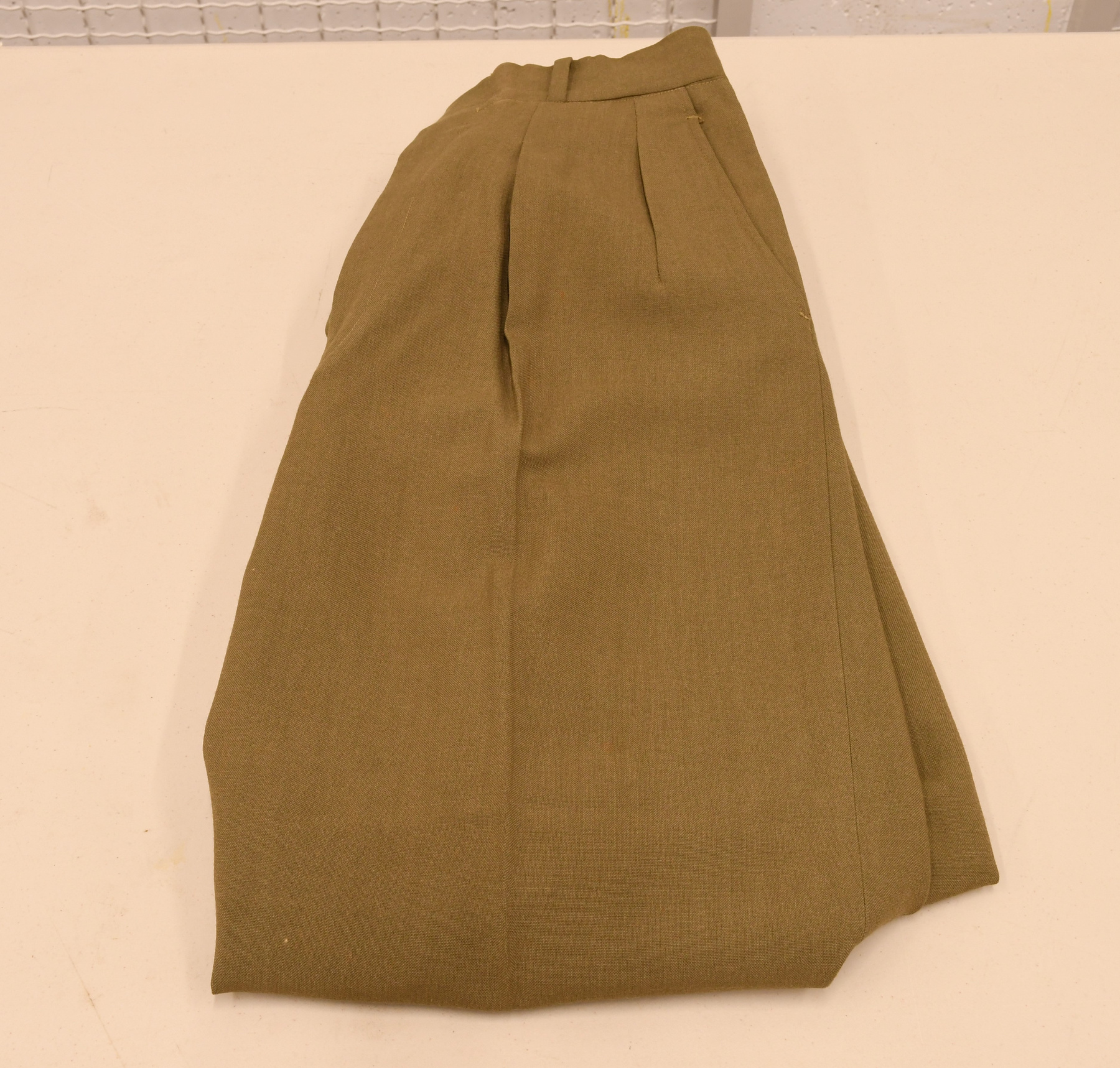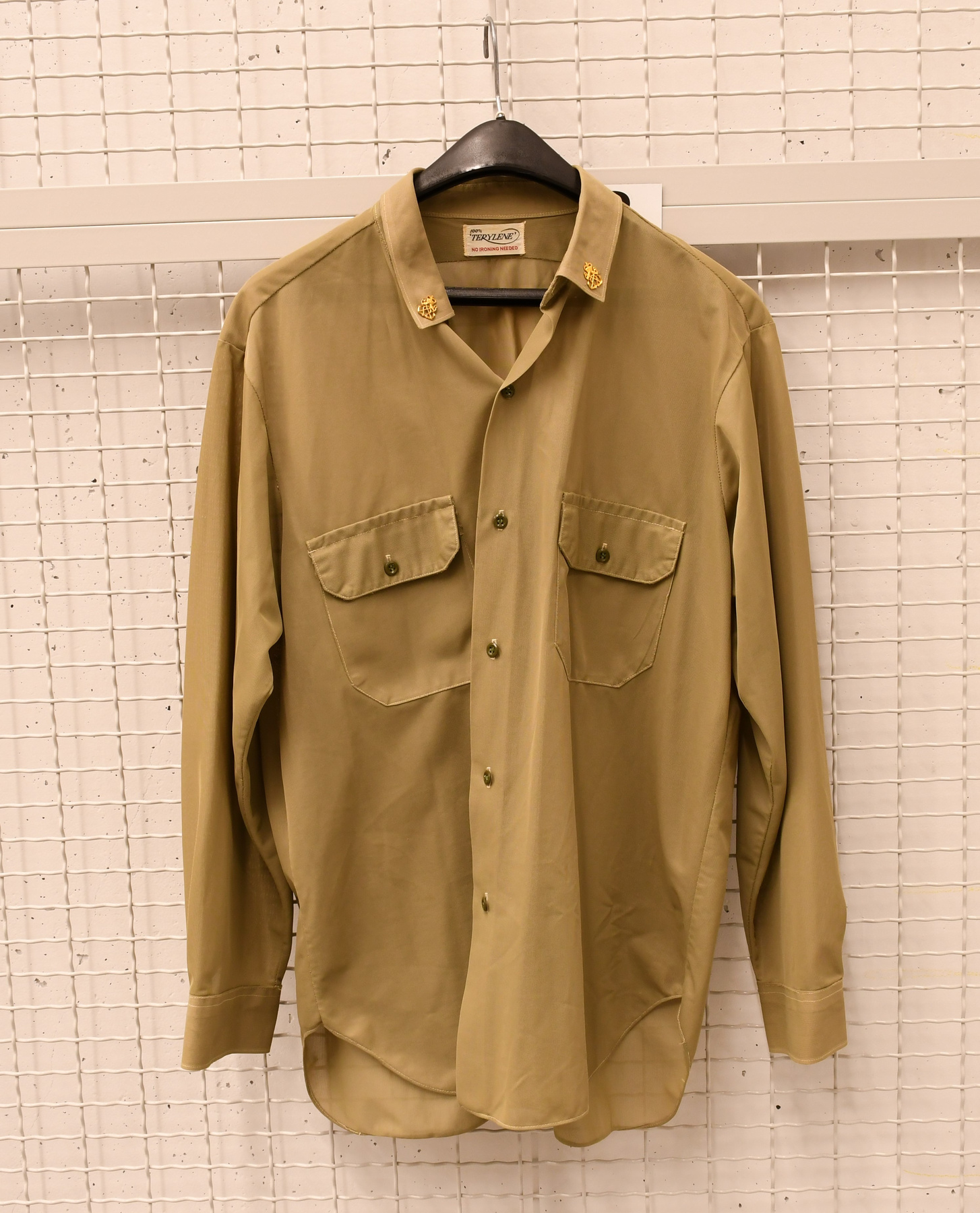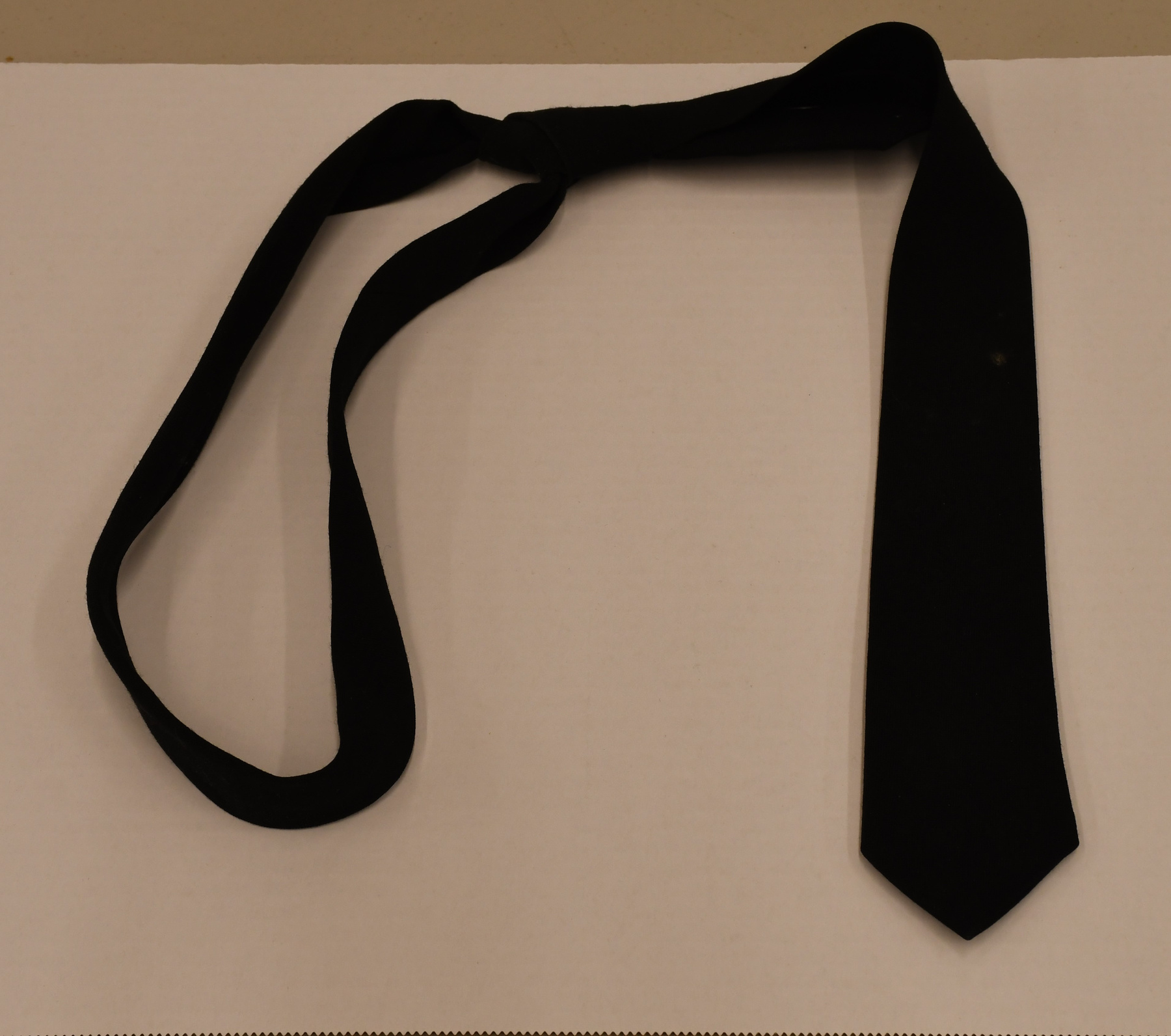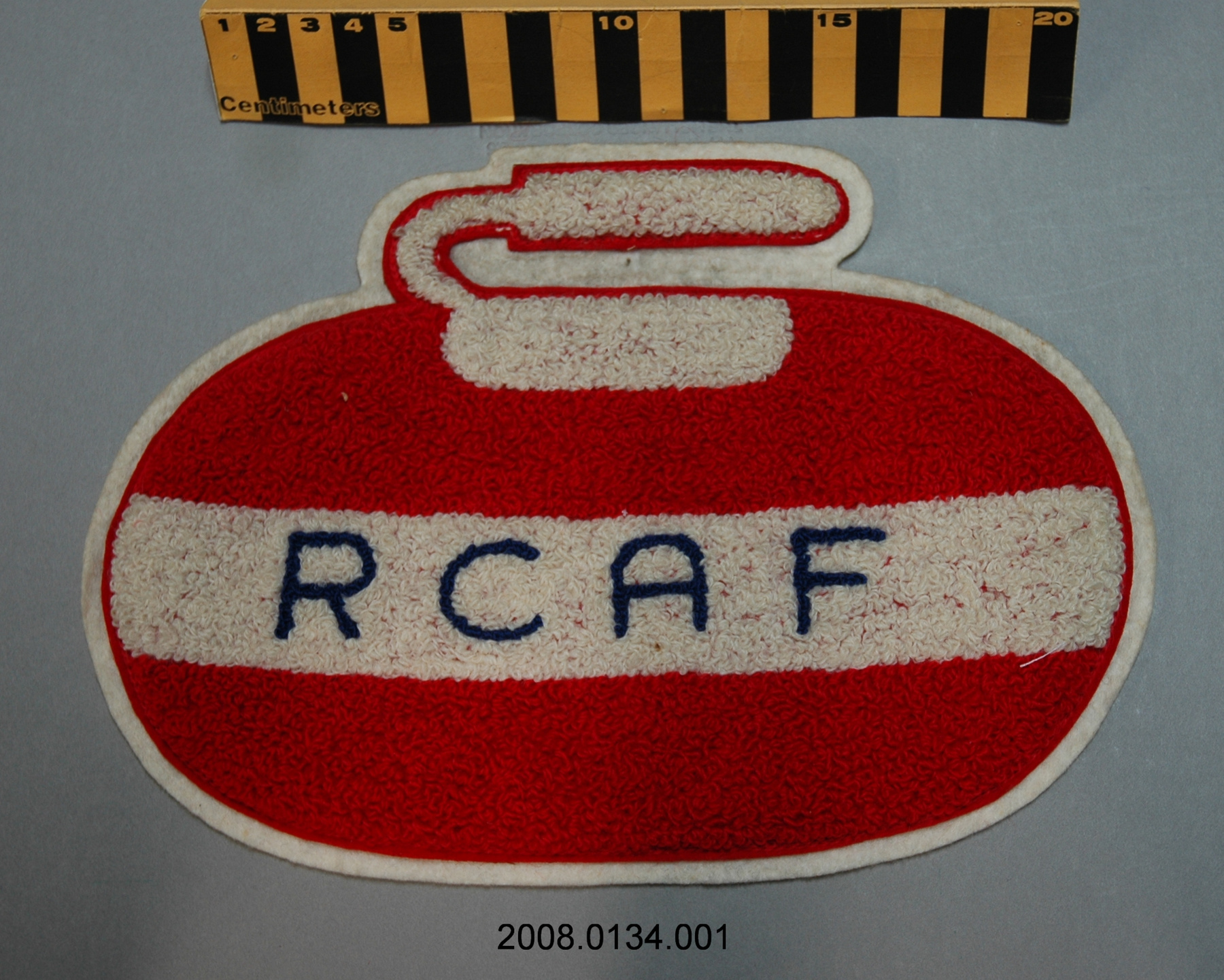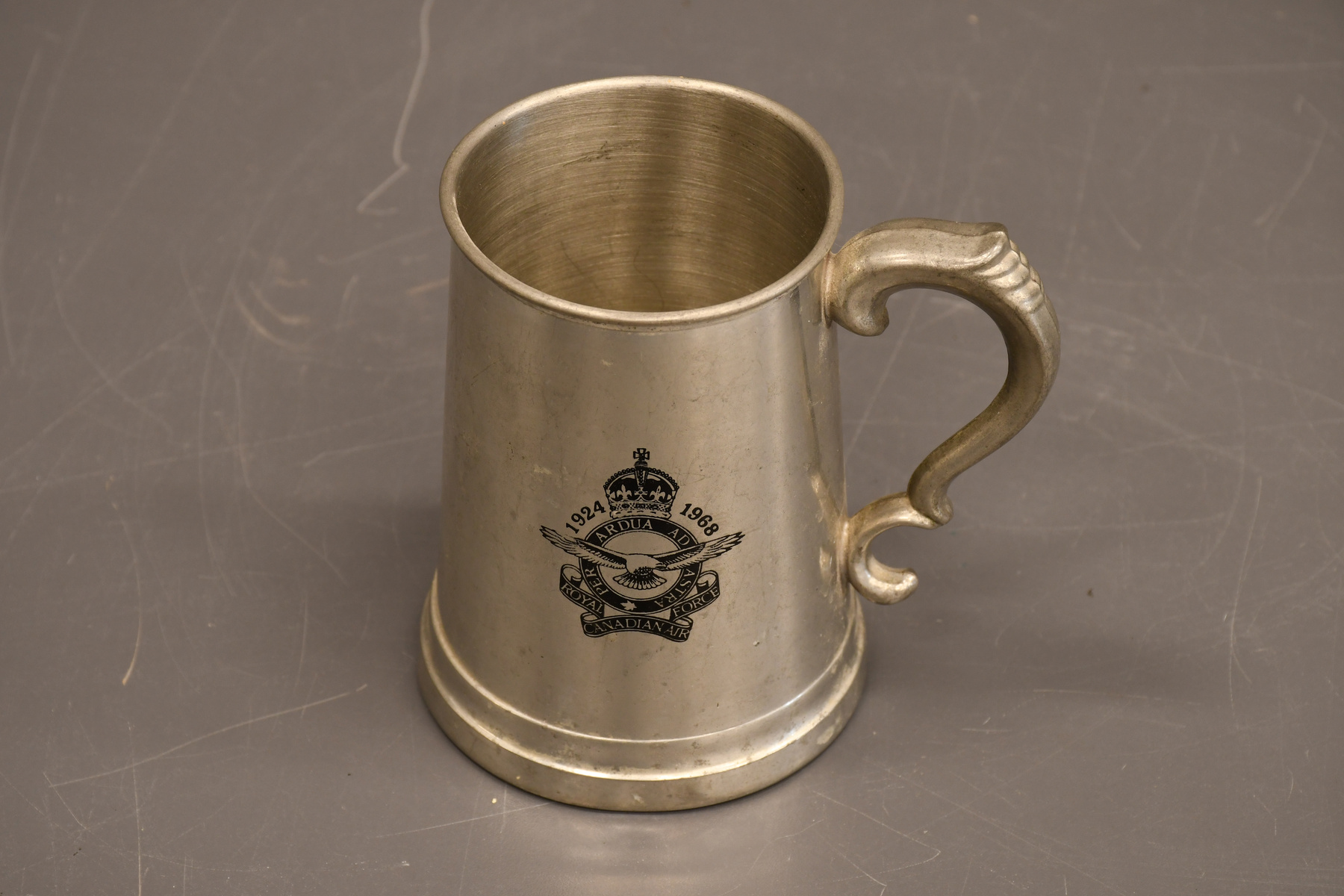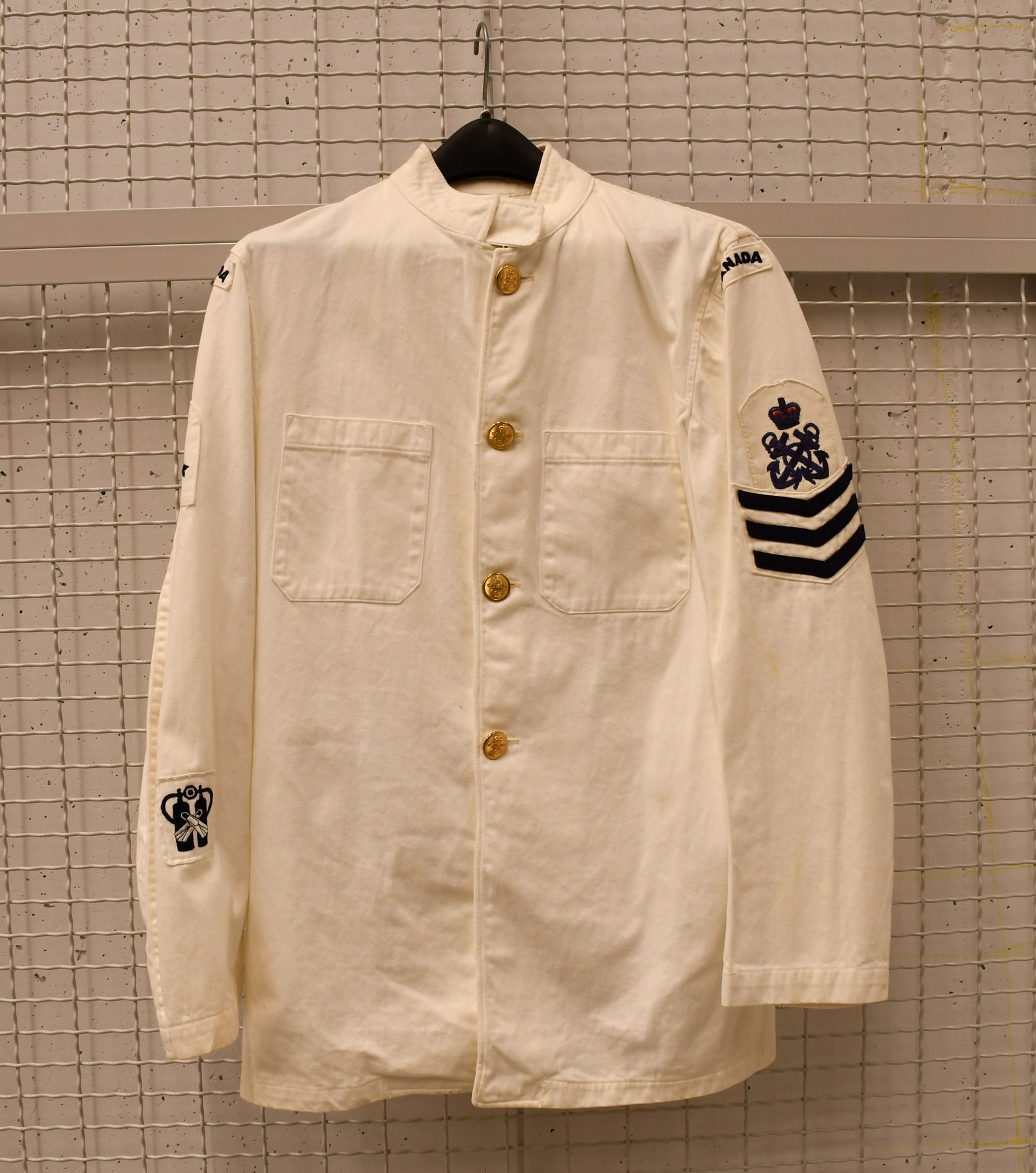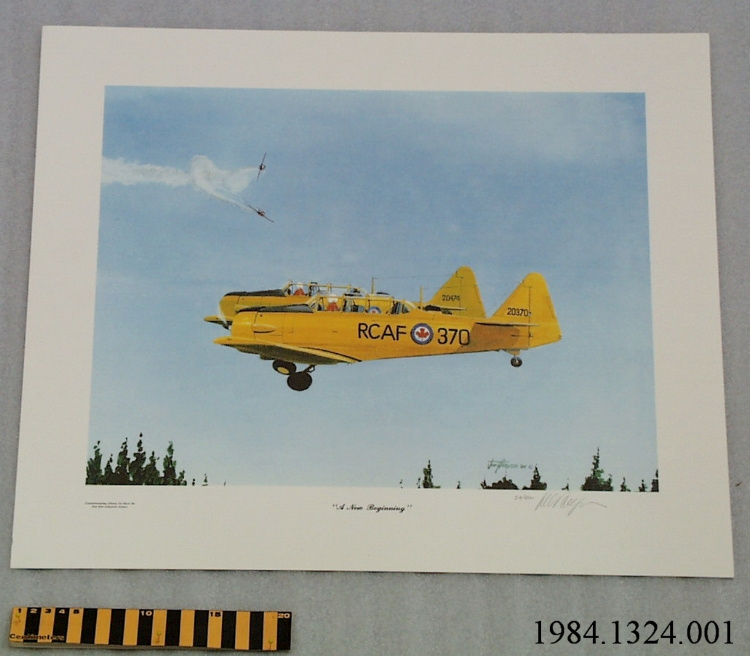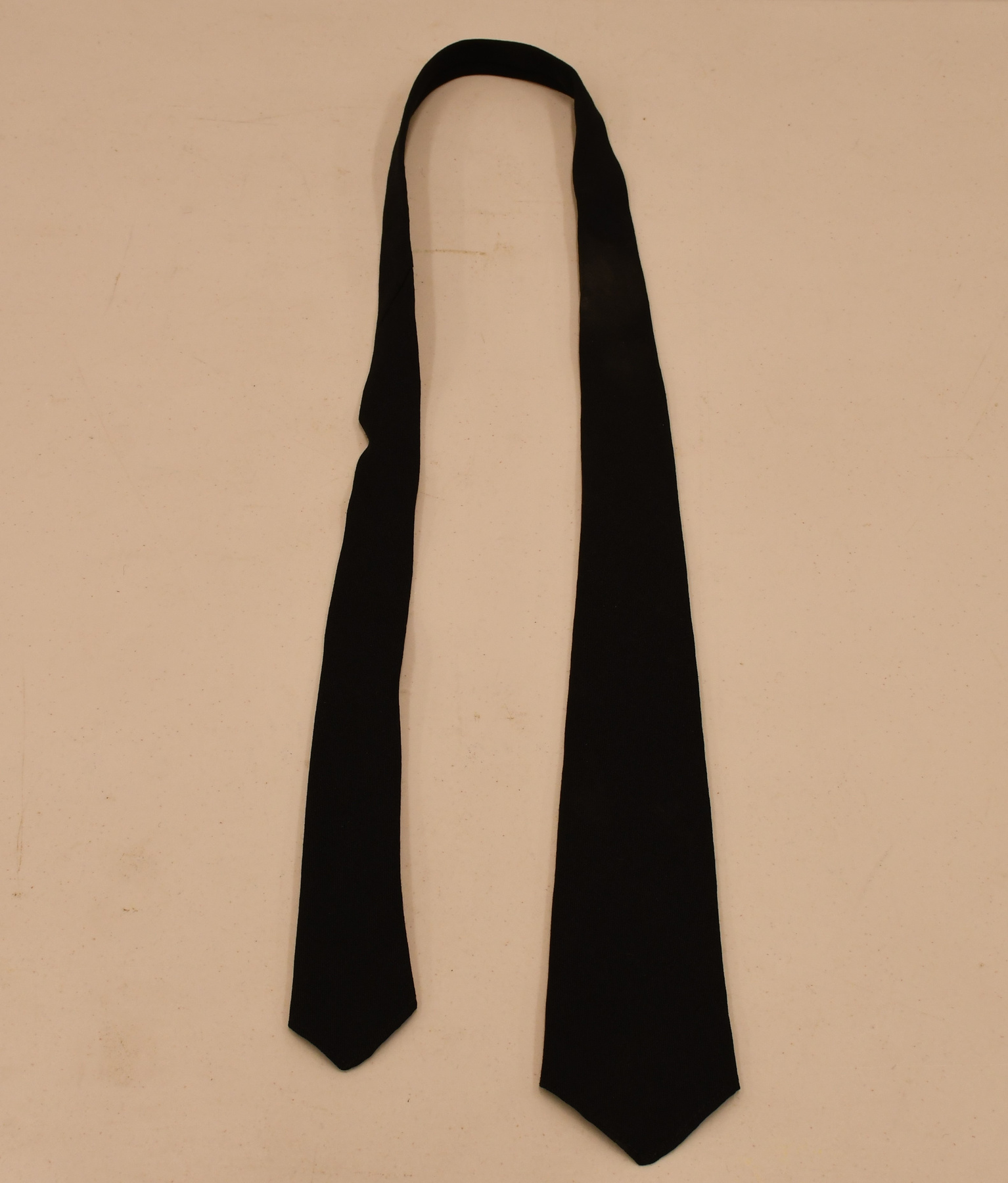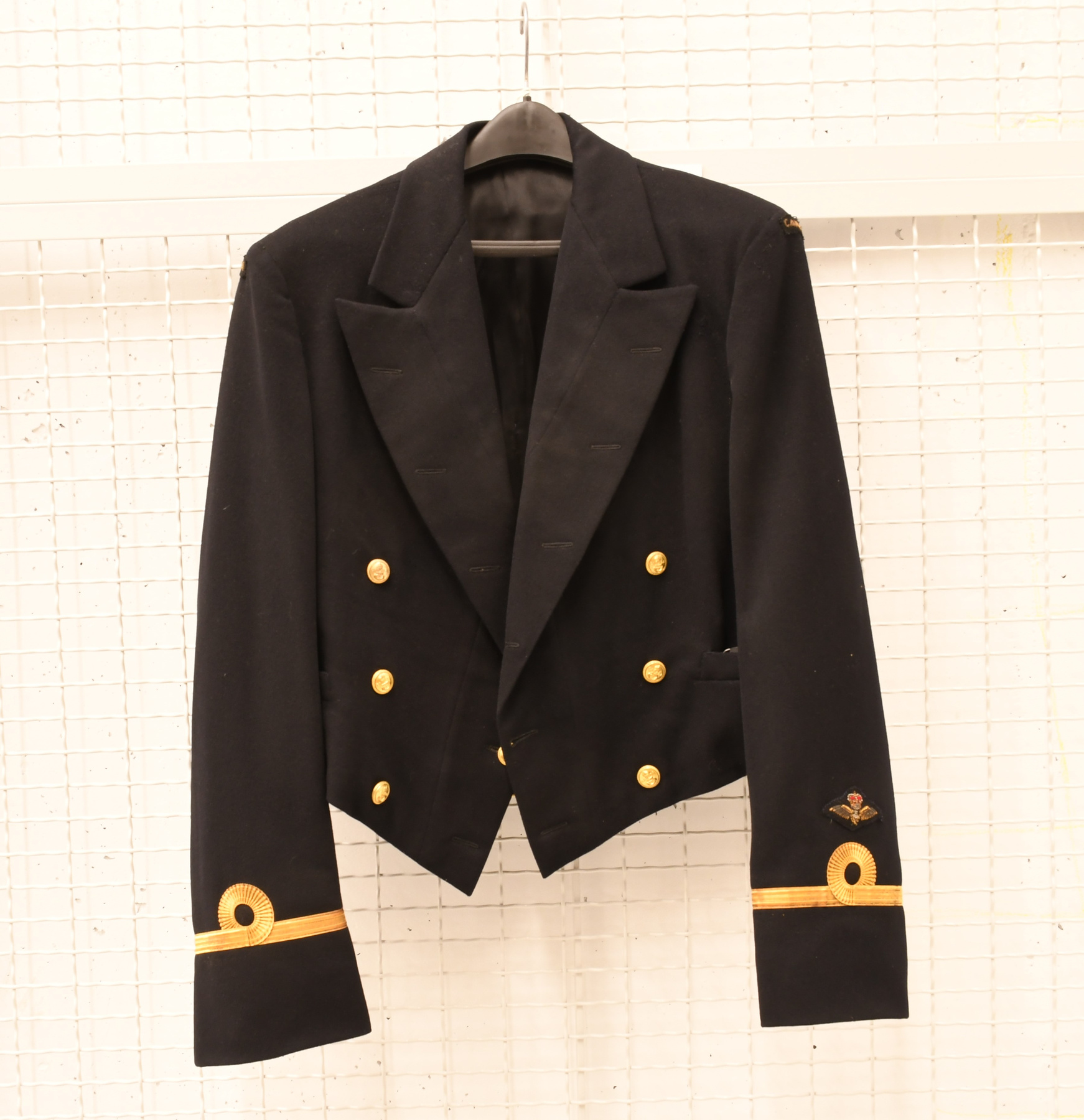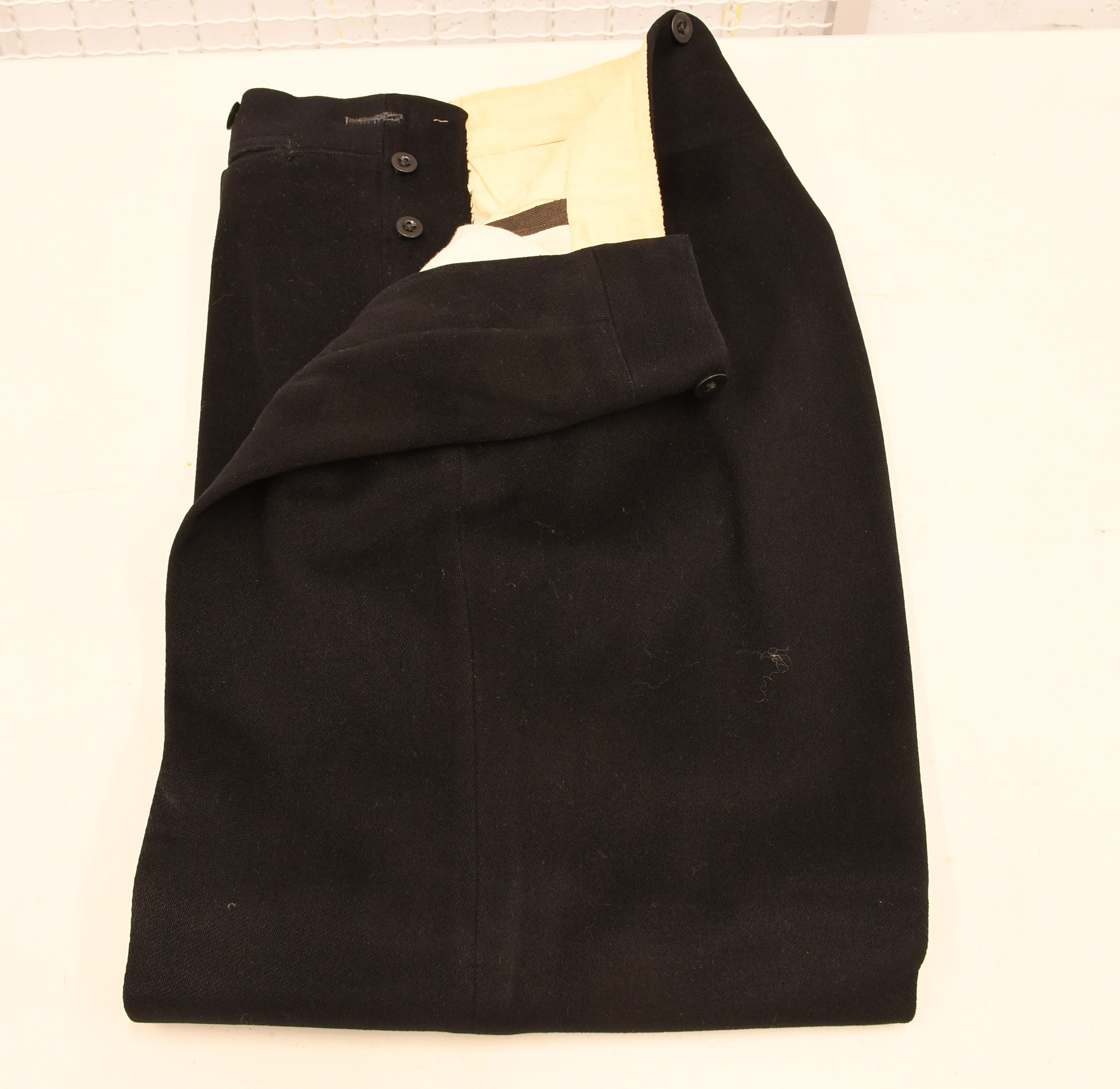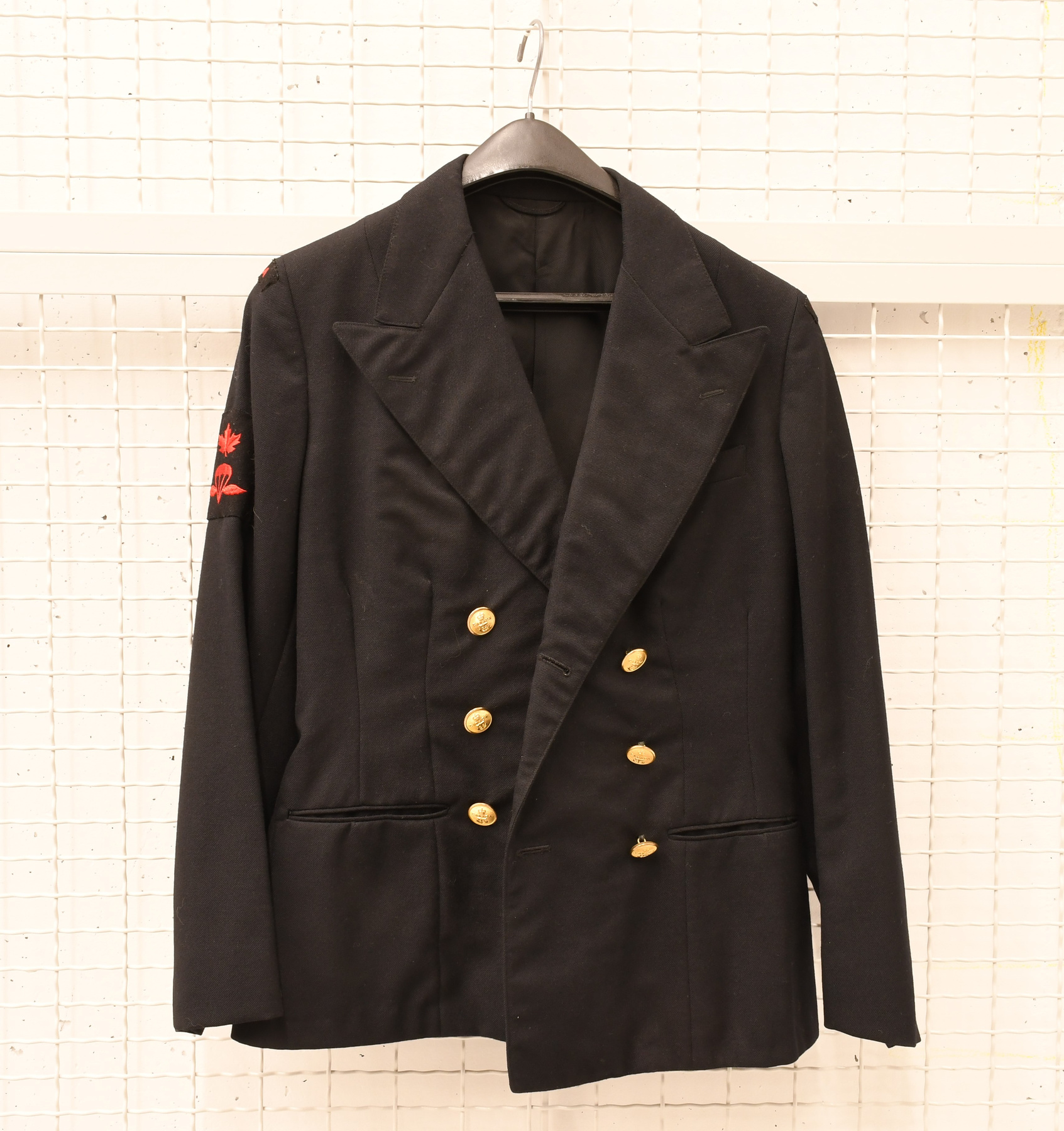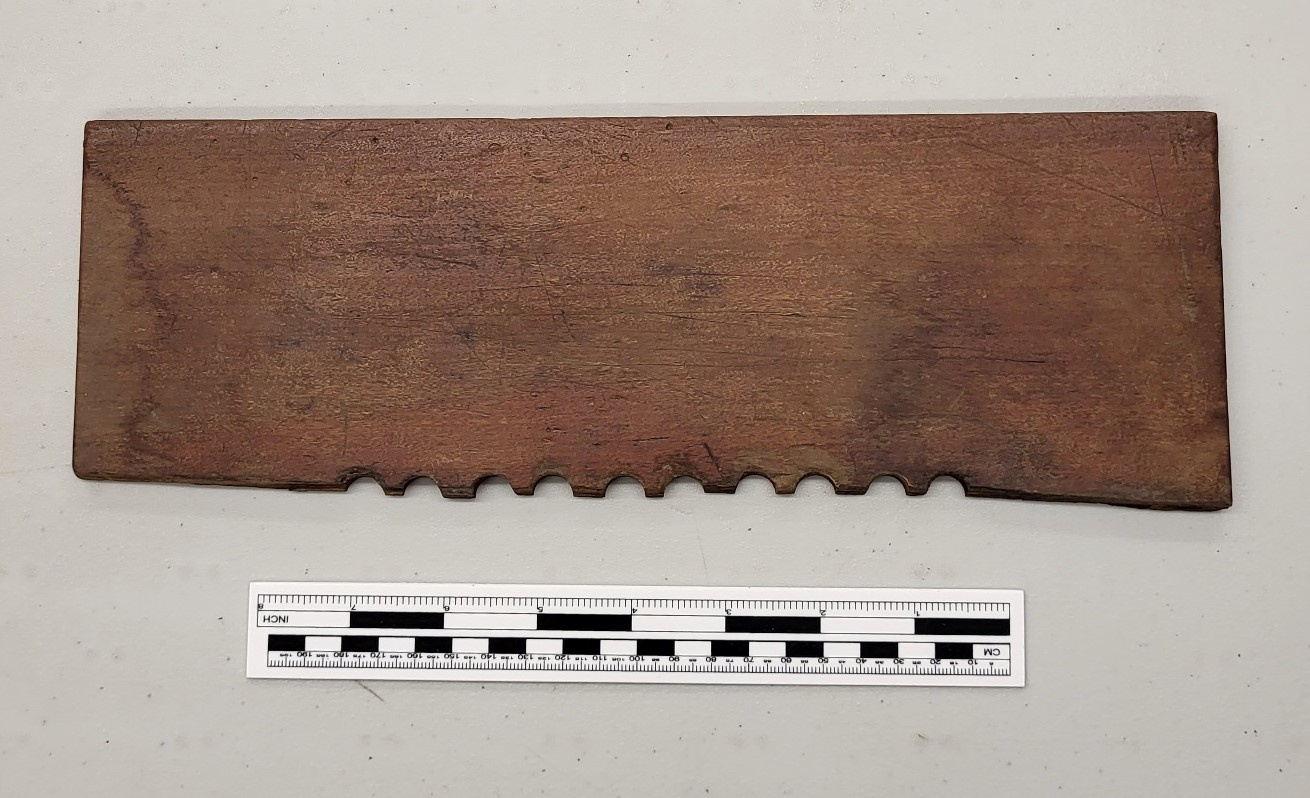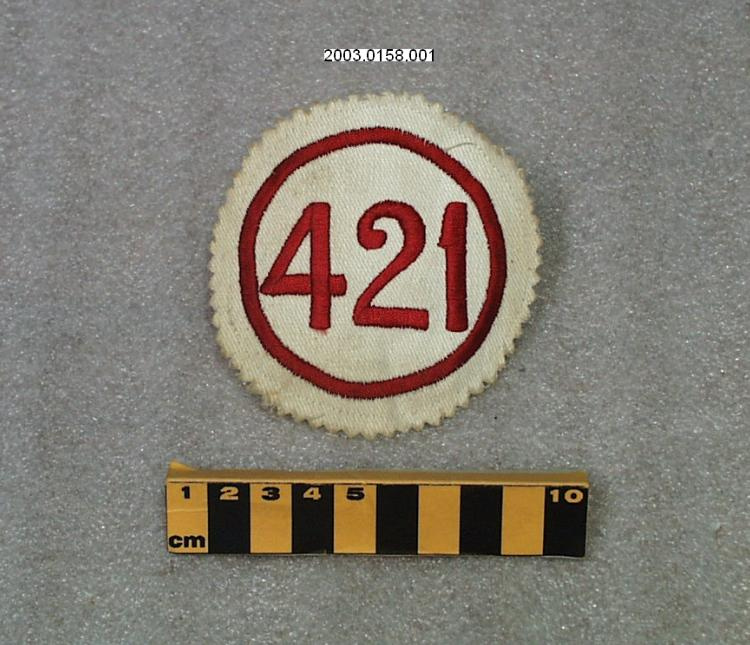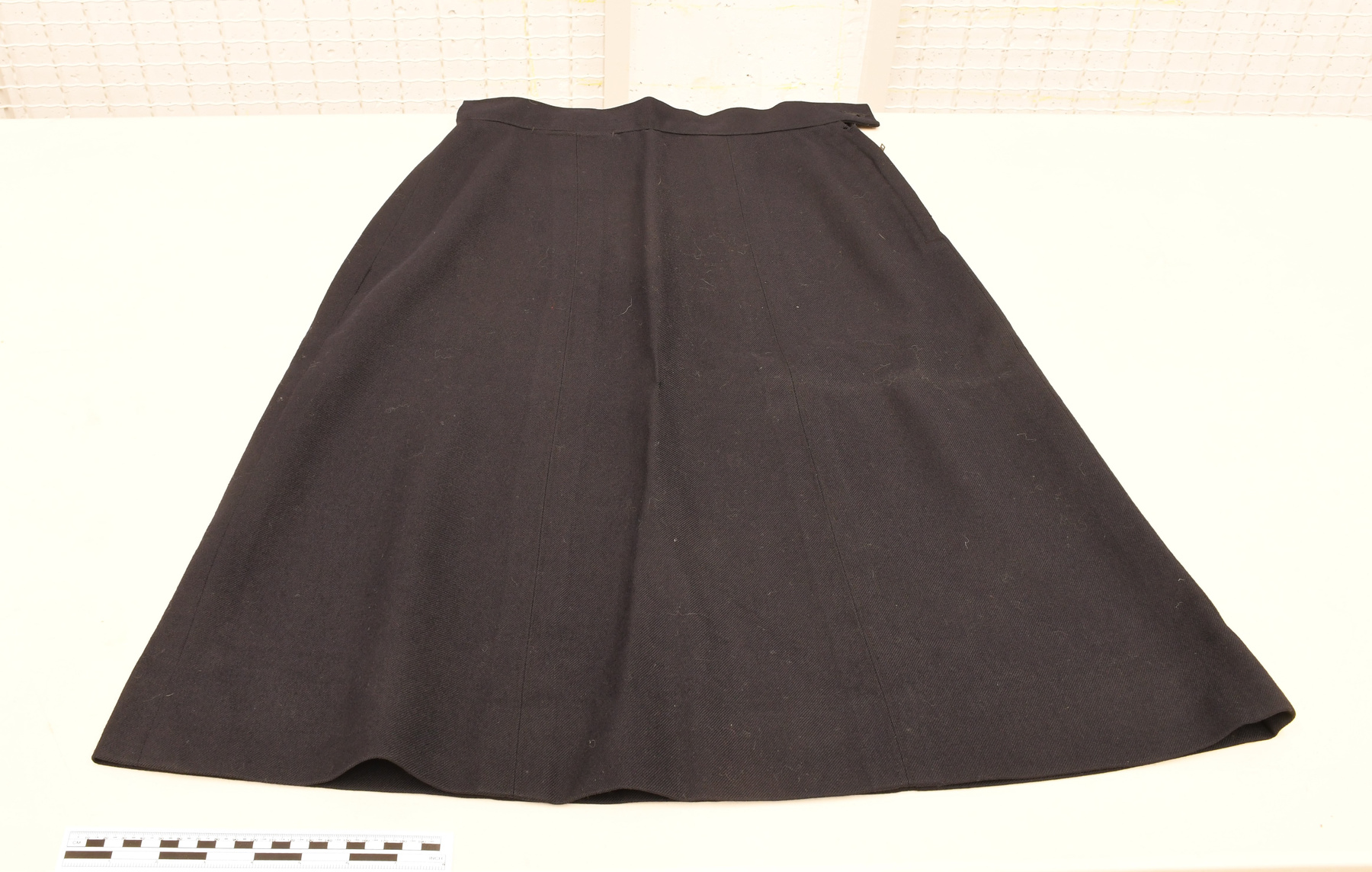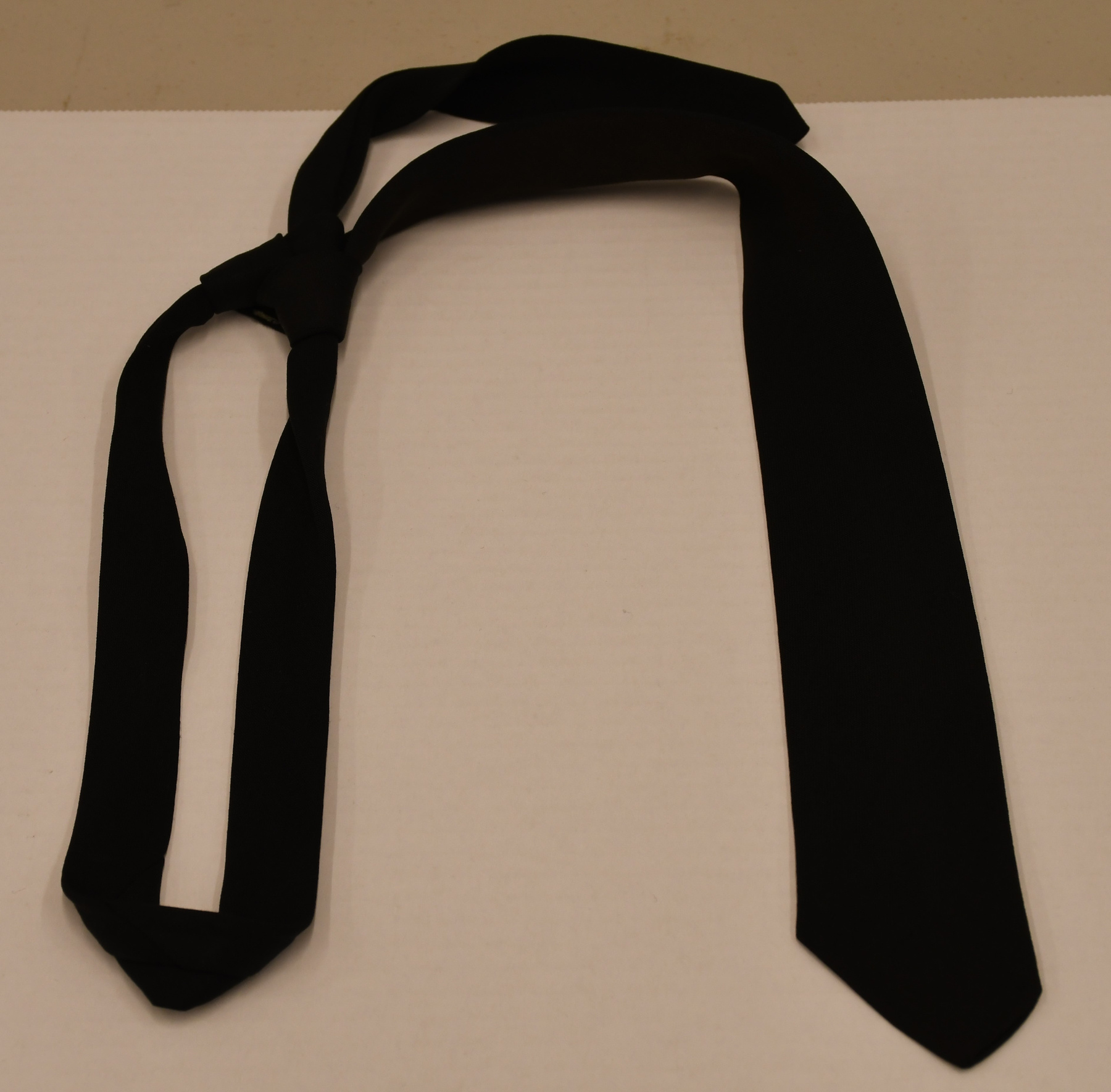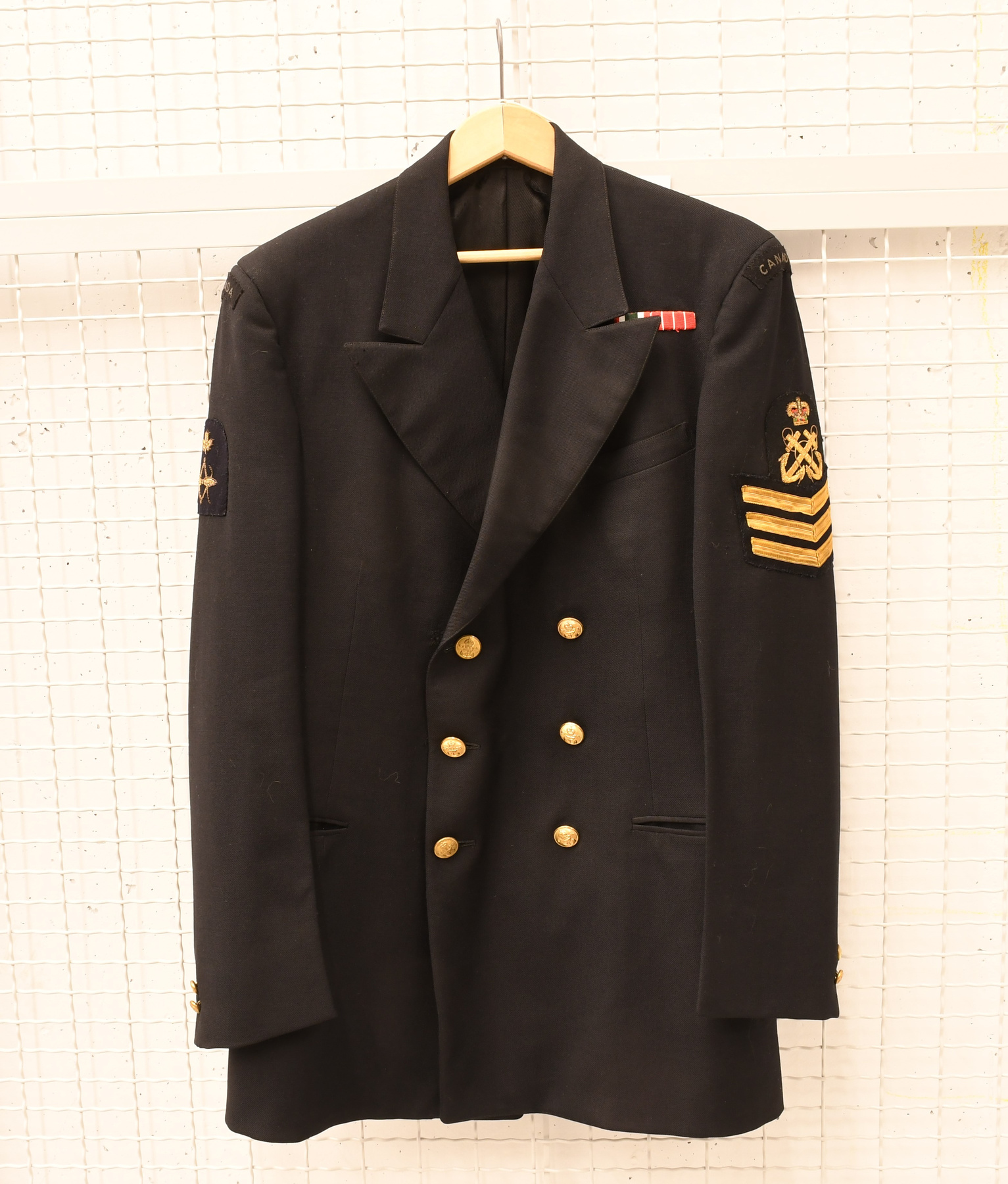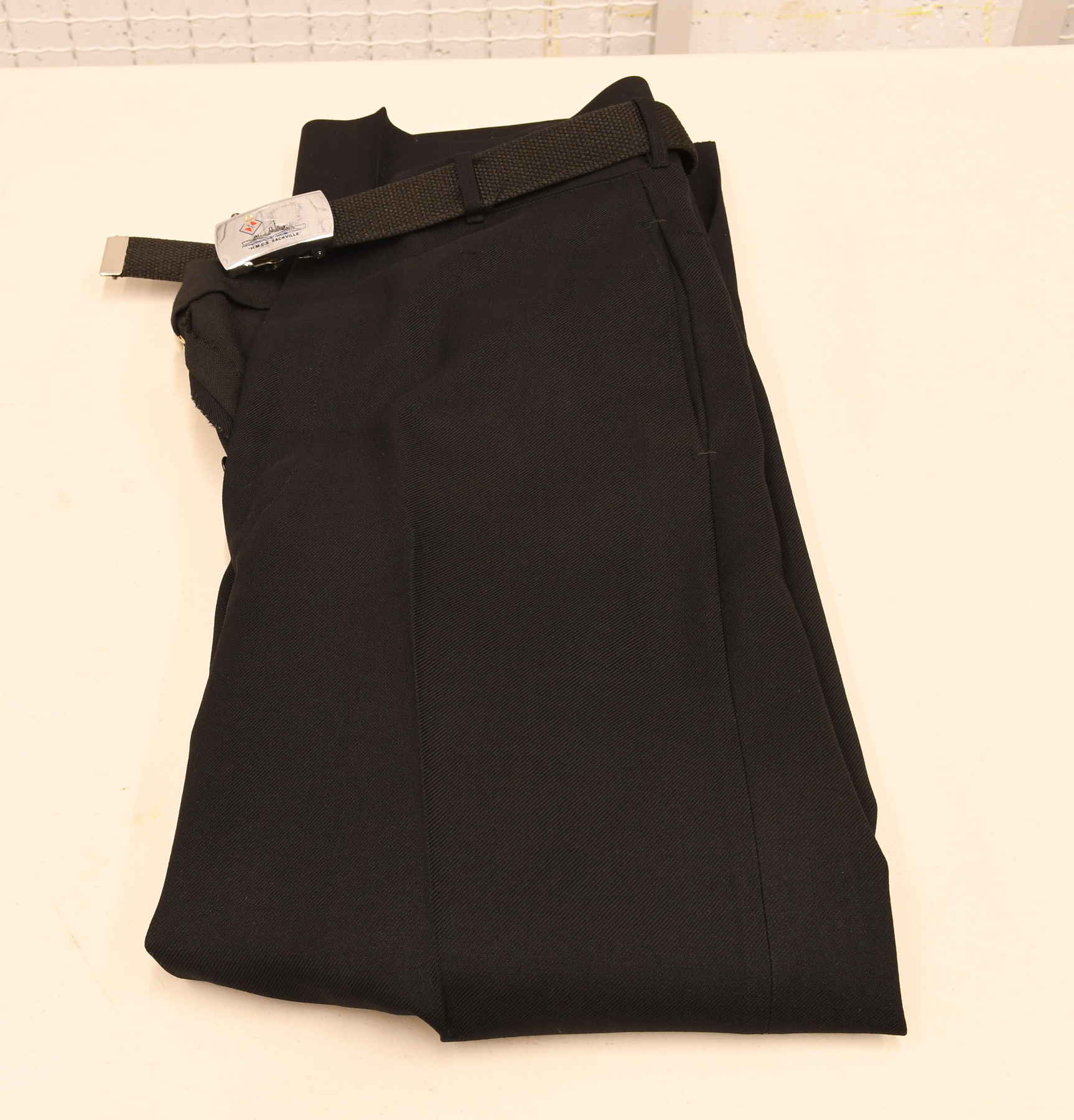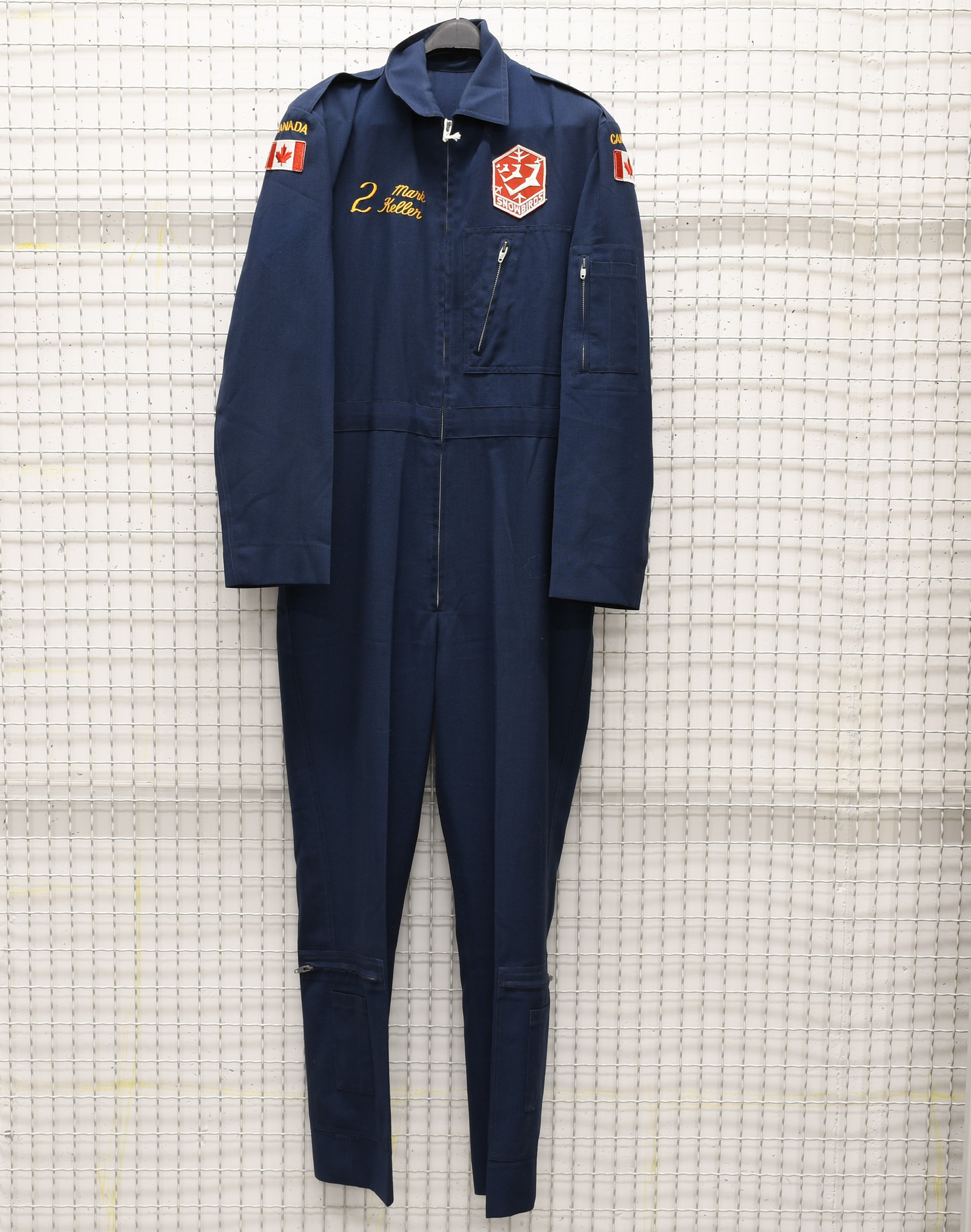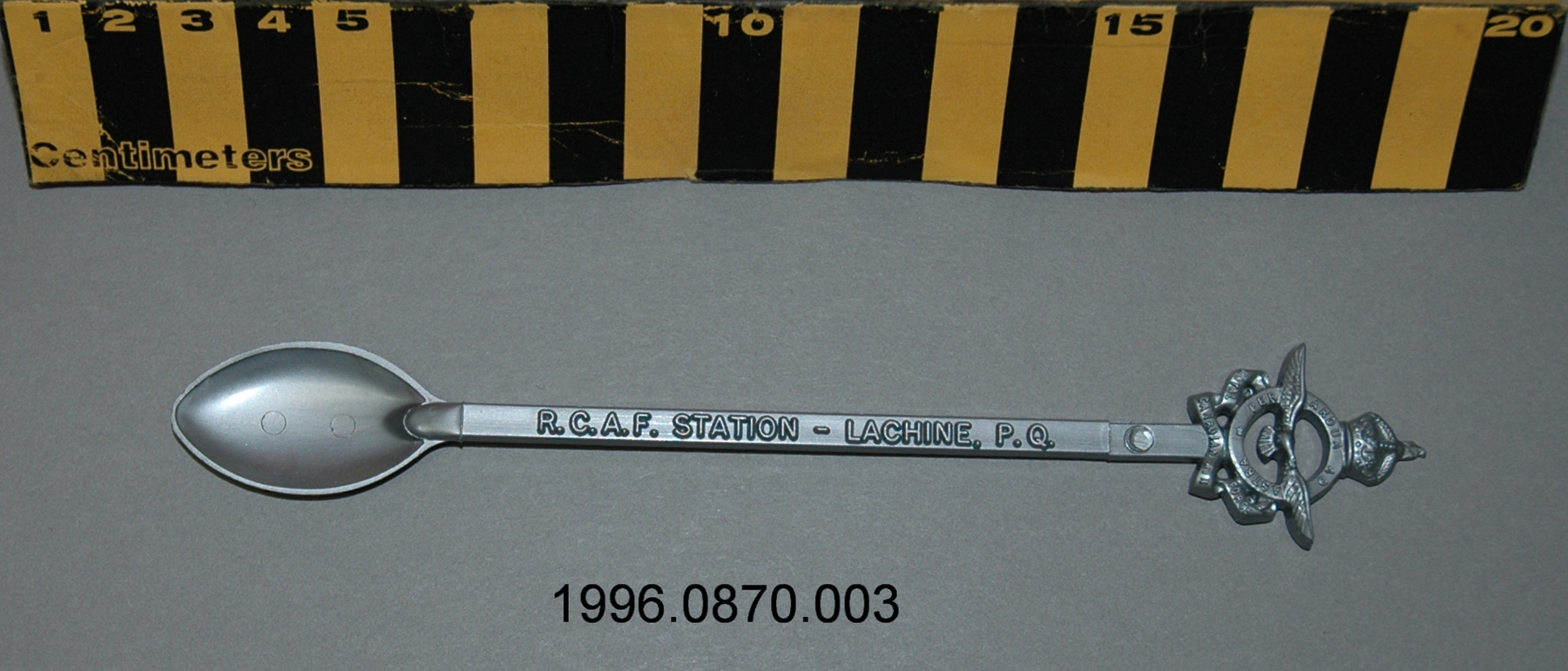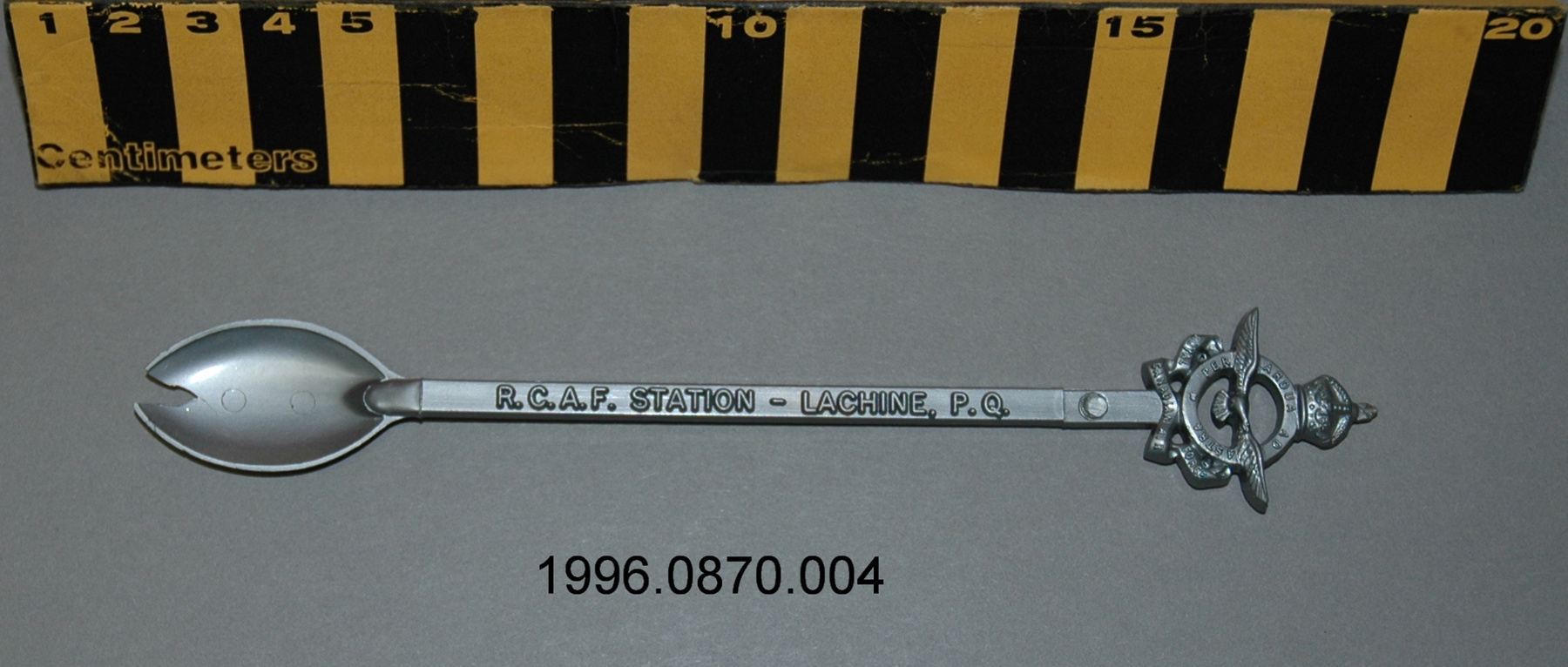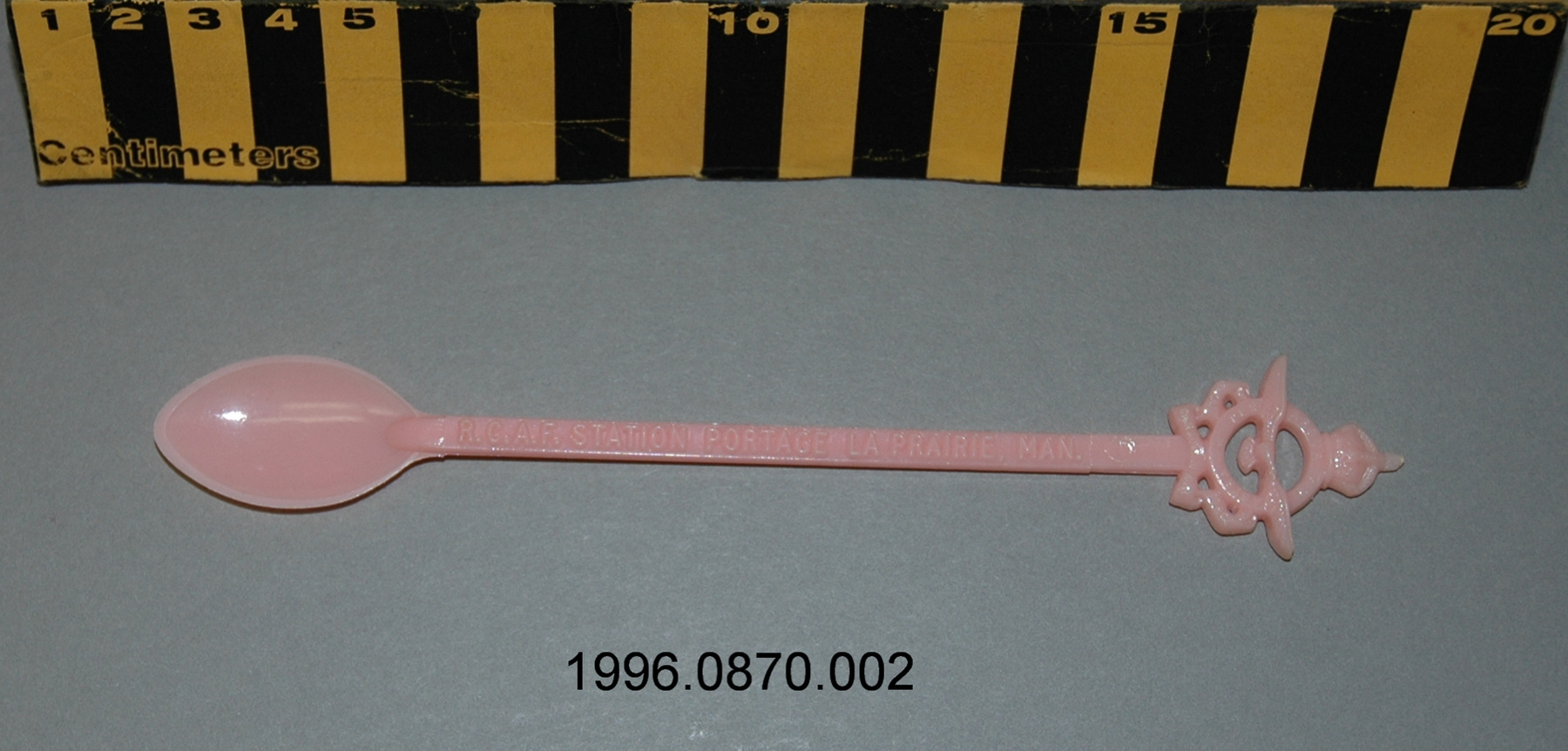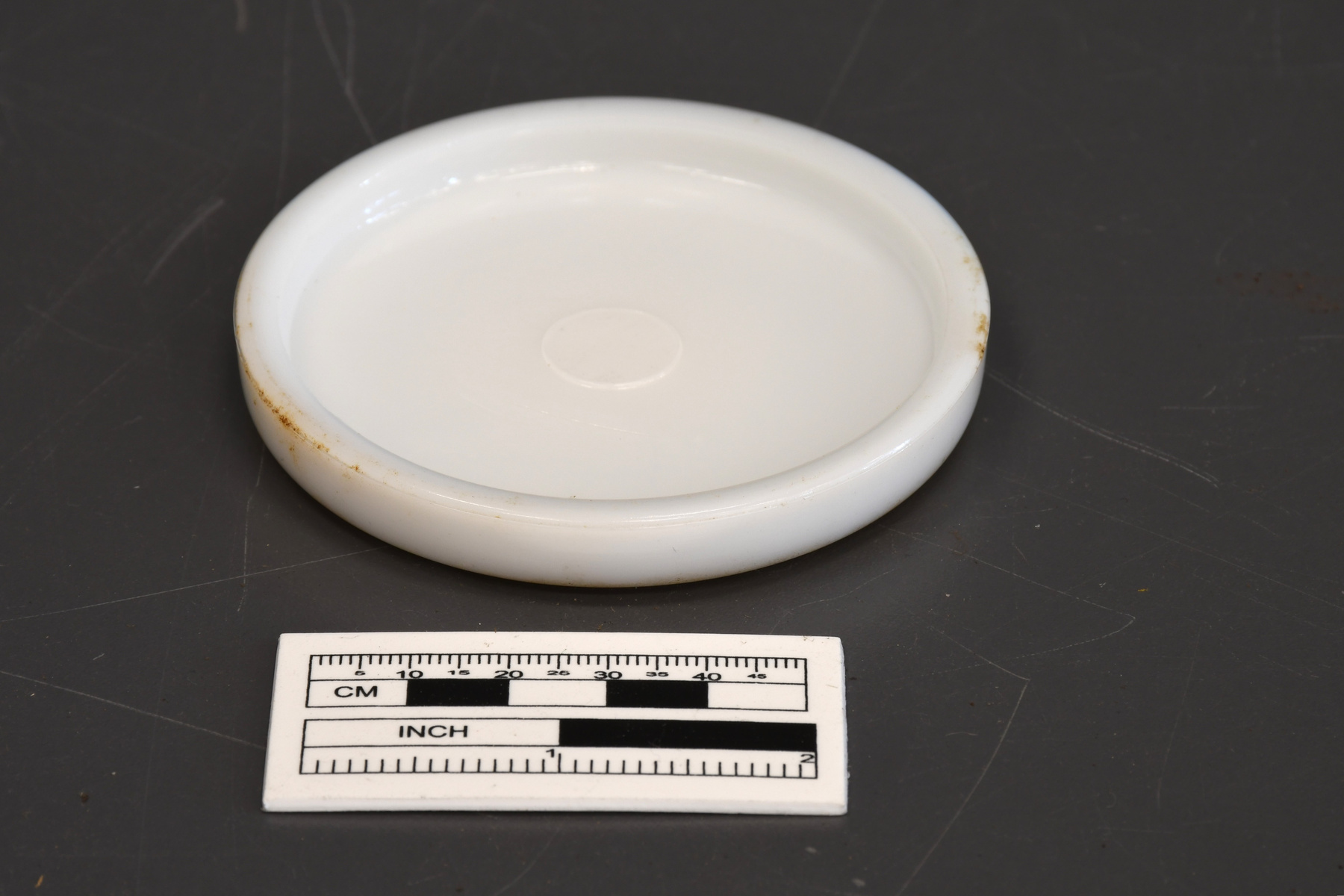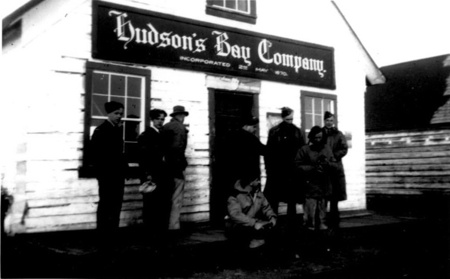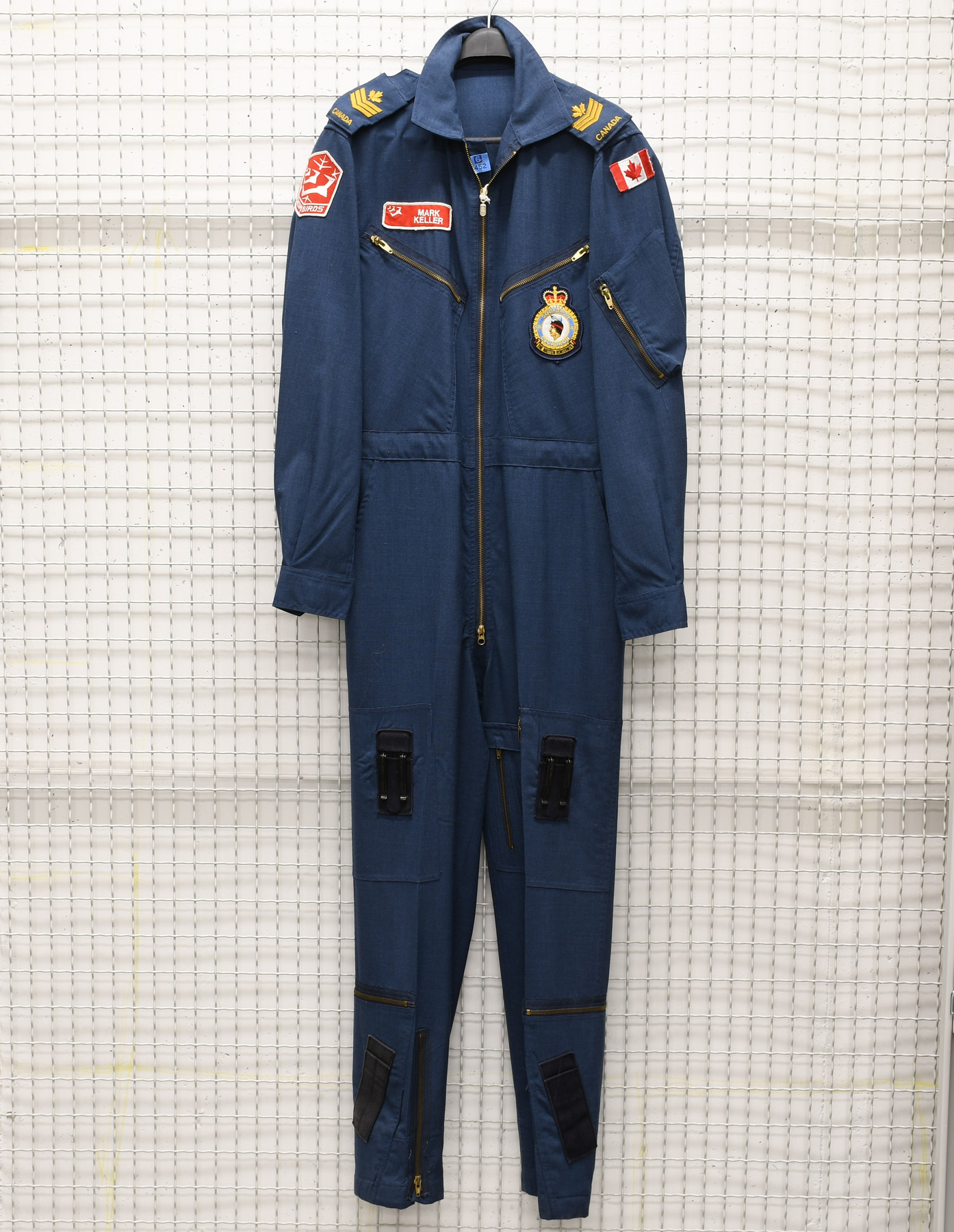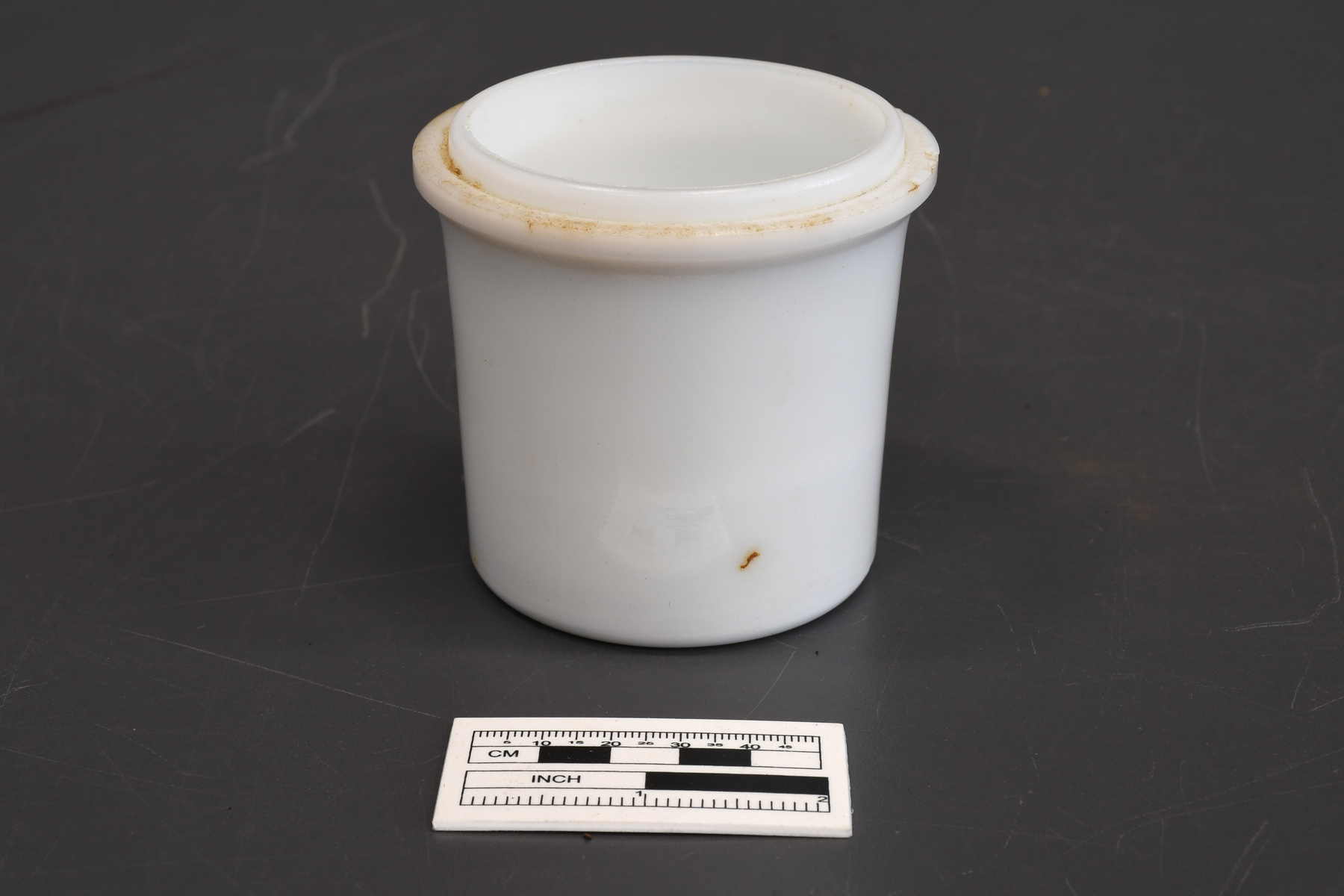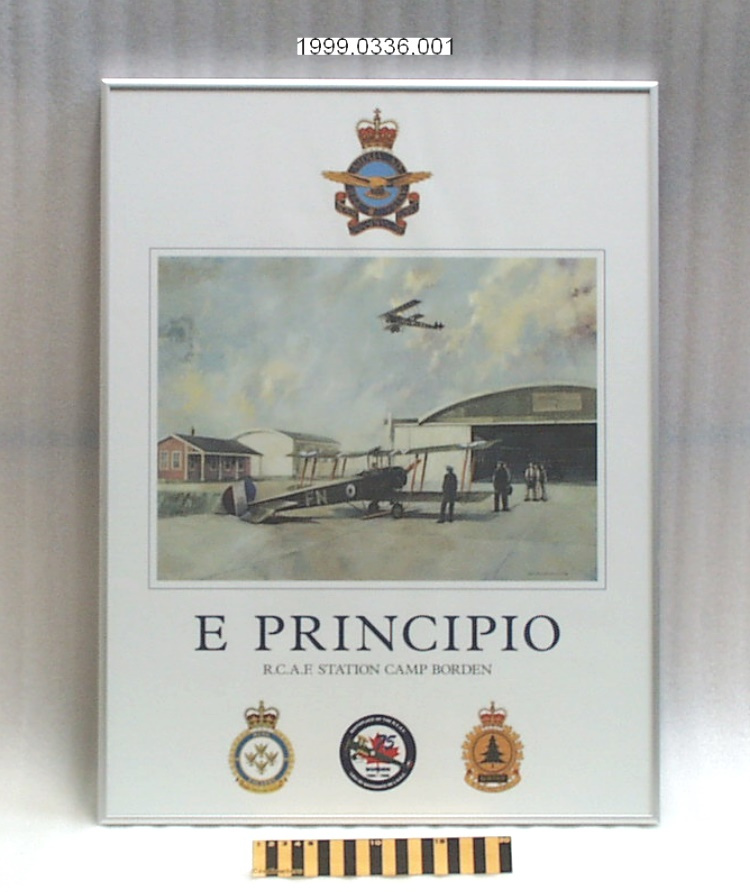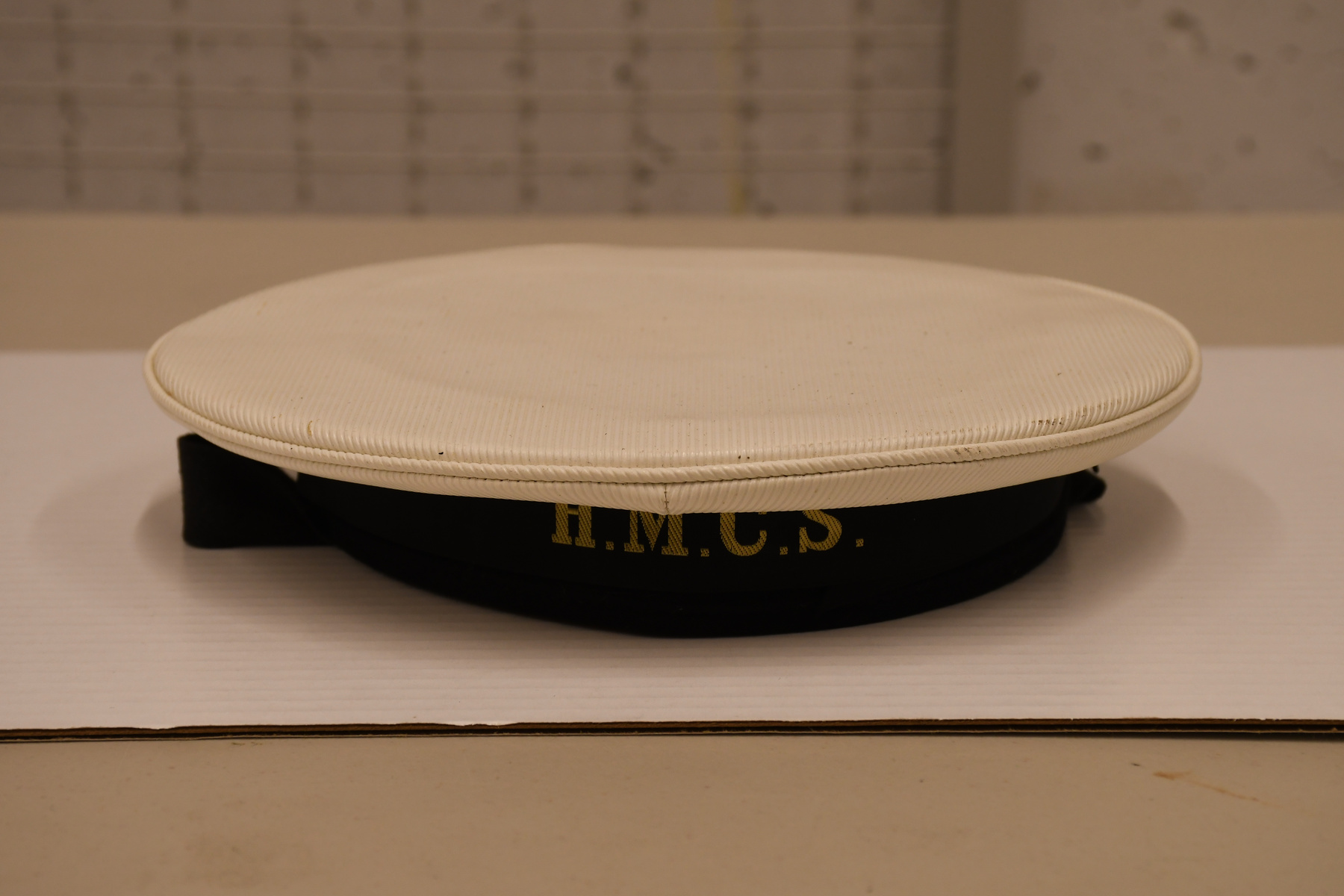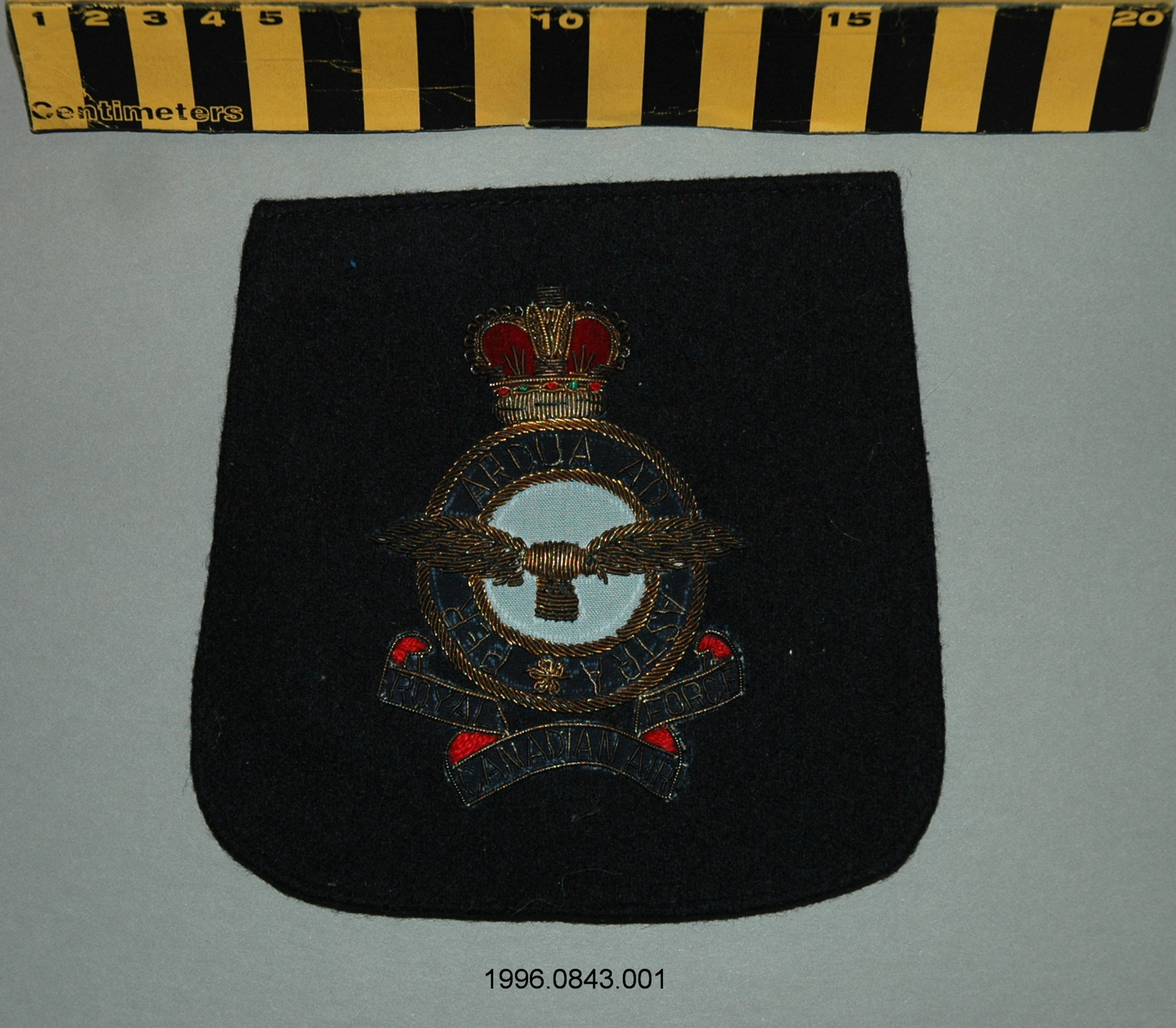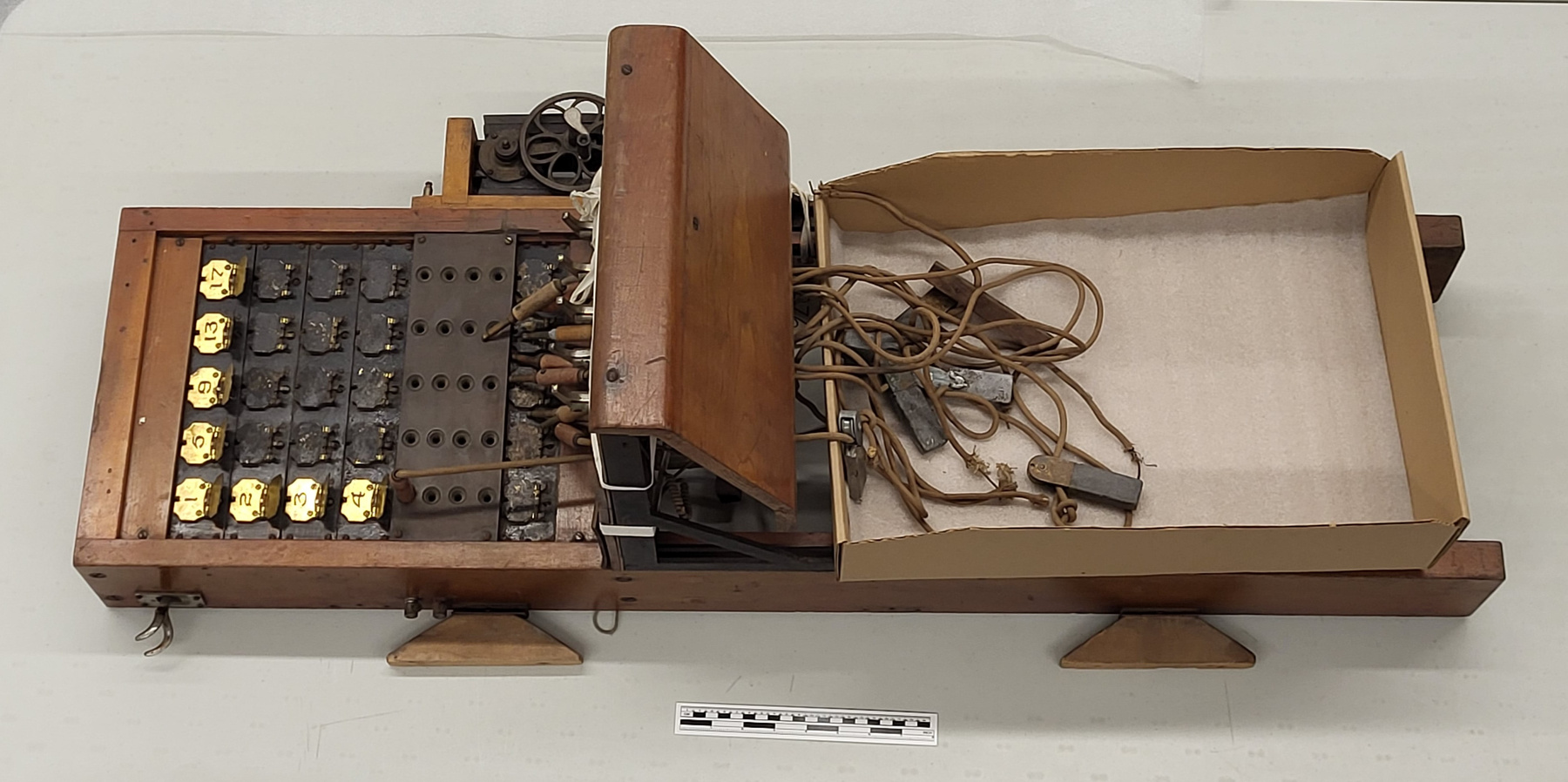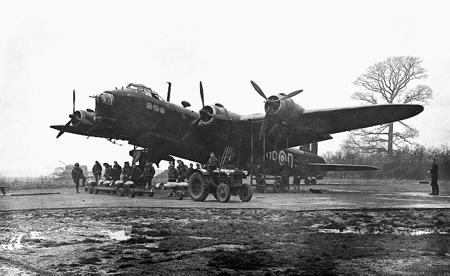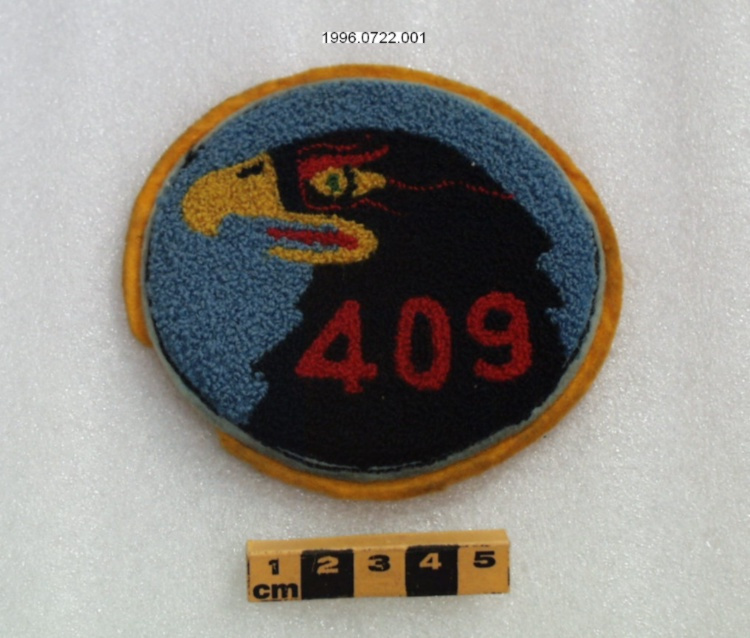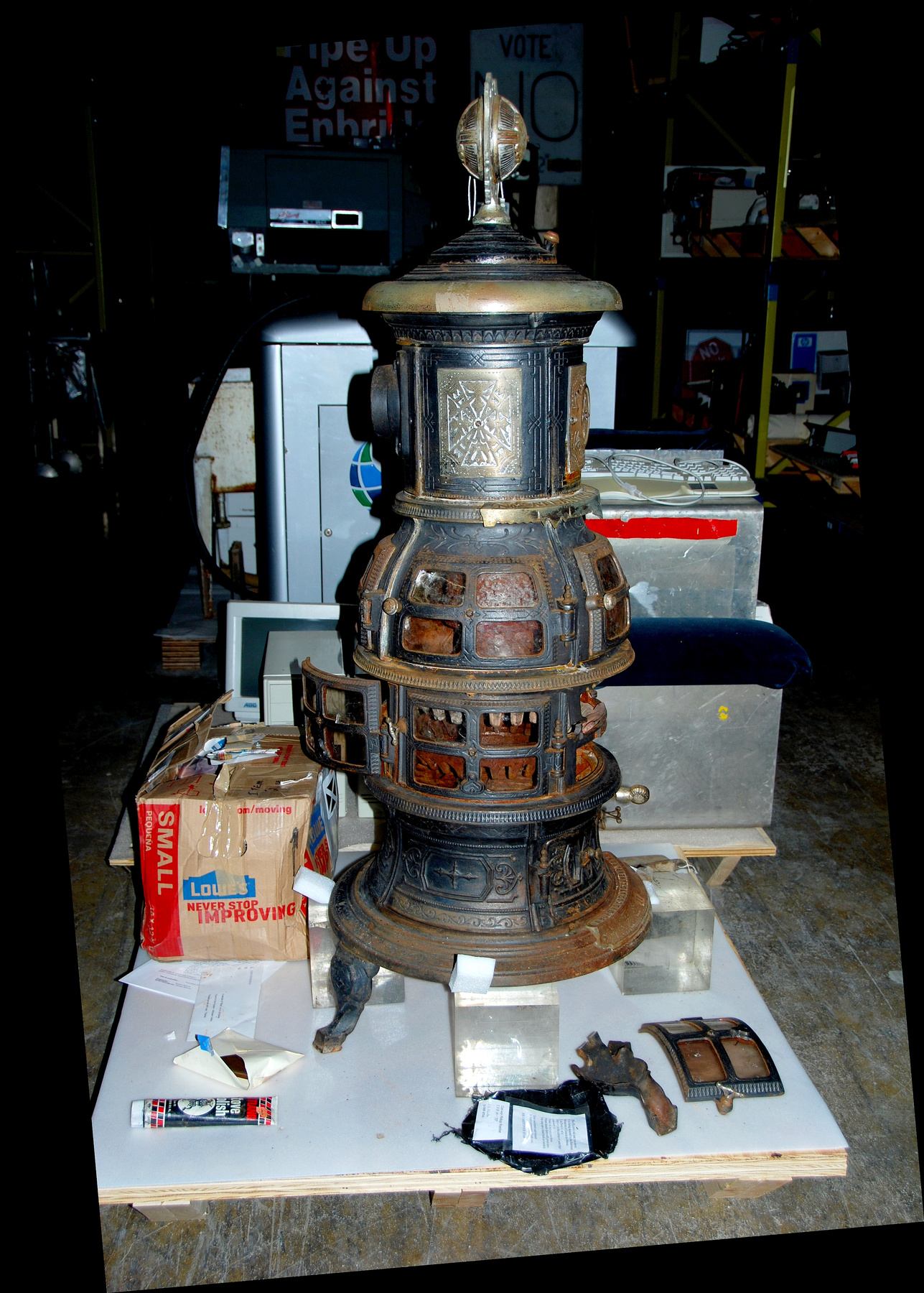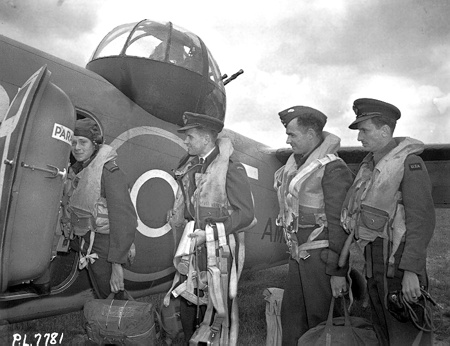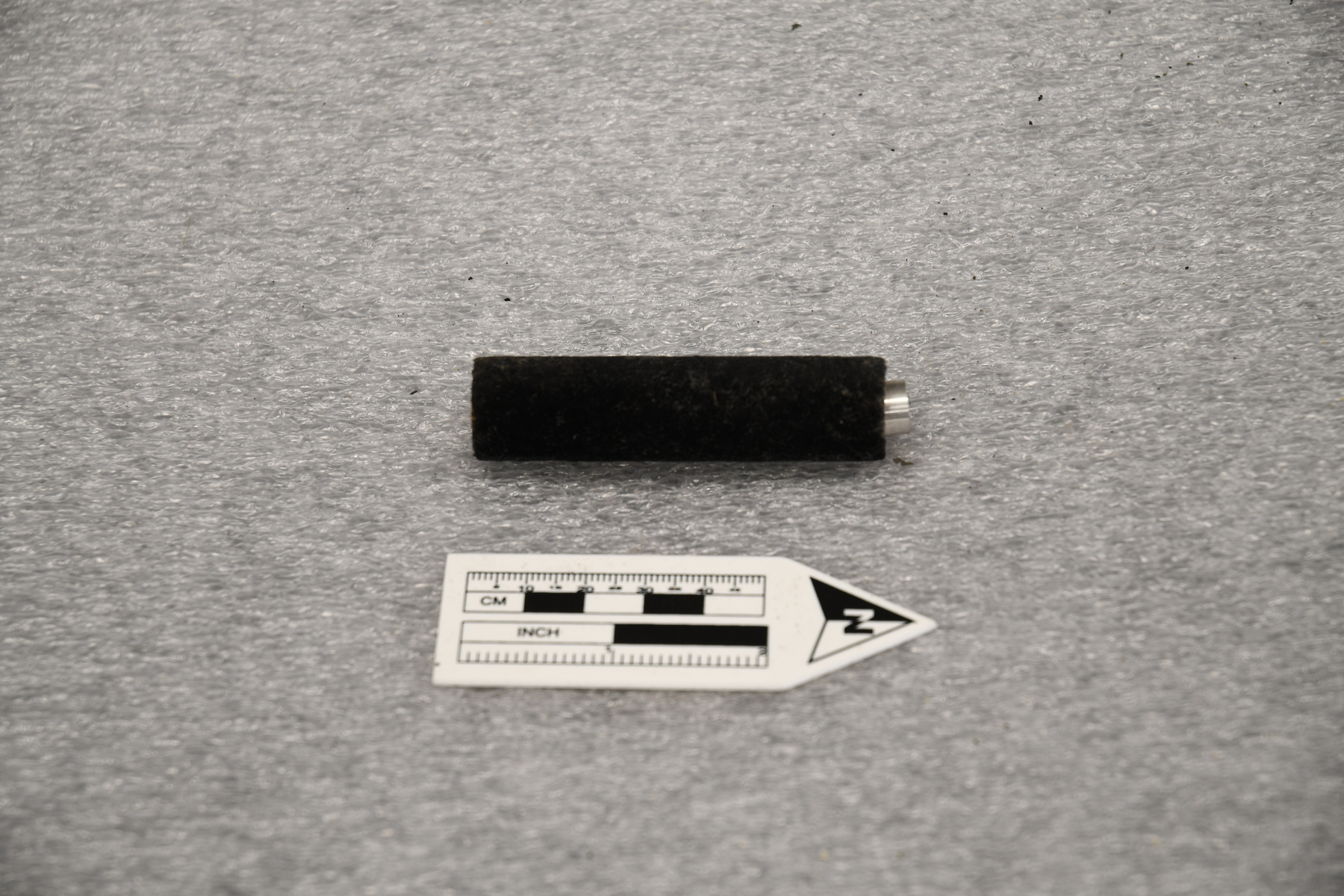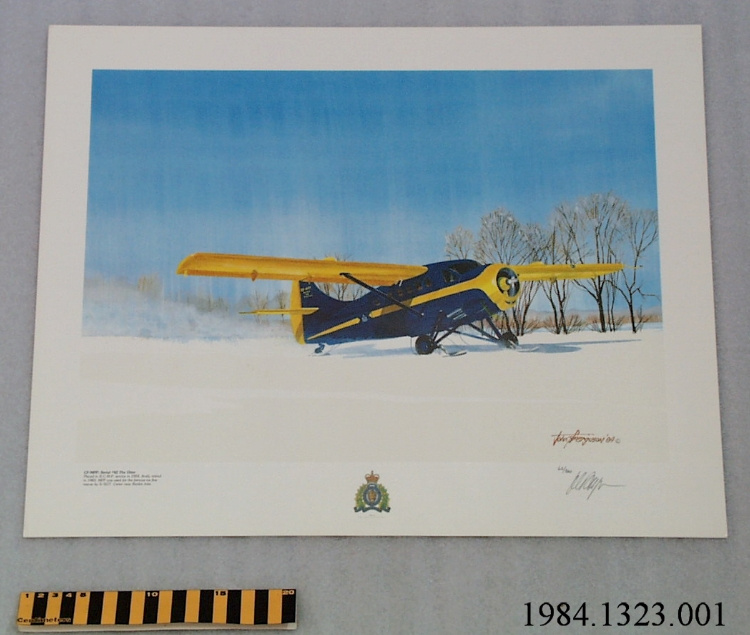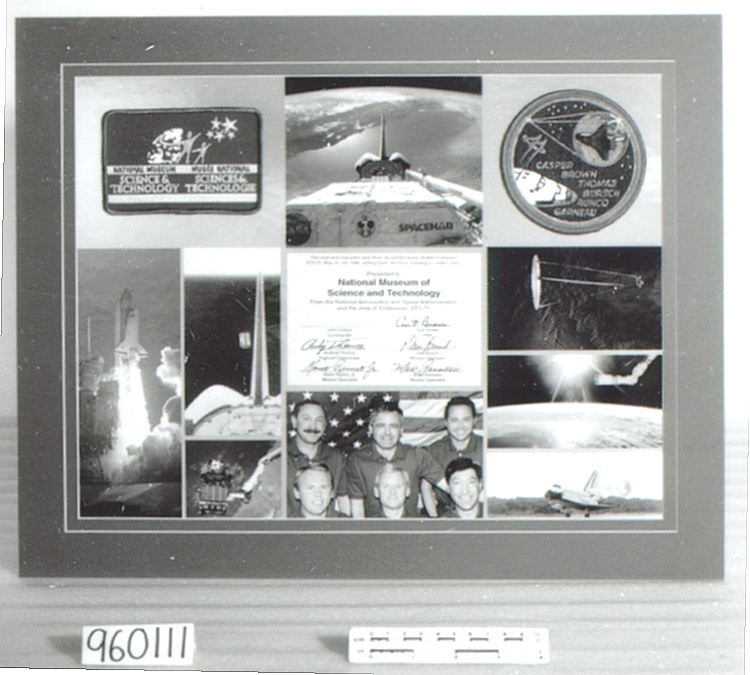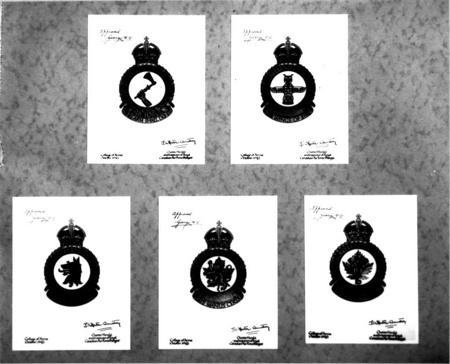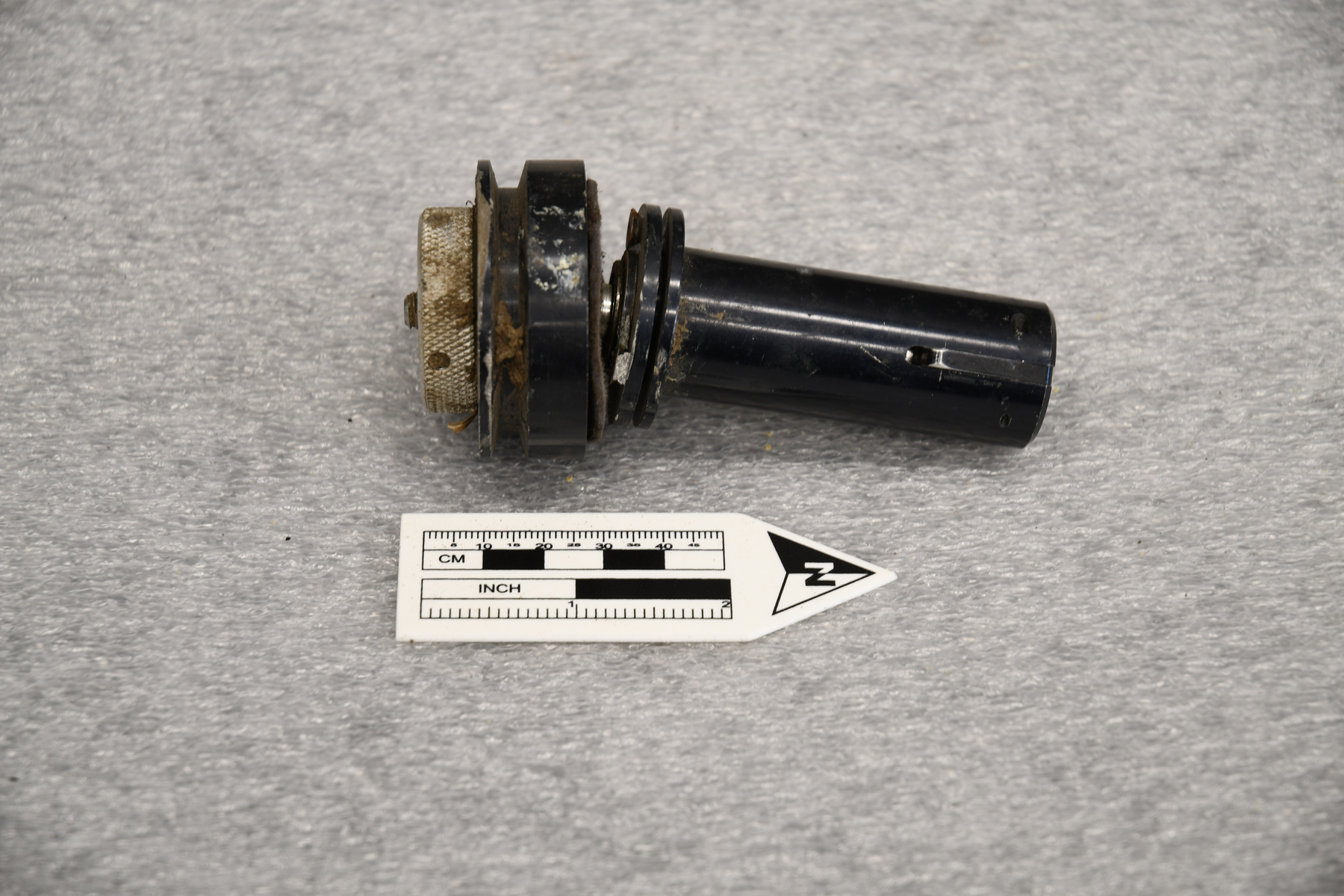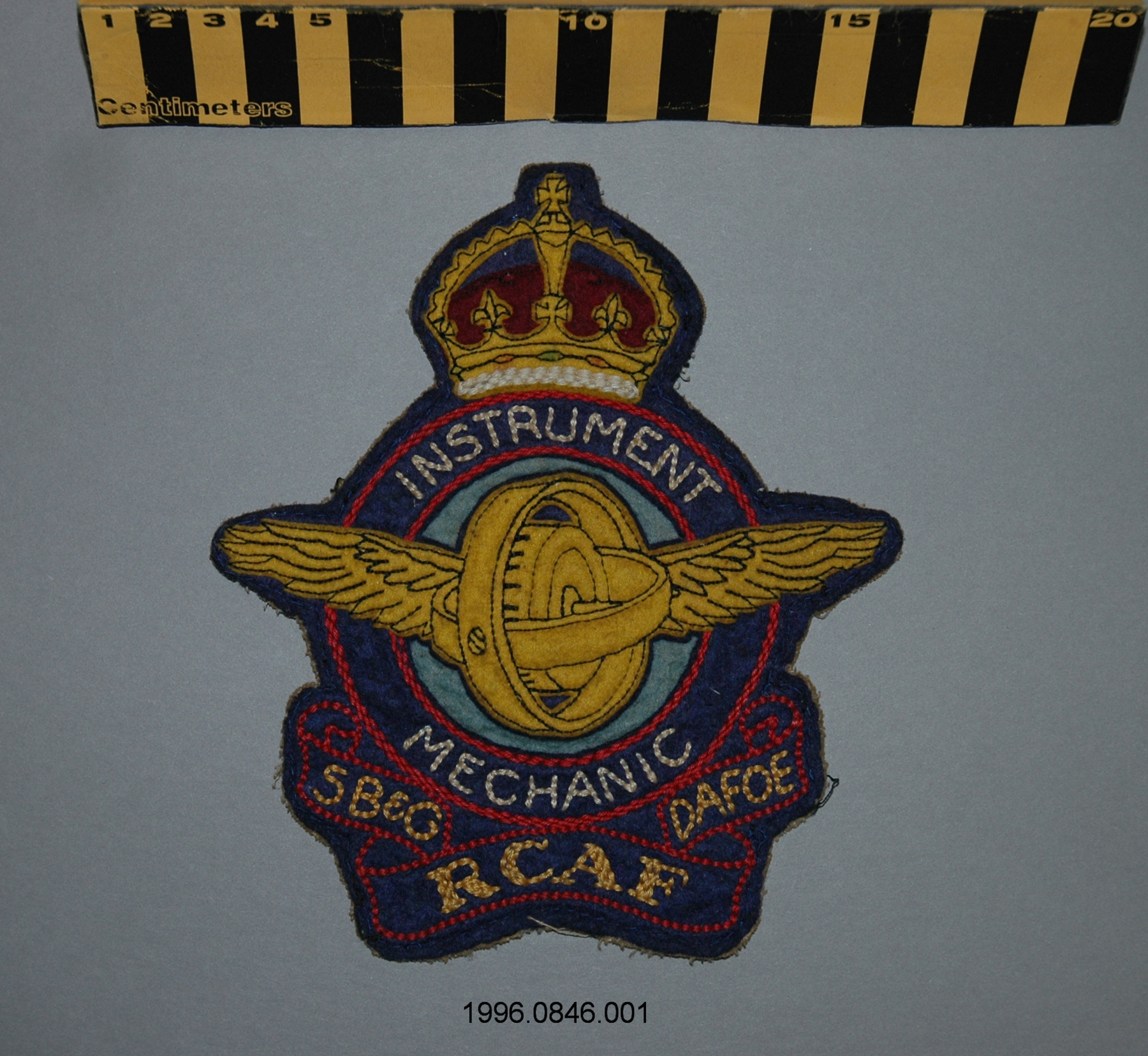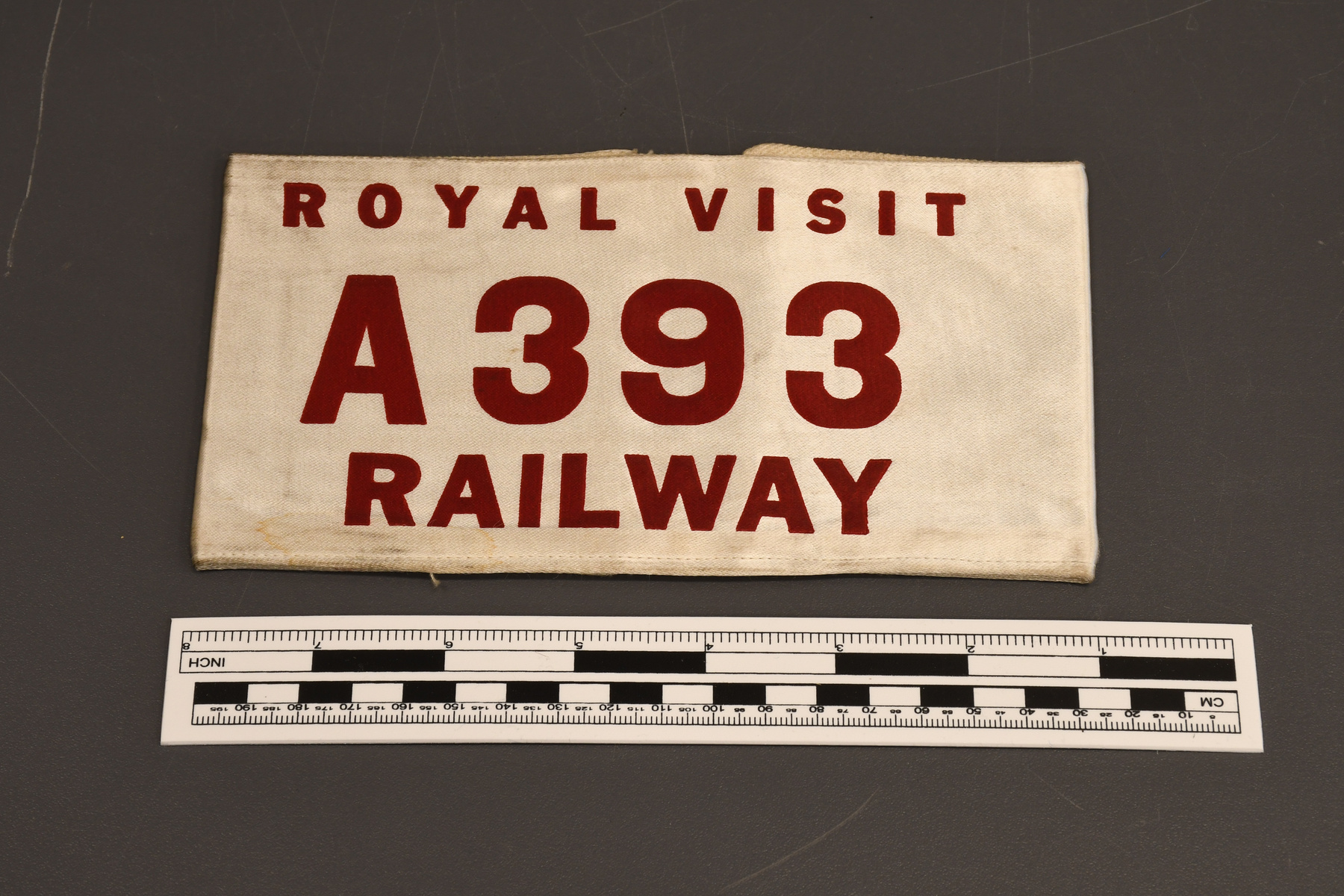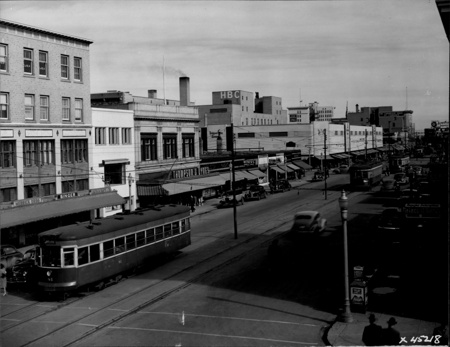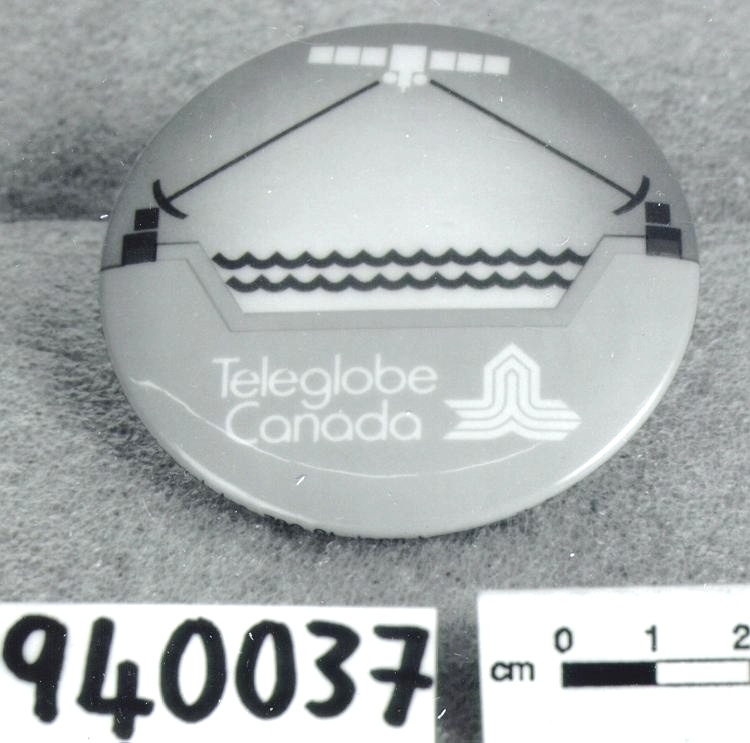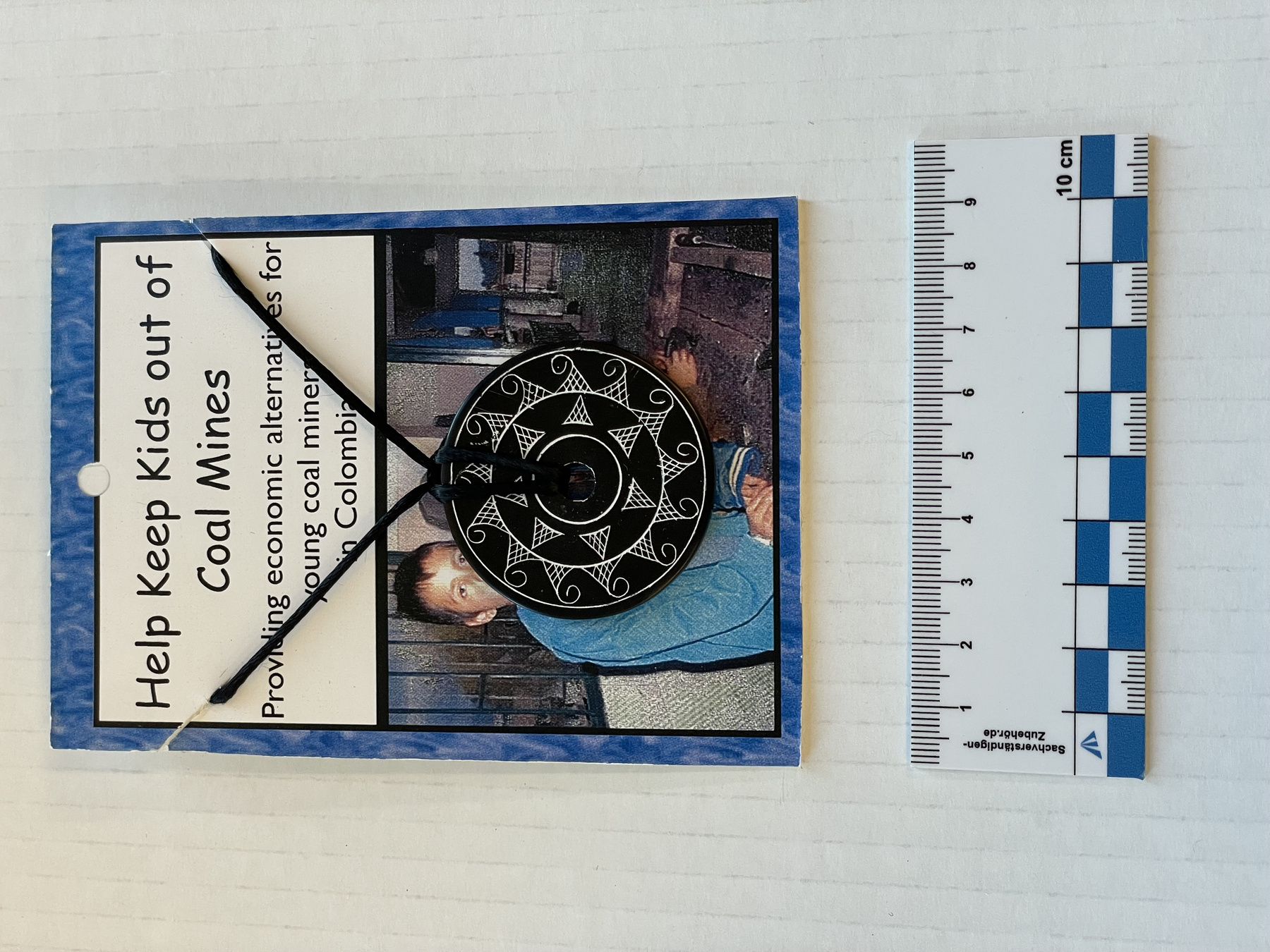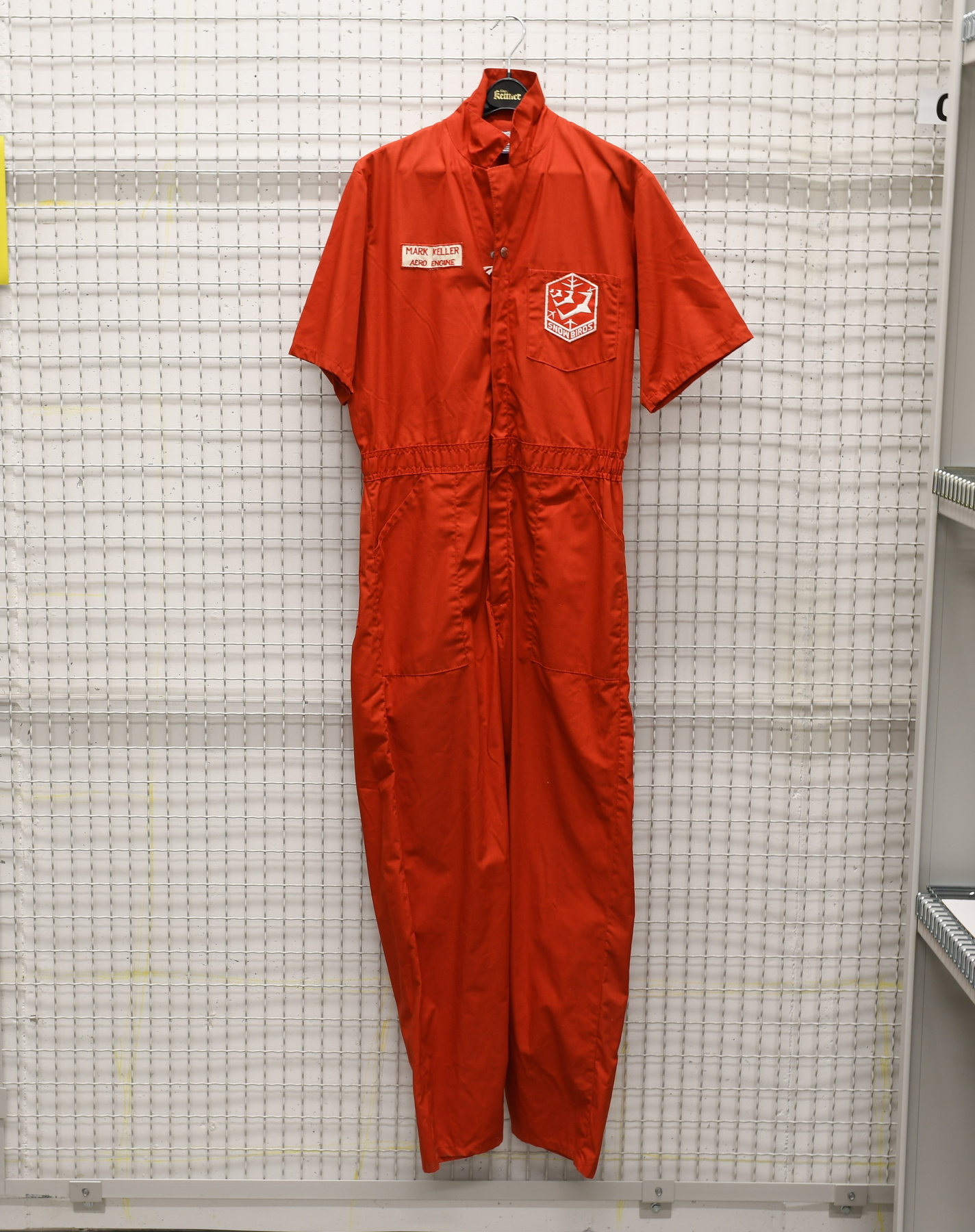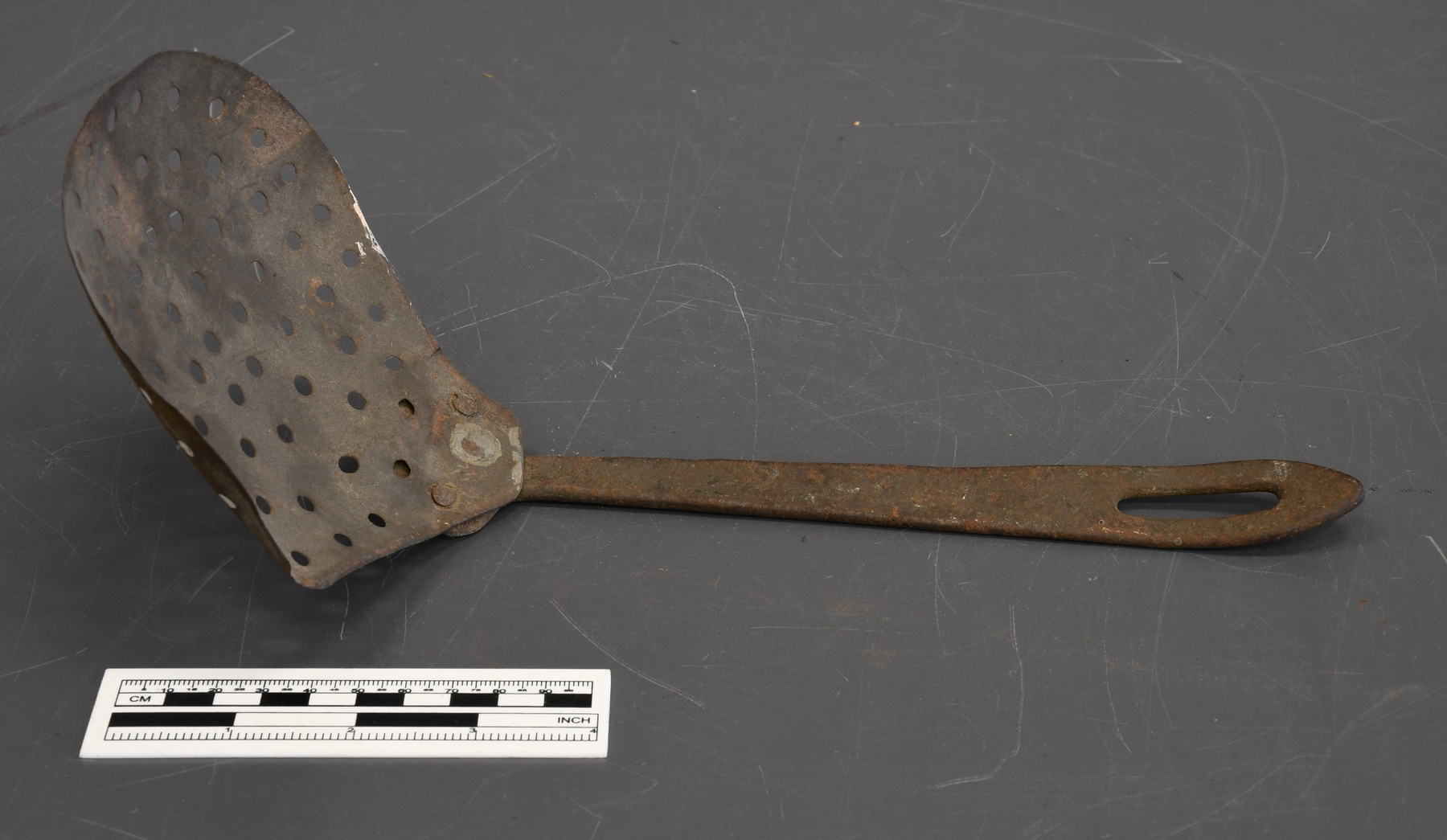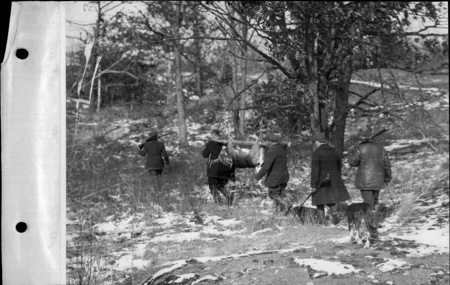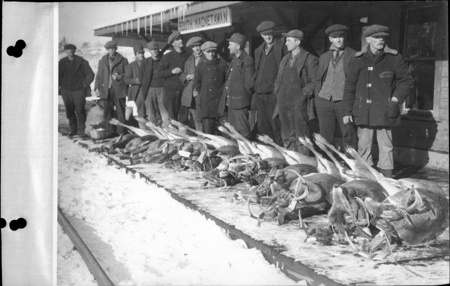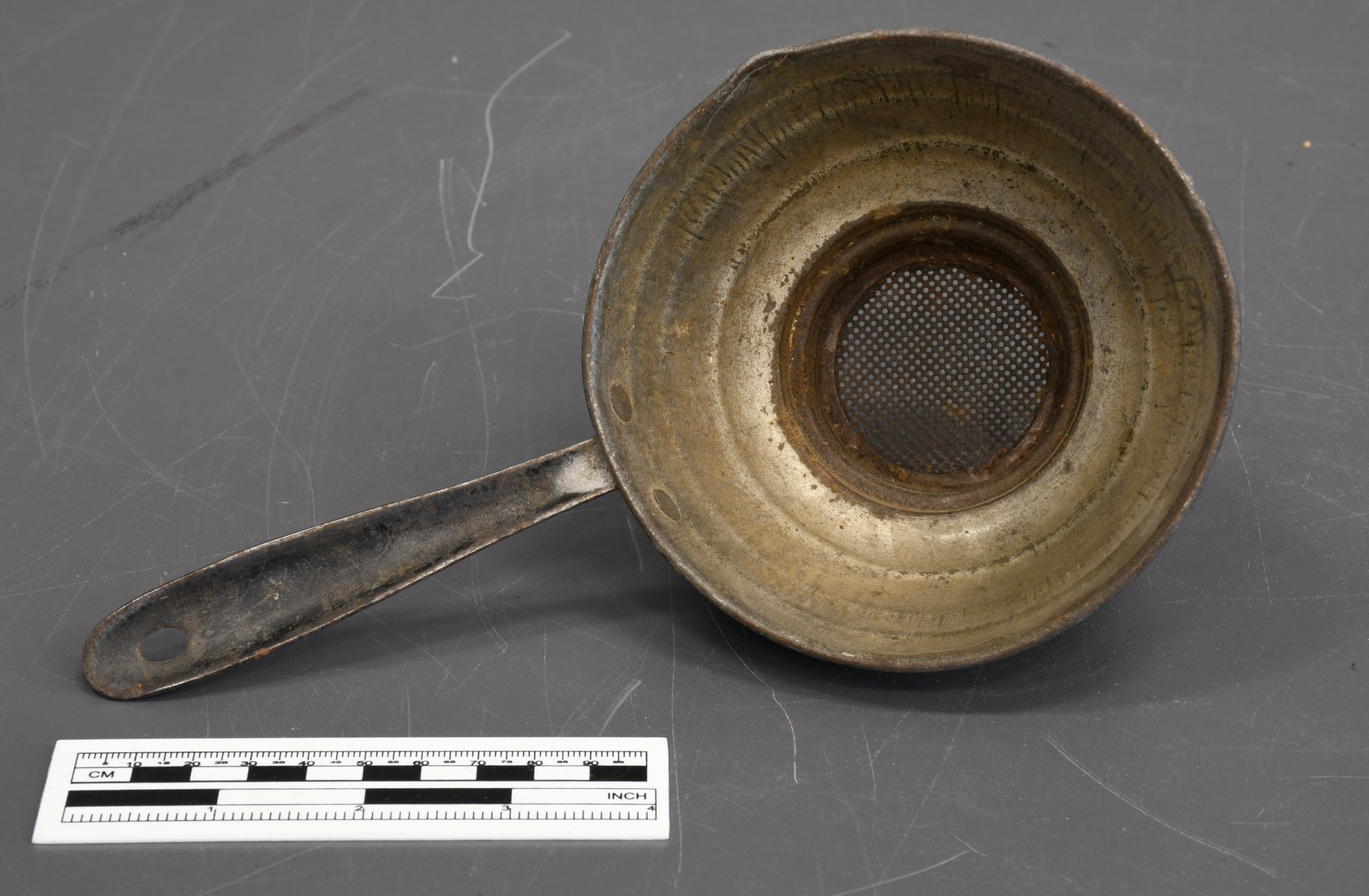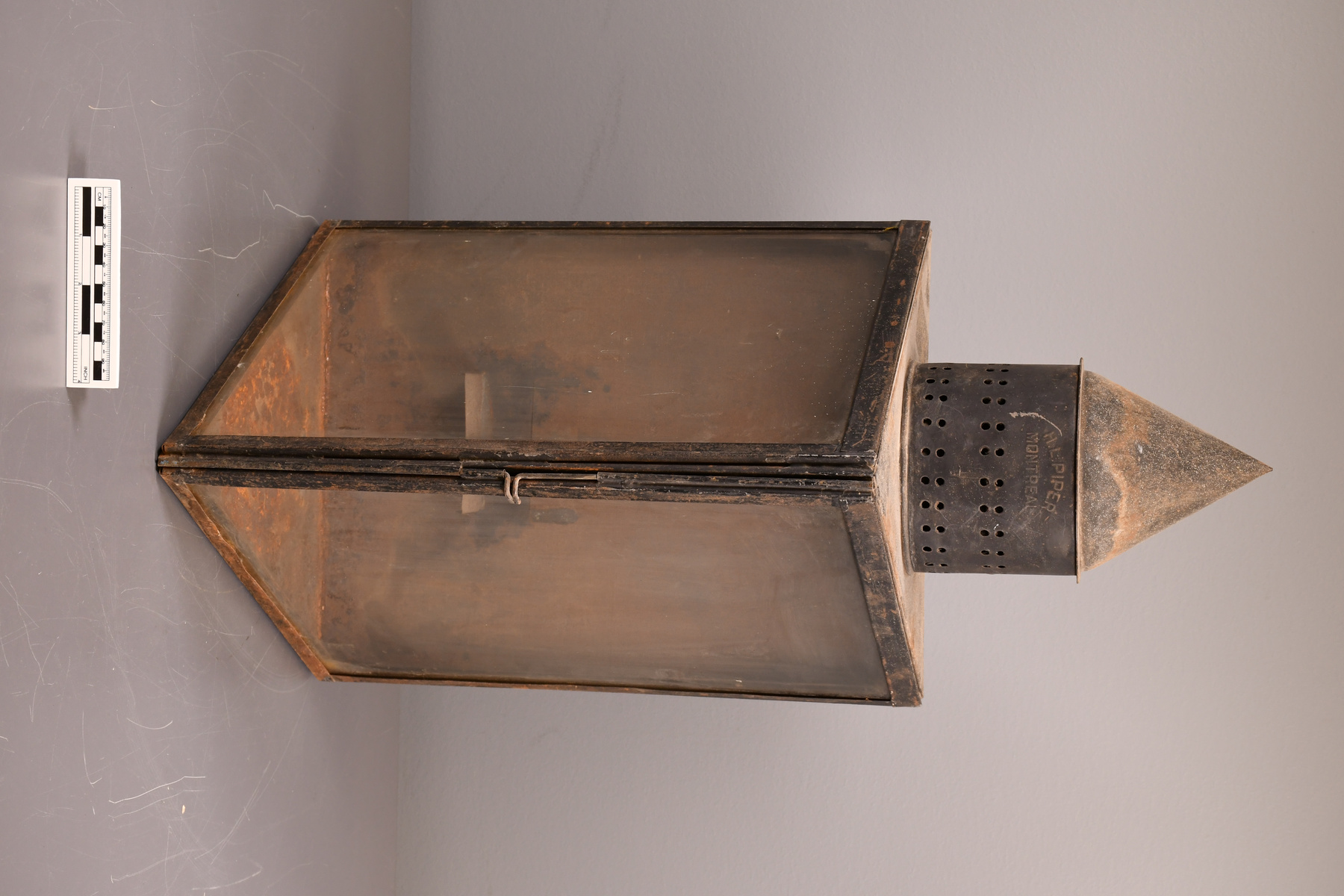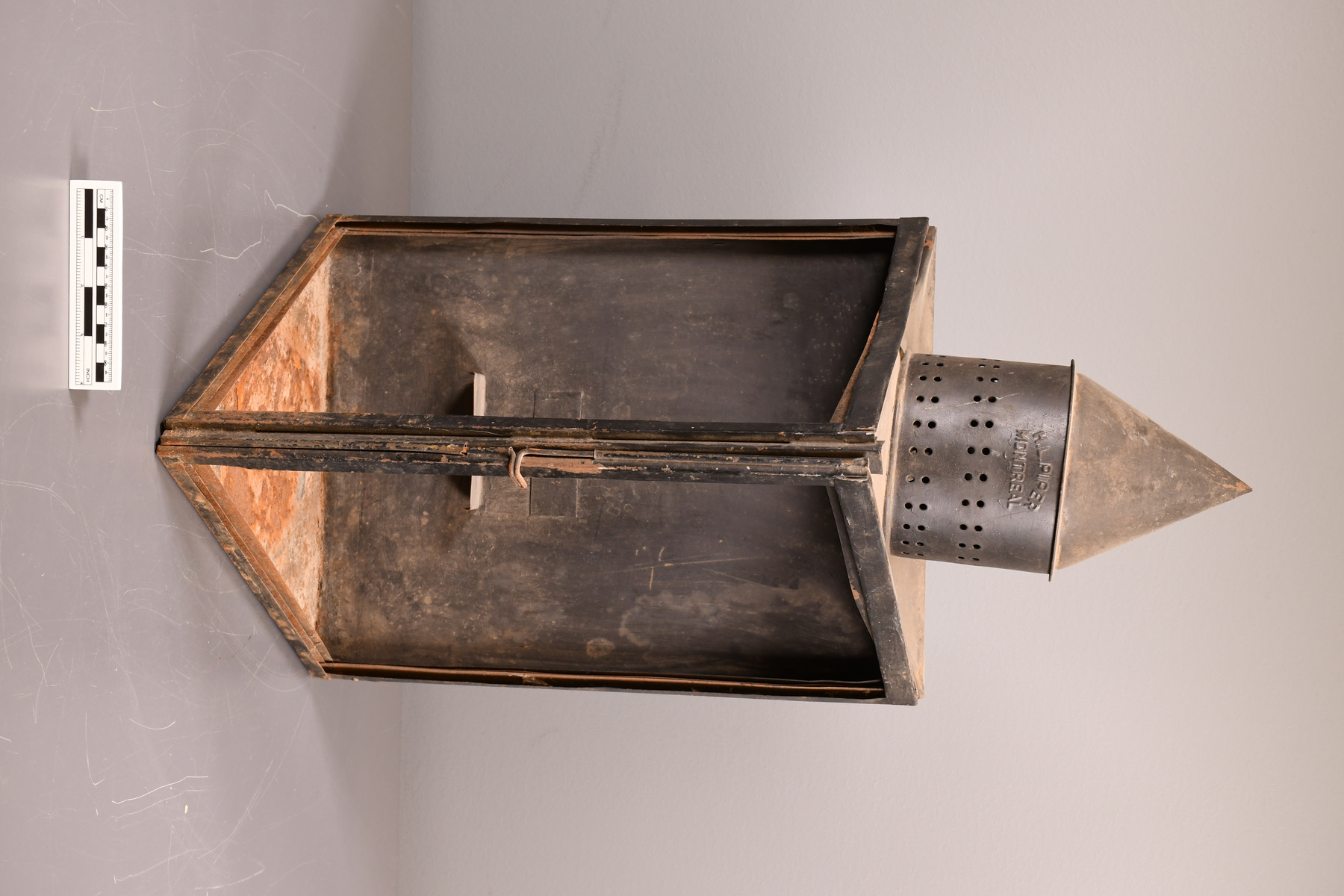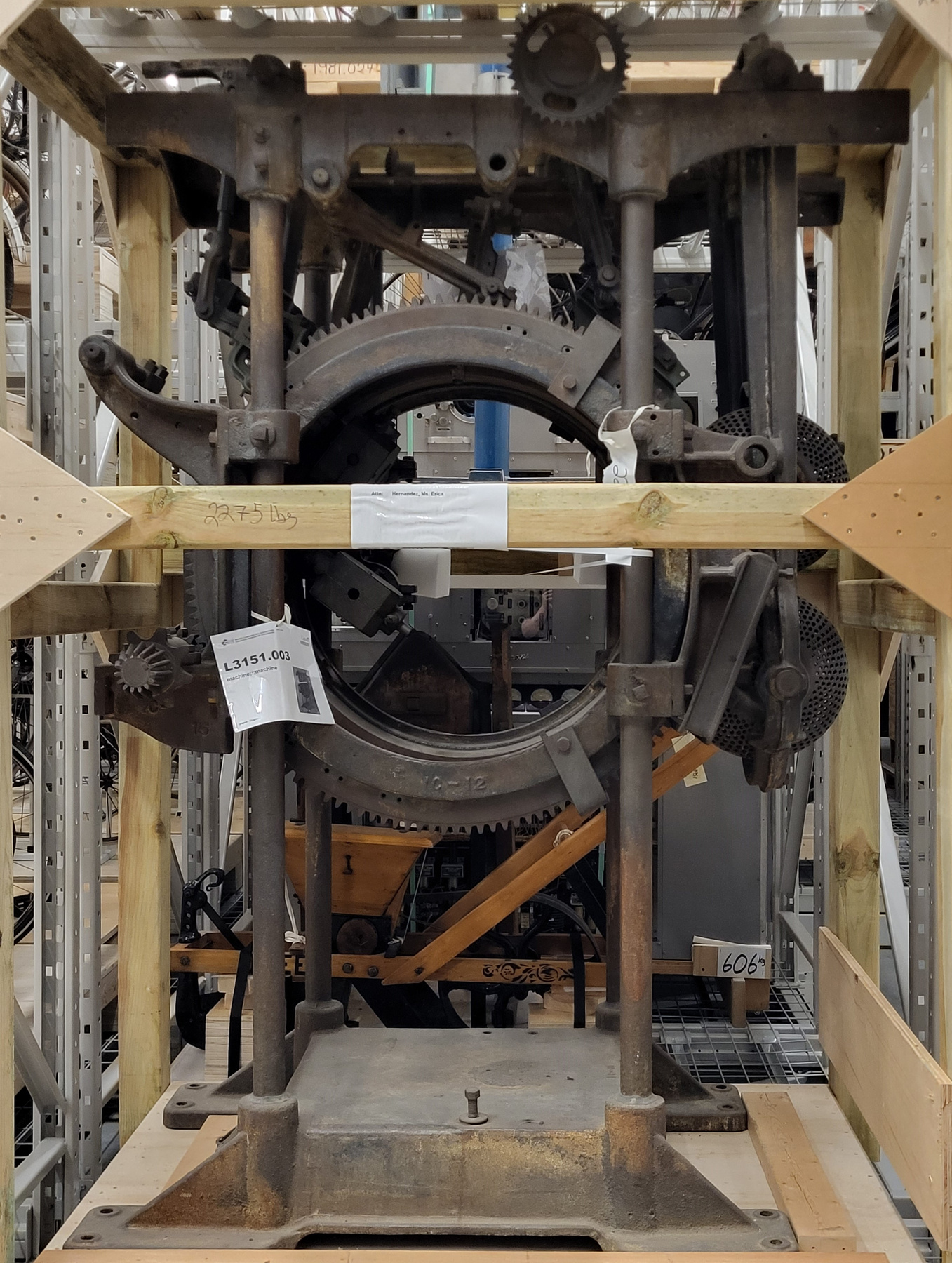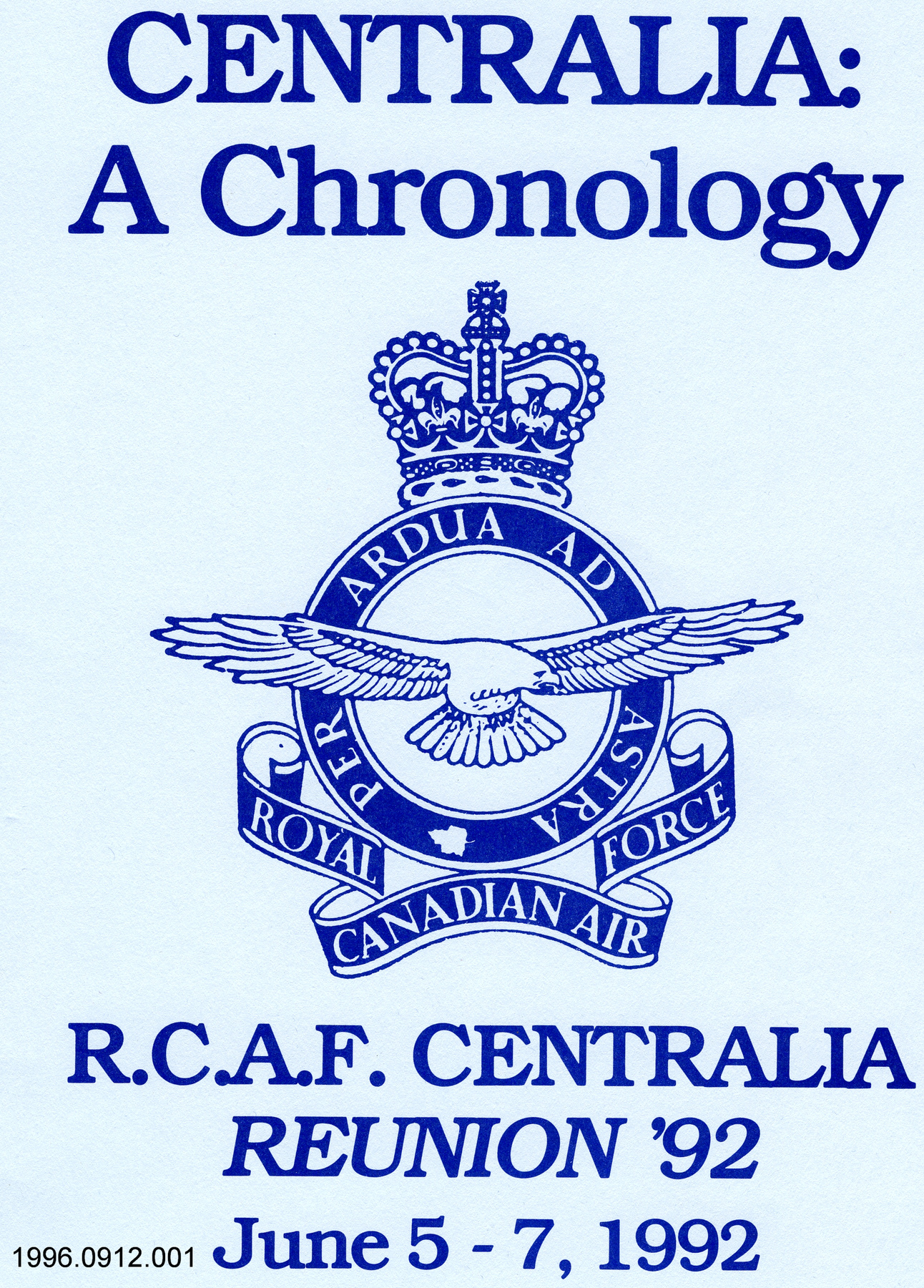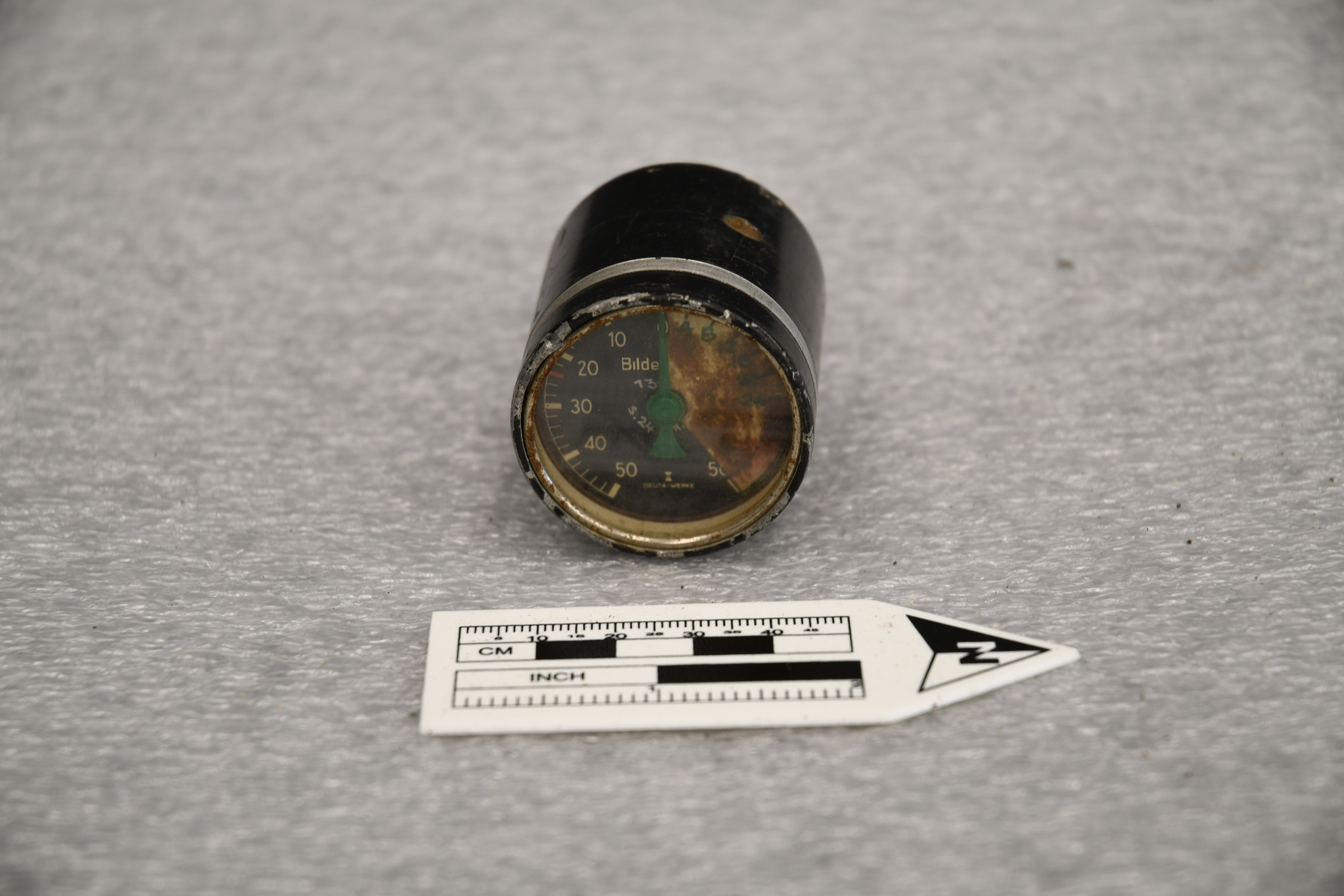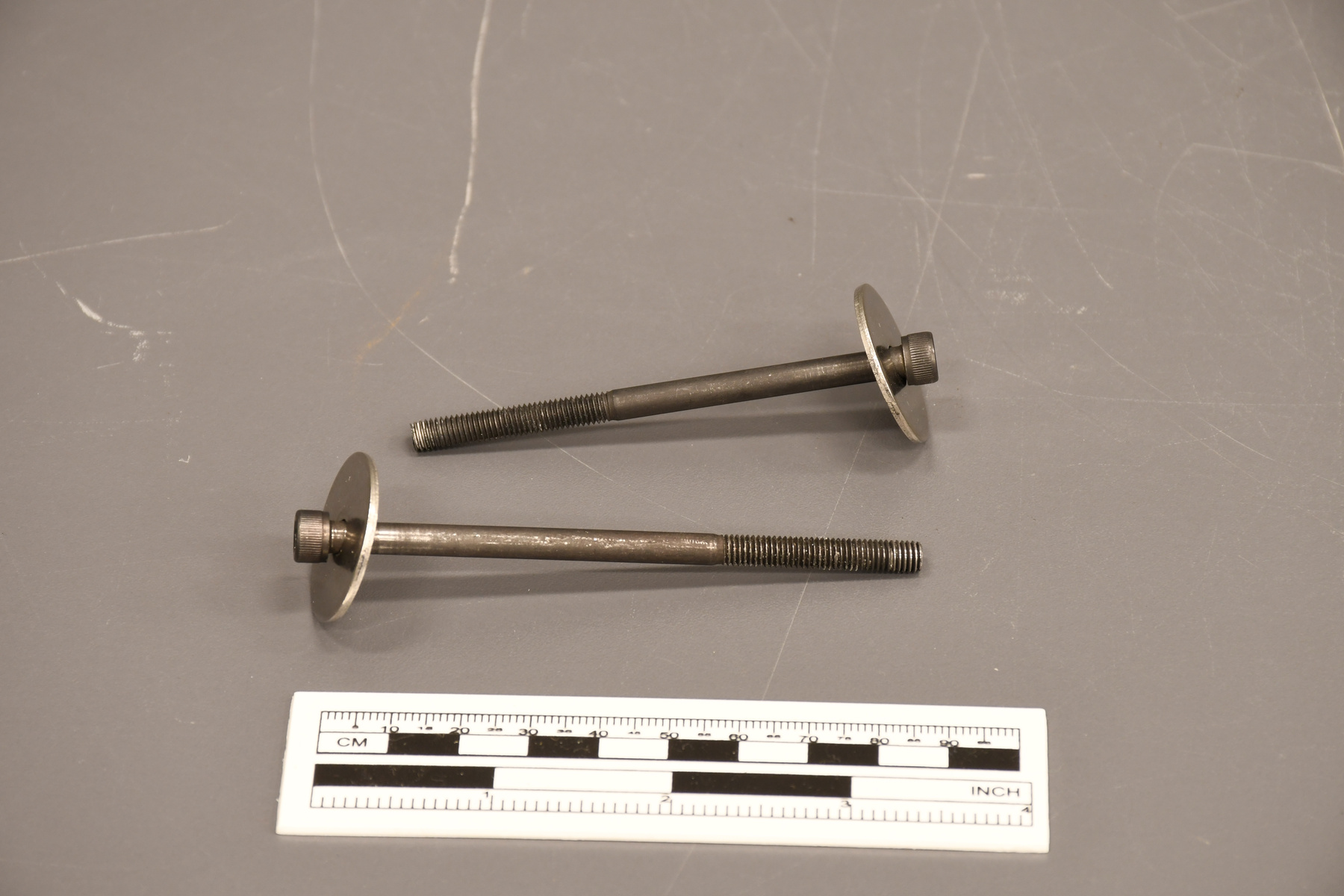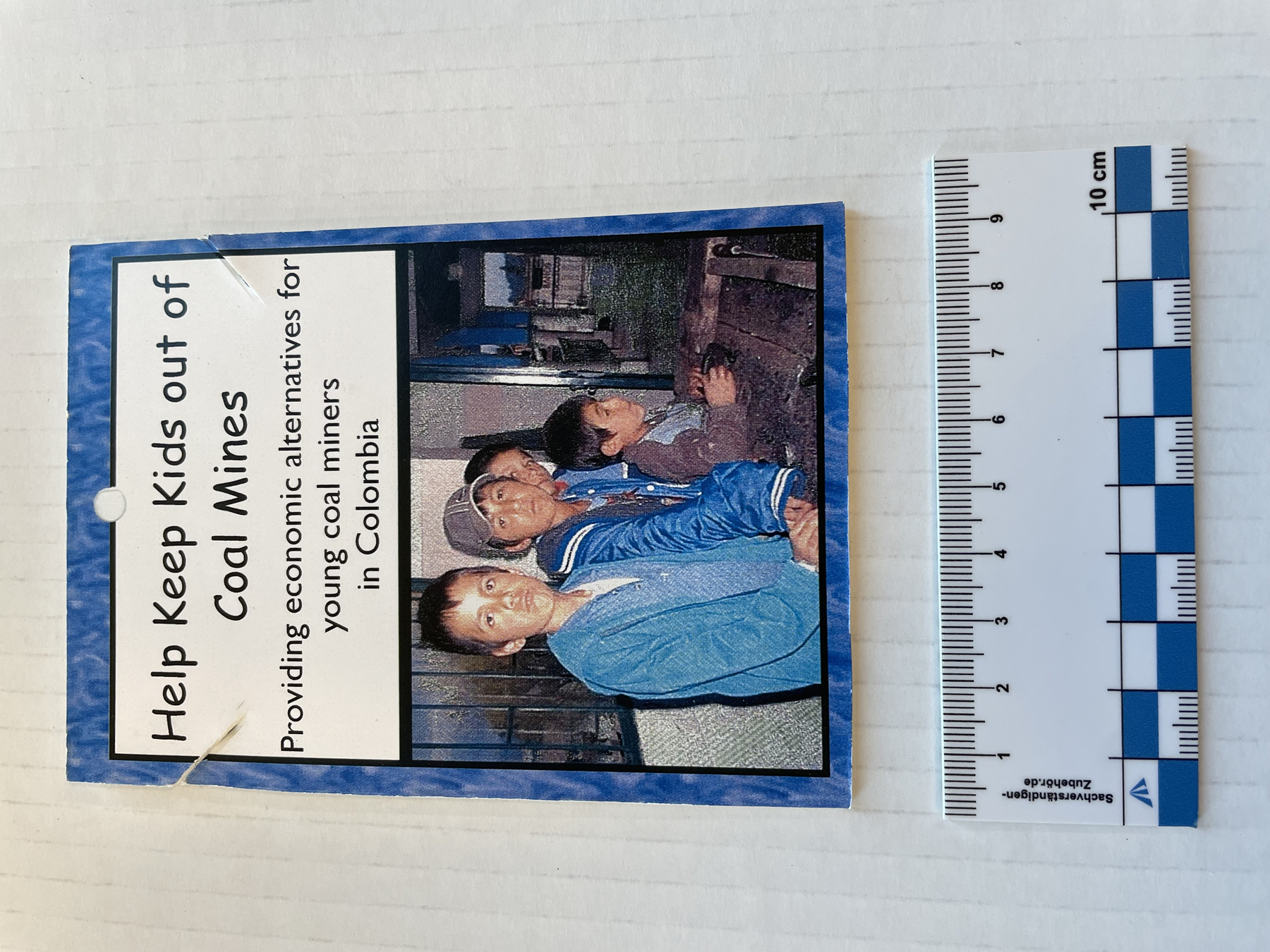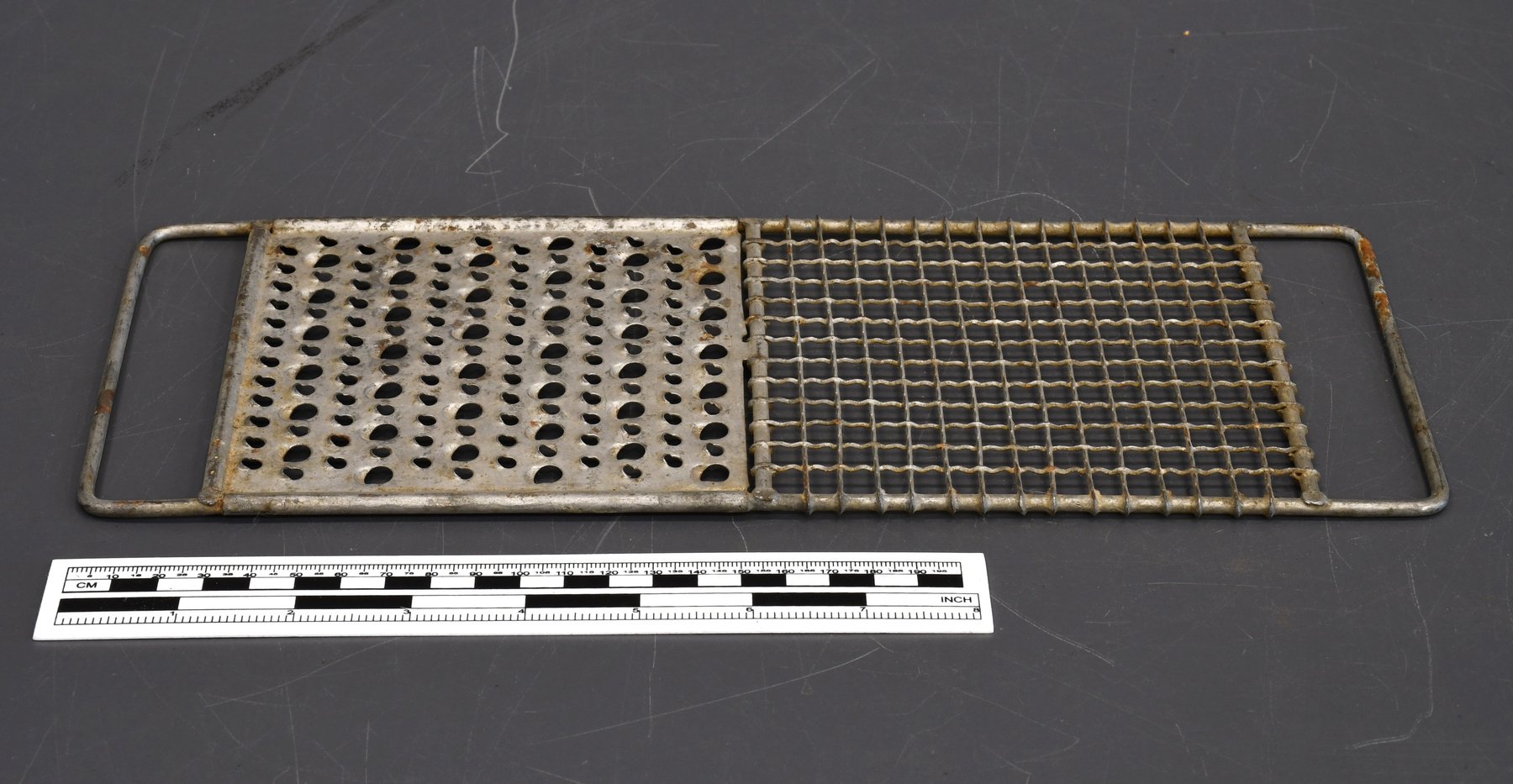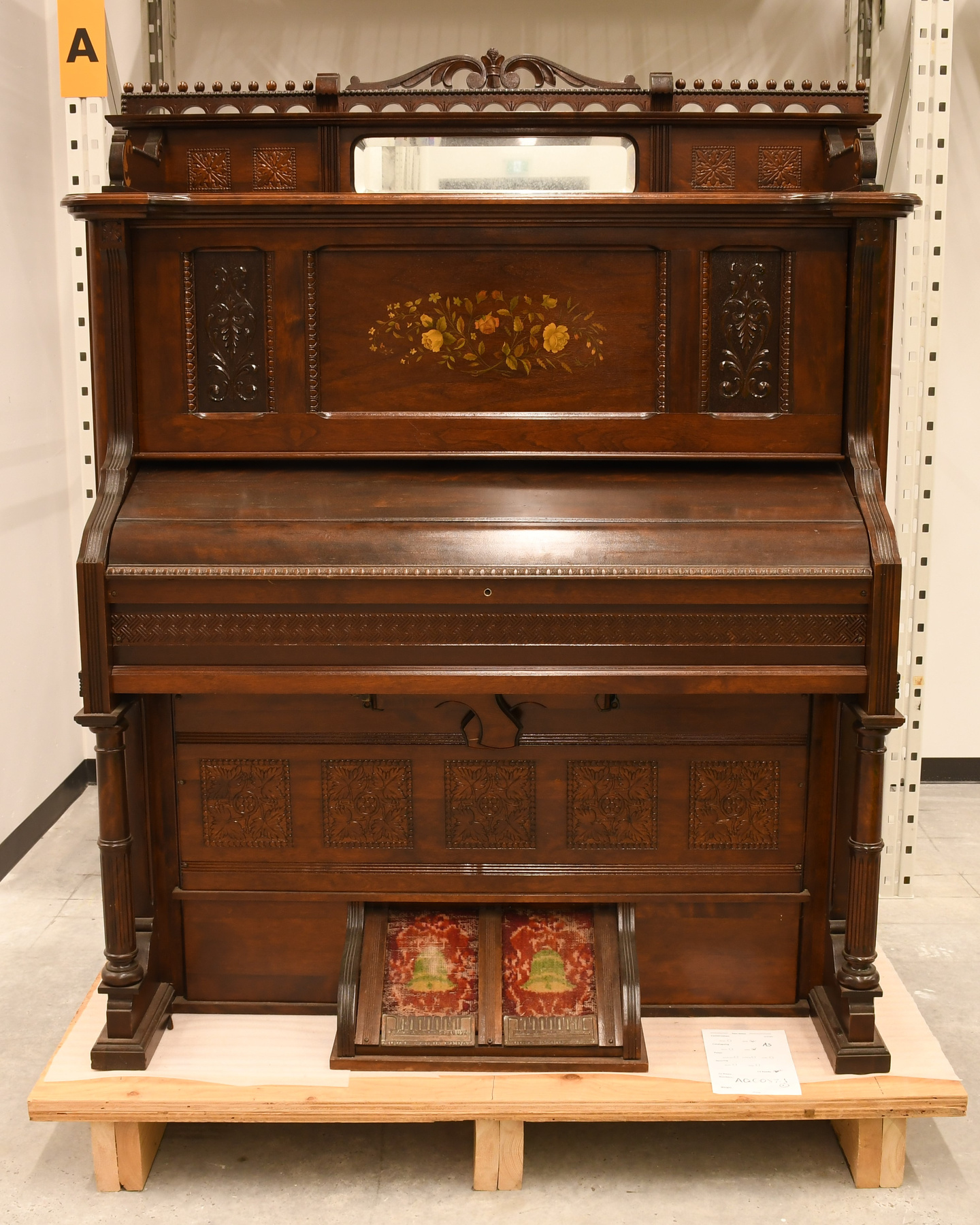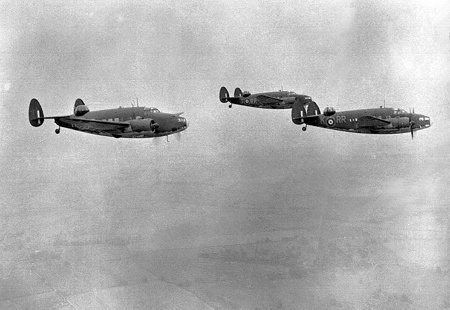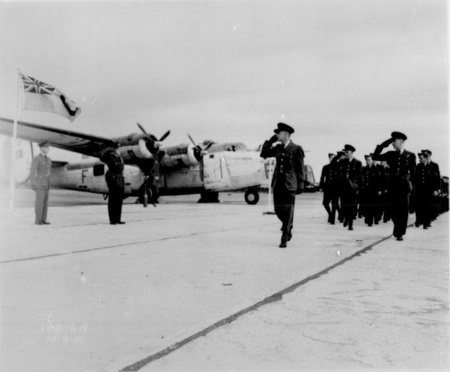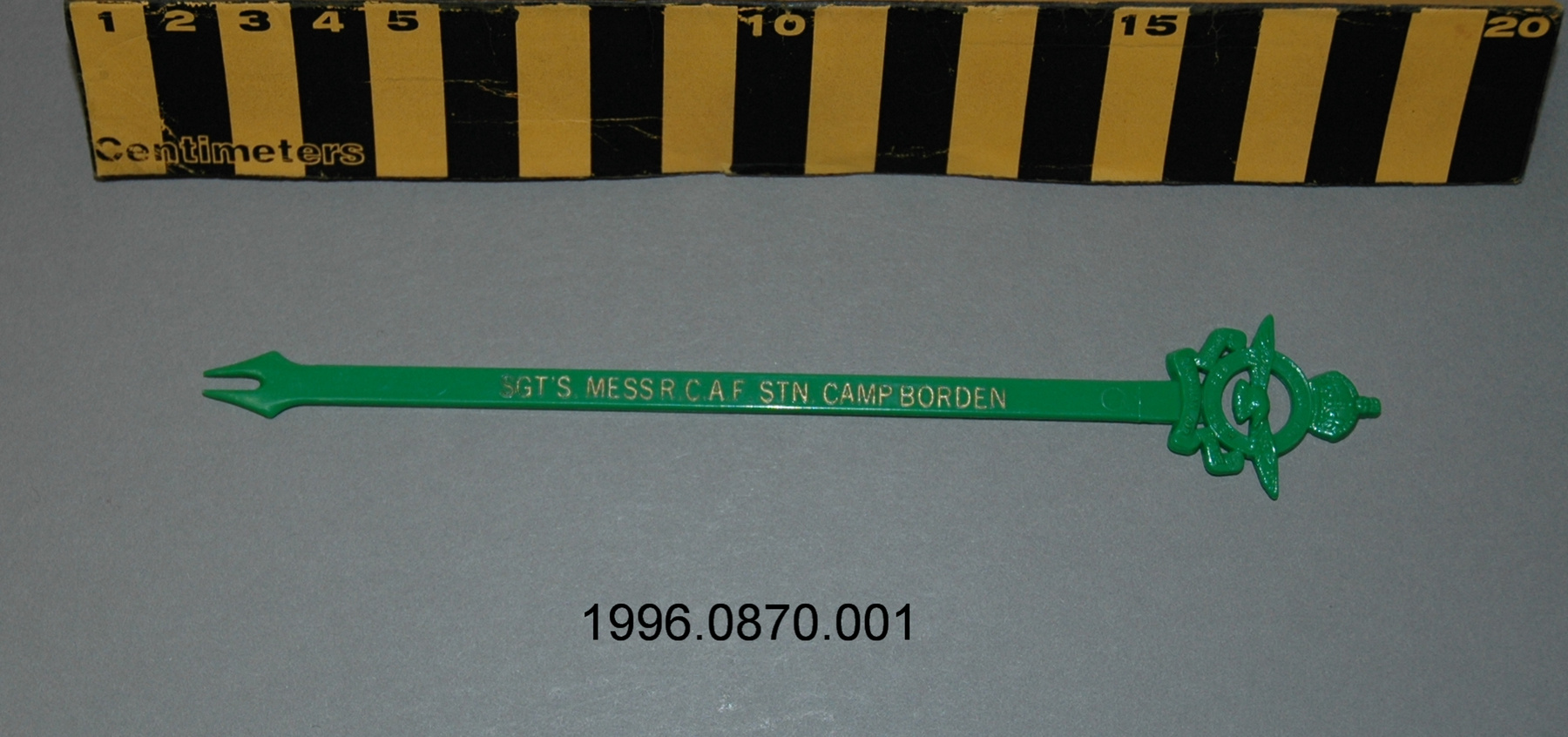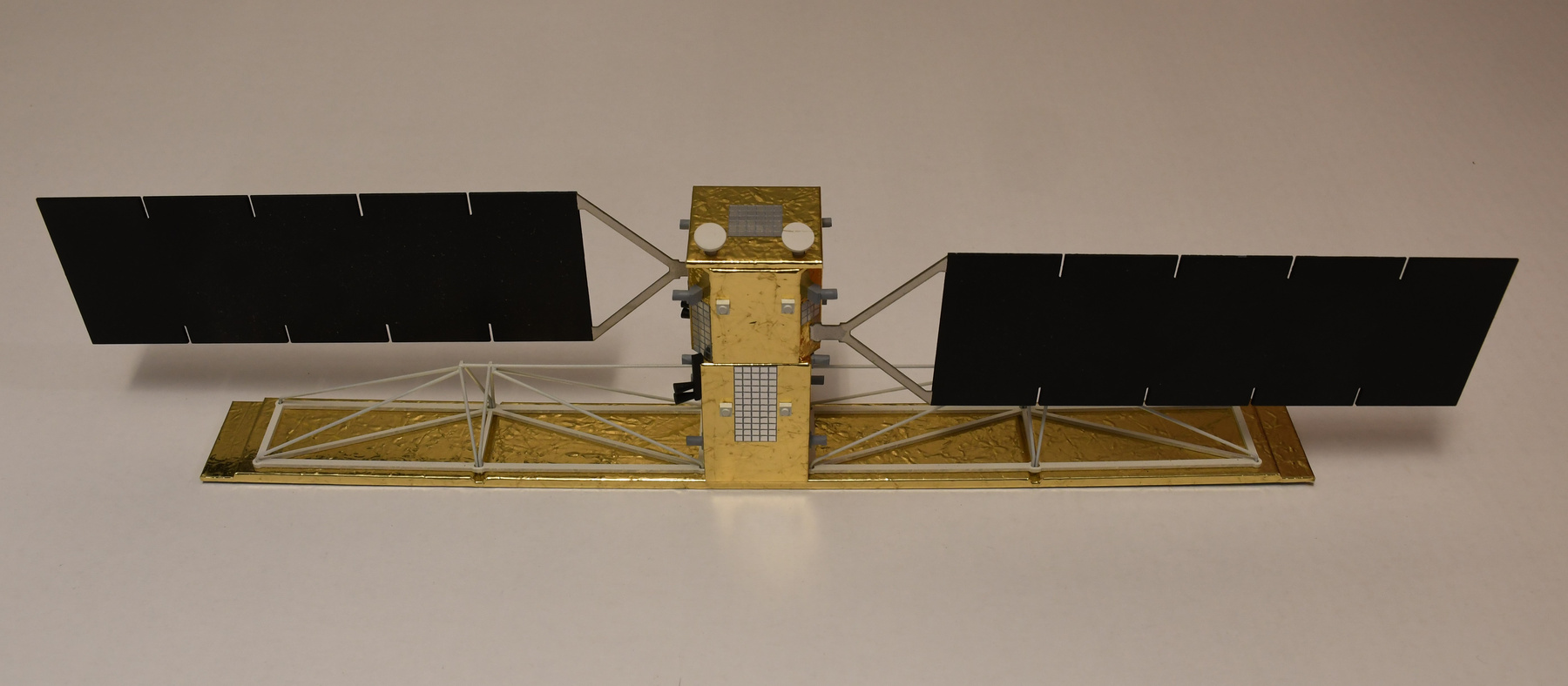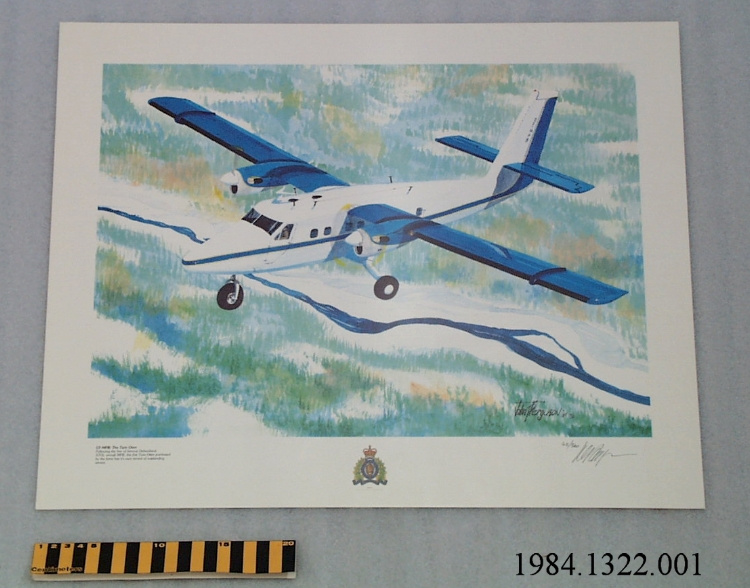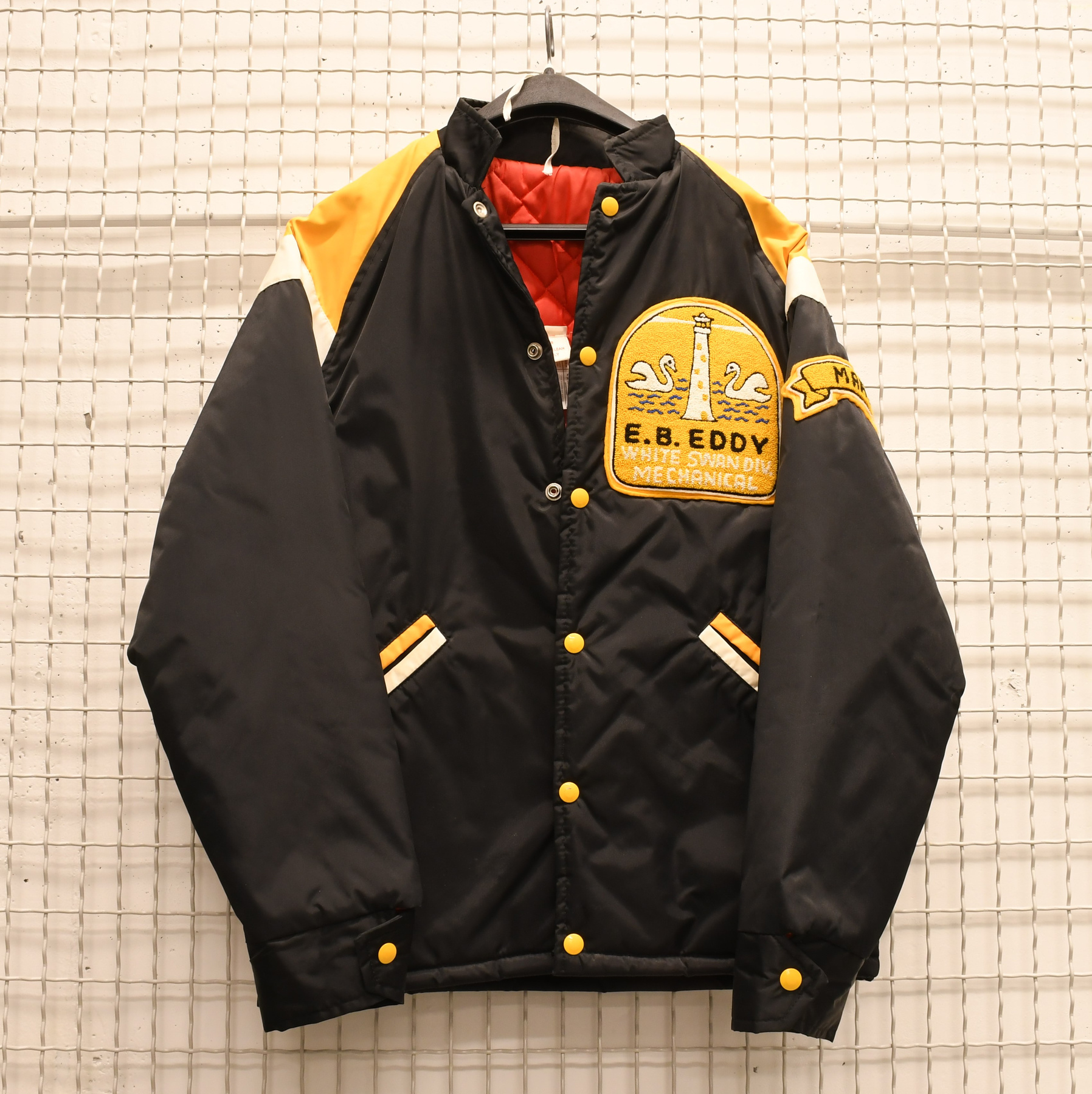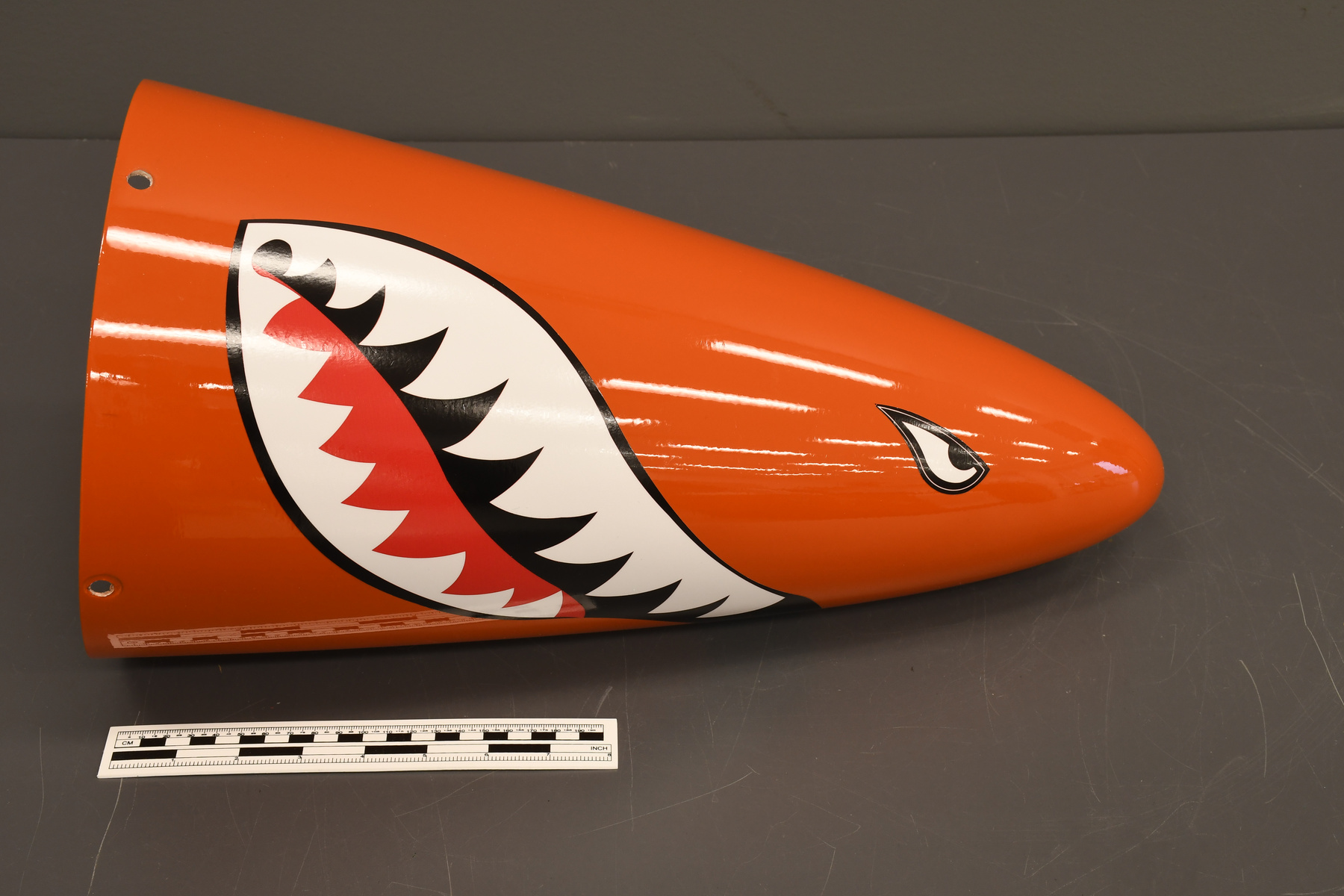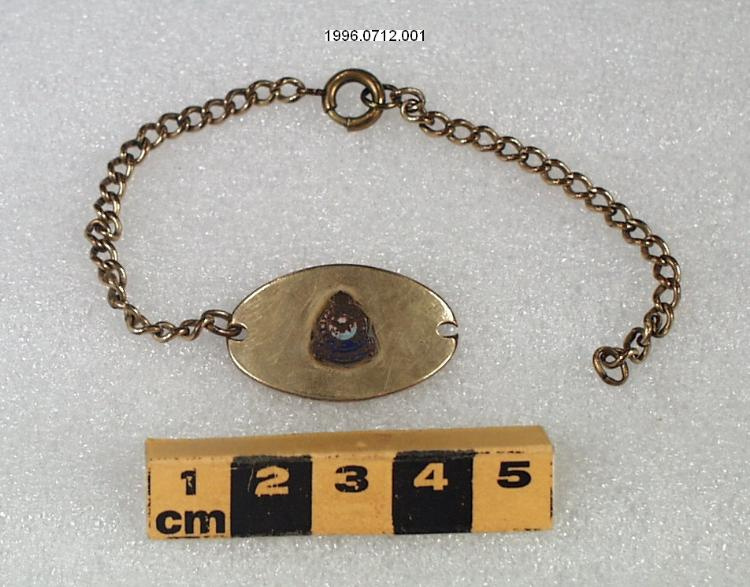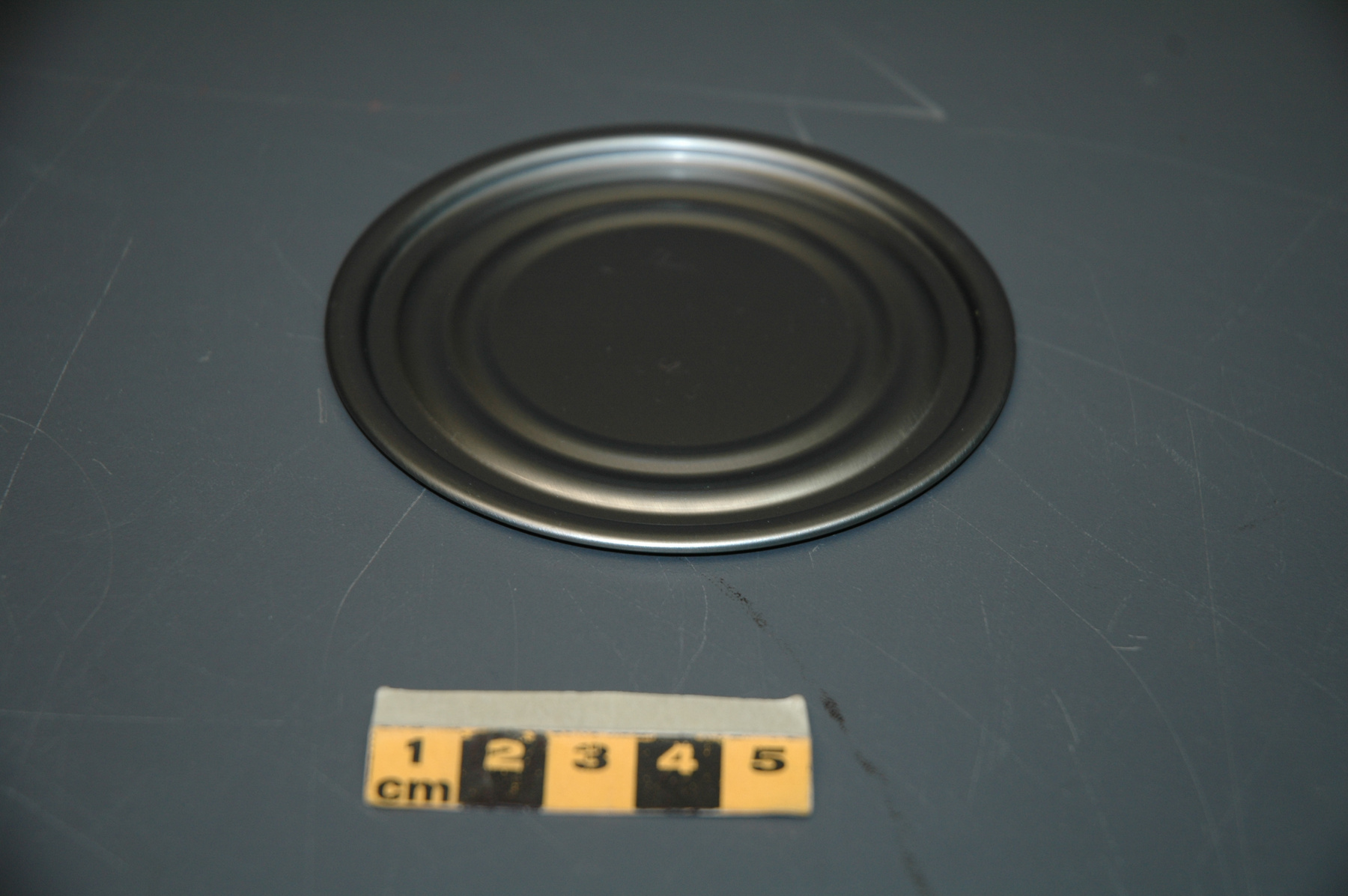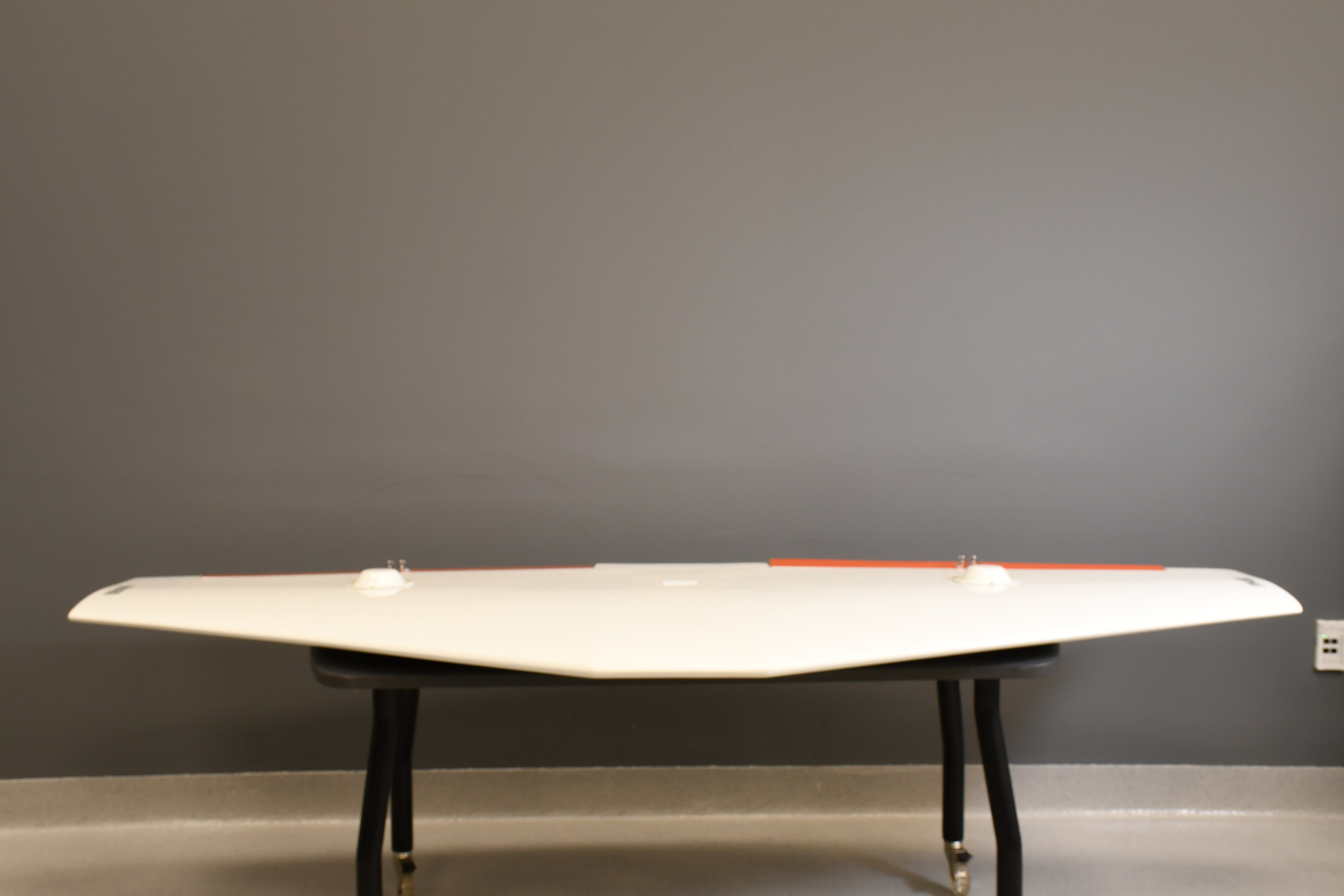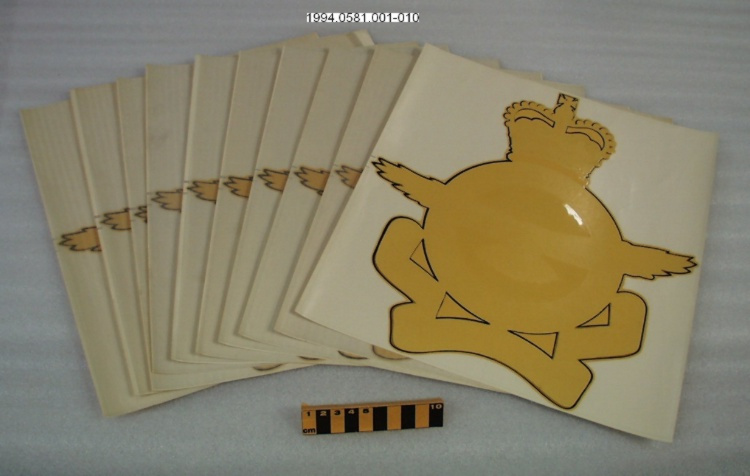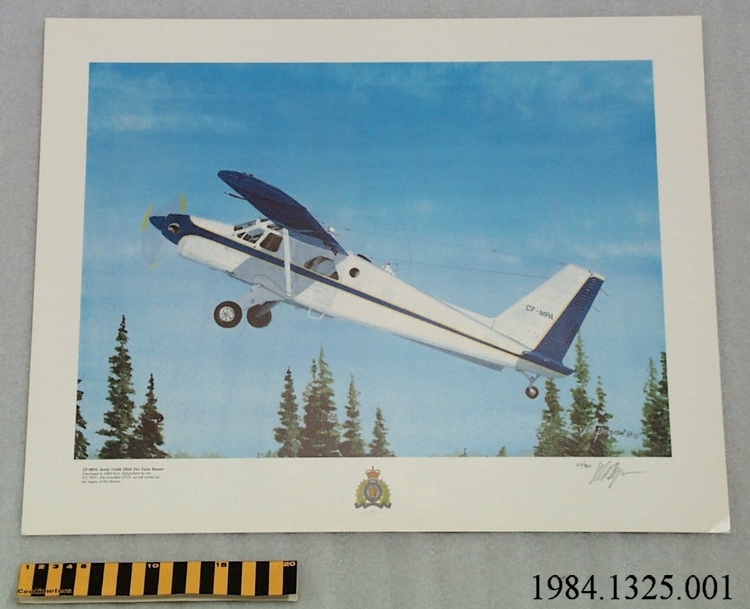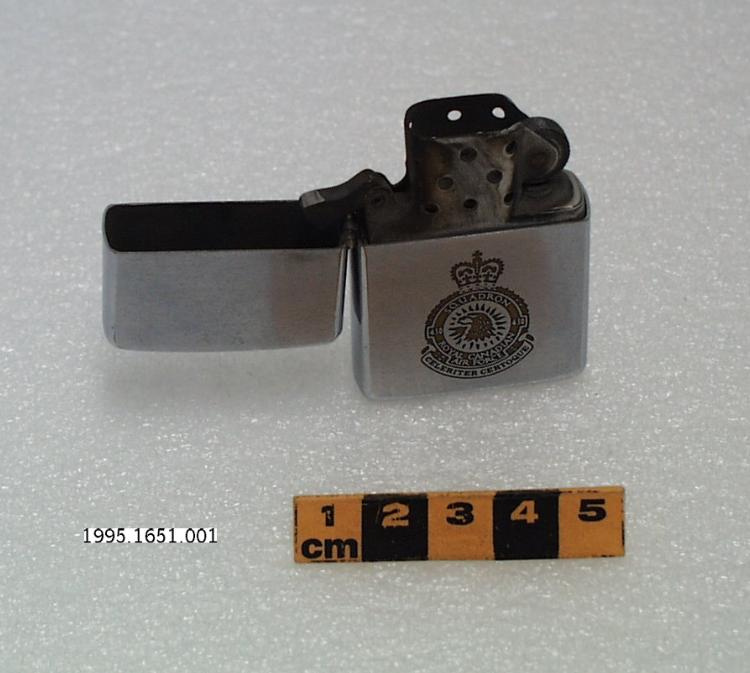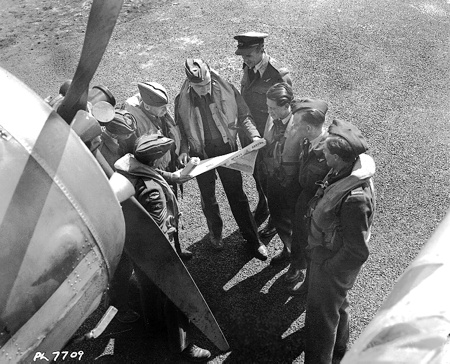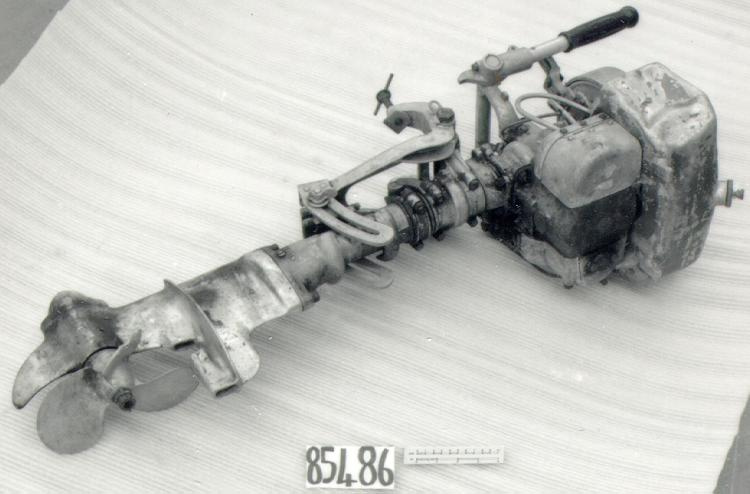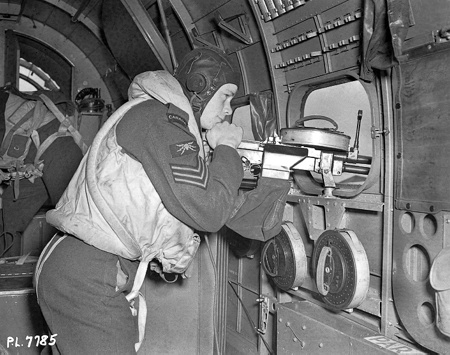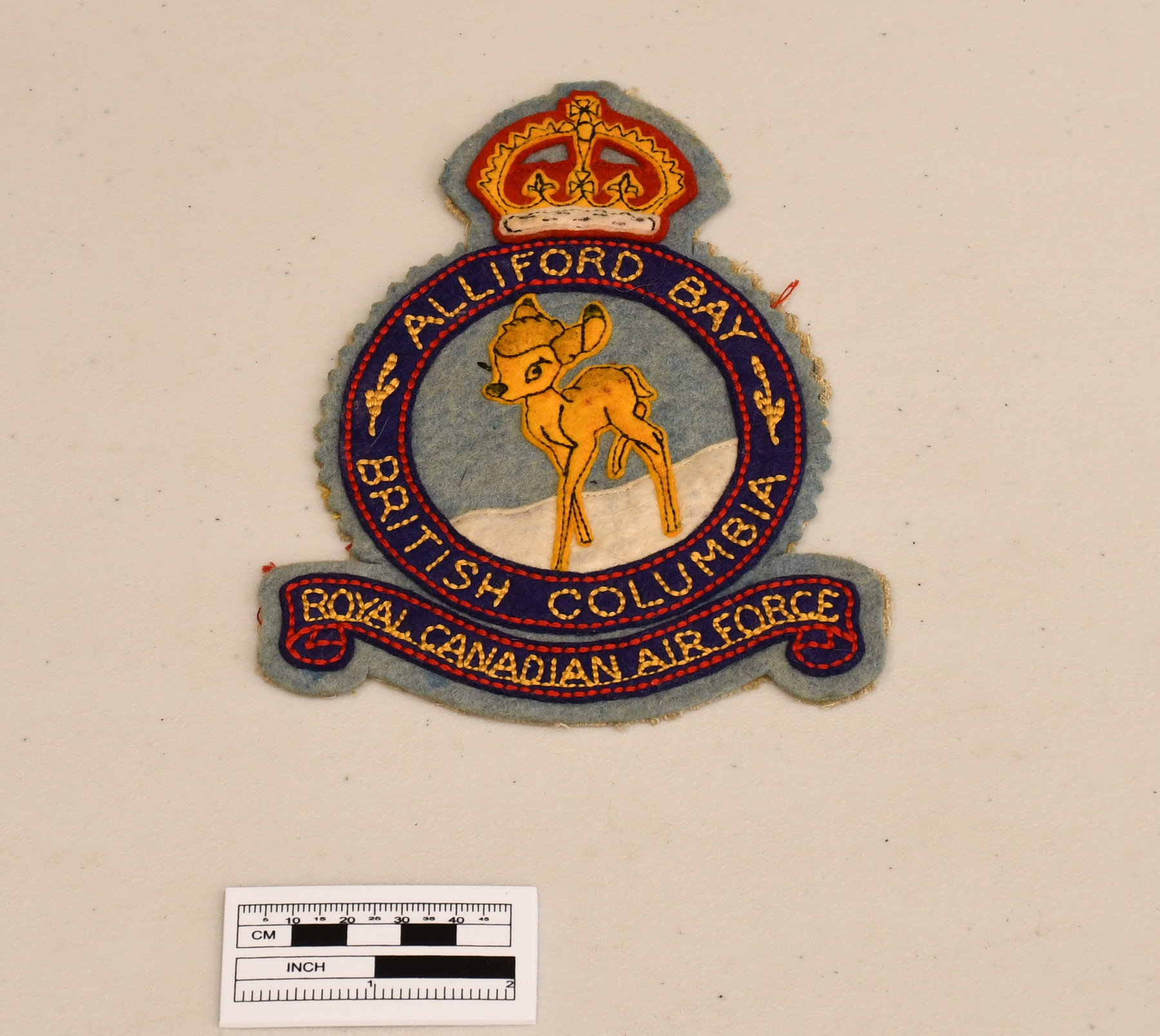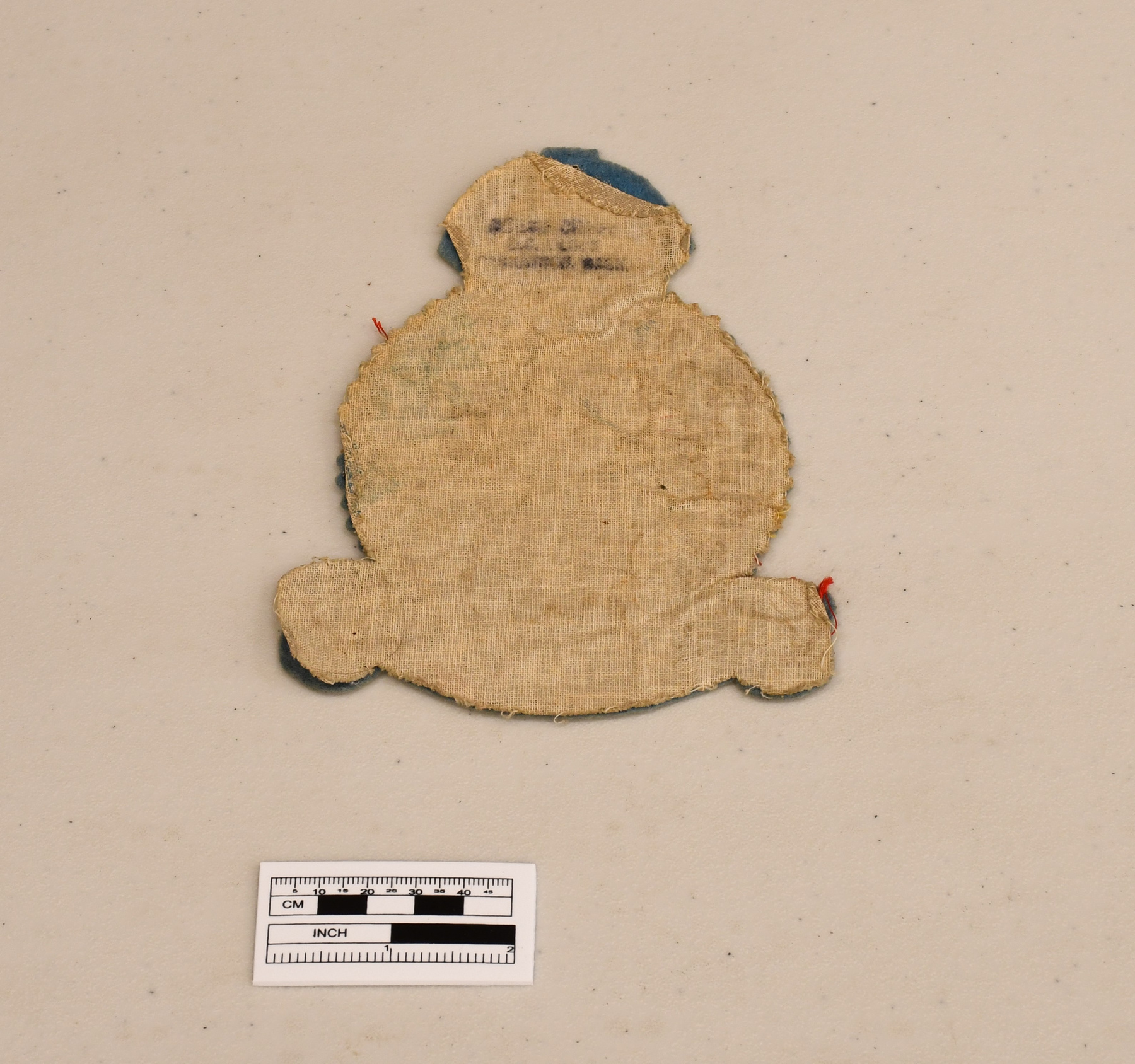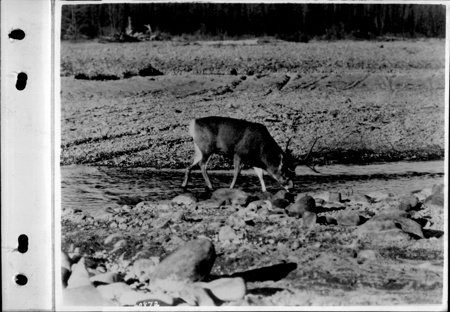Crest
Use this image
Can I reuse this image without permission? Yes
Object images on the Ingenium Collection’s portal have the following Creative Commons license:
Copyright Ingenium / CC BY-NC-ND (Attribution-NonCommercial 4.0 International (CC BY-NC 4.0)
ATTRIBUTE THIS IMAGE
Ingenium,
2012.1166.001
Permalink:
Ingenium is releasing this image under the Creative Commons licensing framework, and encourages downloading and reuse for non-commercial purposes. Please acknowledge Ingenium and cite the artifact number.
DOWNLOAD IMAGEPURCHASE THIS IMAGE
This image is free for non-commercial use.
For commercial use, please consult our Reproduction Fees and contact us to purchase the image.
- OBJECT TYPE
- N/A
- DATE
- 1942–1945
- ARTIFACT NUMBER
- 2012.1166.001
- MANUFACTURER
- Crest Craft
- MODEL
- RCAF Alliford Bay
- LOCATION
- Saskatoon, Saskatchewan, Canada
More Information
General Information
- Serial #
- N/A
- Part Number
- 1
- Total Parts
- 1
- AKA
- N/A
- Patents
- N/A
- General Description
- Small RCAF crest made from felt with linen backing
Dimensions
Note: These reflect the general size for storage and are not necessarily representative of the object's true dimensions.
- Length
- N/A
- Width
- N/A
- Height
- N/A
- Thickness
- N/A
- Weight
- N/A
- Diameter
- N/A
- Volume
- N/A
Lexicon
- Group
- Aviation
- Category
- Commemorative
- Sub-Category
- N/A
Manufacturer
- AKA
- Crest
- Country
- Canada
- State/Province
- Saskatchewan
- City
- Saskatoon
Context
- Country
- Canada
- State/Province
- British Columbia
- Period
- Second World War
- Canada
-
The crest belonged to the donor's father, who was a Flying Officer with the RCAF. RCAF Station Alliford Bay was established in May 1940 as the new home for bomber reconnaissance squadrons of the RCAF. Bomber reconnaissance squadrons were RCAF maritime patrol units, equipped with long range aircrafts that patrolled sea lanes on the Atlantic and Pacific coasts. The artist who created the artwork for the crest was an airframe mechanic, Leading Aircraftman Matthew Ferguson. The Queen Charlotte Islands are the home of a small, docile species of deer, several of which were adopted by the airmen and regularly wandered into station buildings. The official station badge incorporated the deer into its design and it is thought that the artist was M. Ferguson. L'écusson appartenait au père du donateur qui était un "Flying Officer" dans l'Aviation royale canadienne. La station Alliford Bay a été établi en mai 1940 en tant que nouvelle station pour les escadrons d'avions de reconnaissances de l'ARC. Ces escadrons étaient en charge de la patrouille maritime, équipé avec des aéronefs à longue distance pour surveiller voies maritimes sur les côtes Atlantiques et Pacifiques. L'artiste qui a conçu cet écusson était un méchanique aérien nommé Matthew Ferguson. Les Iles de la Reine-Charlotte est domicile à une population de petit chevreuils qui étaient très calmes. Ces chevreuils étaient souvent adoptés par les gens stationnés à la base et les chevreuils errait souvent à l'intérieur des batiments de la station. L'écusson officiel de la station incorporait le chevreuil dans sa conception. - Function
-
The crest was presumably manufactured to create a sense of belonging of pride within the group of people who served at RCAF Station Alliford Bay, on the Queen Charlotte Islands, which was arguably the most isolated flying boat station of the RCAF on the West coast of Canada. Cet écusson a été fabriqué pour créer un sentiment d'appartenance et de fierté pour les gens qui étaient stationné à la station d'ARC à Station Alliford Bay sur les Iles de la Reine-Charlotte. Cette station était probablement la station d'hydravion de l'ARC la plus isolée sur la côte ouest du Canada. - Technical
-
At 6 inches tall and 4.6 inches wide, this colorful gem is a unique combination of seven pieces of felt applied then chain stitched for detail. Crest Craft patches are highly desirable due to the excellent motif and display quality. Some patches were made for remote sites that had only a dozen people or so and are rare. This patch is a classic example of the graceful elegance of the entire Crest Craft series of WWII British, Canadian and American joint bases and operational squadrons. Avec une grandeur de 6 pouces et une largeur de 4.6 pouces, cette pièce colorée a une combinaison unique de sept pièces de feutre appliquer et broder. Les écussons fabriqués par Crest Craft sont très désirables grâce au fait qu'ils ont d'excellent motif et en qualité supérieure. Certains des écussons ont été fabriqués pour des stations qui avaient seulement une douzaine de personnes et ces écussons sont très rares. Cet écusson est un exemple classique de l'élégance de la série Crest Craft des escadrons britanniques, canadiennes et américaines dans le cadre de la Seconde Guerre Mondiale. - Area Notes
-
Unknown
Details
- Markings
- " ALLIFORD BAY /. BRITISH COLUMBIA /. ROYAL CANADIAN AIR FORCE "
- Missing
- Appears complete.
- Finish
- This small crest is made from a combination of seven pieces of felt applied. The pieces of felt vary from blue, white, red and gold. Then, there are golden coloured chain stitches for the details. Ce petit écusson a été fabriqué en utilisant sept pièces de feutres. Les pièces varient de bleu, blanc, rouge et or. Ensuite, on retrouve des détails broder en couleur d'or.
- Decoration
- Depiction of a small deer, native to the Queen Charlotte Islands in British Columbia.
CITE THIS OBJECT
If you choose to share our information about this collection object, please cite:
Crest Craft, Crest, between 1942–1945, Artifact no. 2012.1166, Ingenium – Canada’s Museums of Science and Innovation, http://collection.ingeniumcanada.org/en/id/2012.1166.001/
FEEDBACK
Submit a question or comment about this artifact.
More Like This

